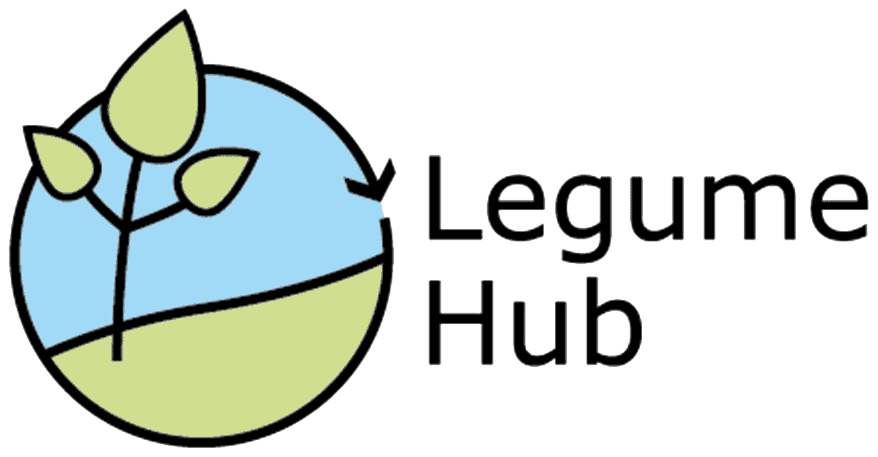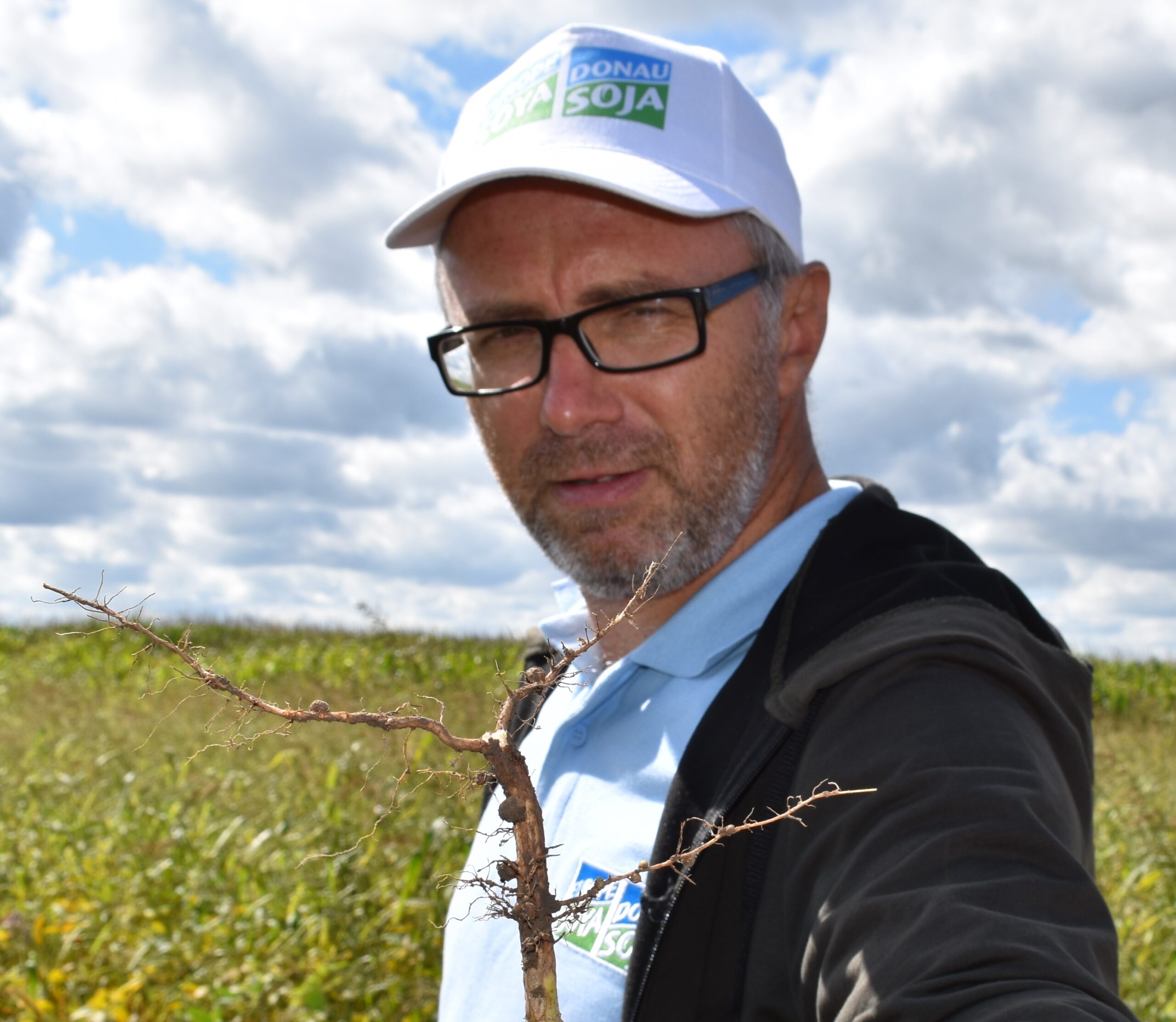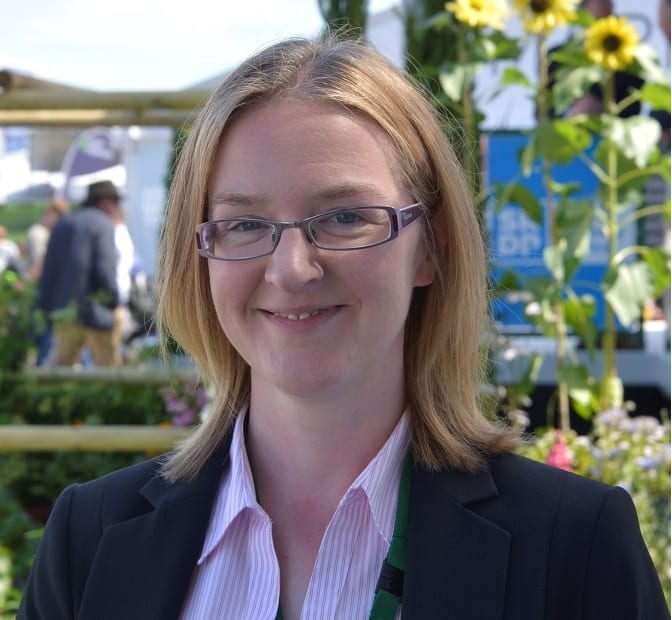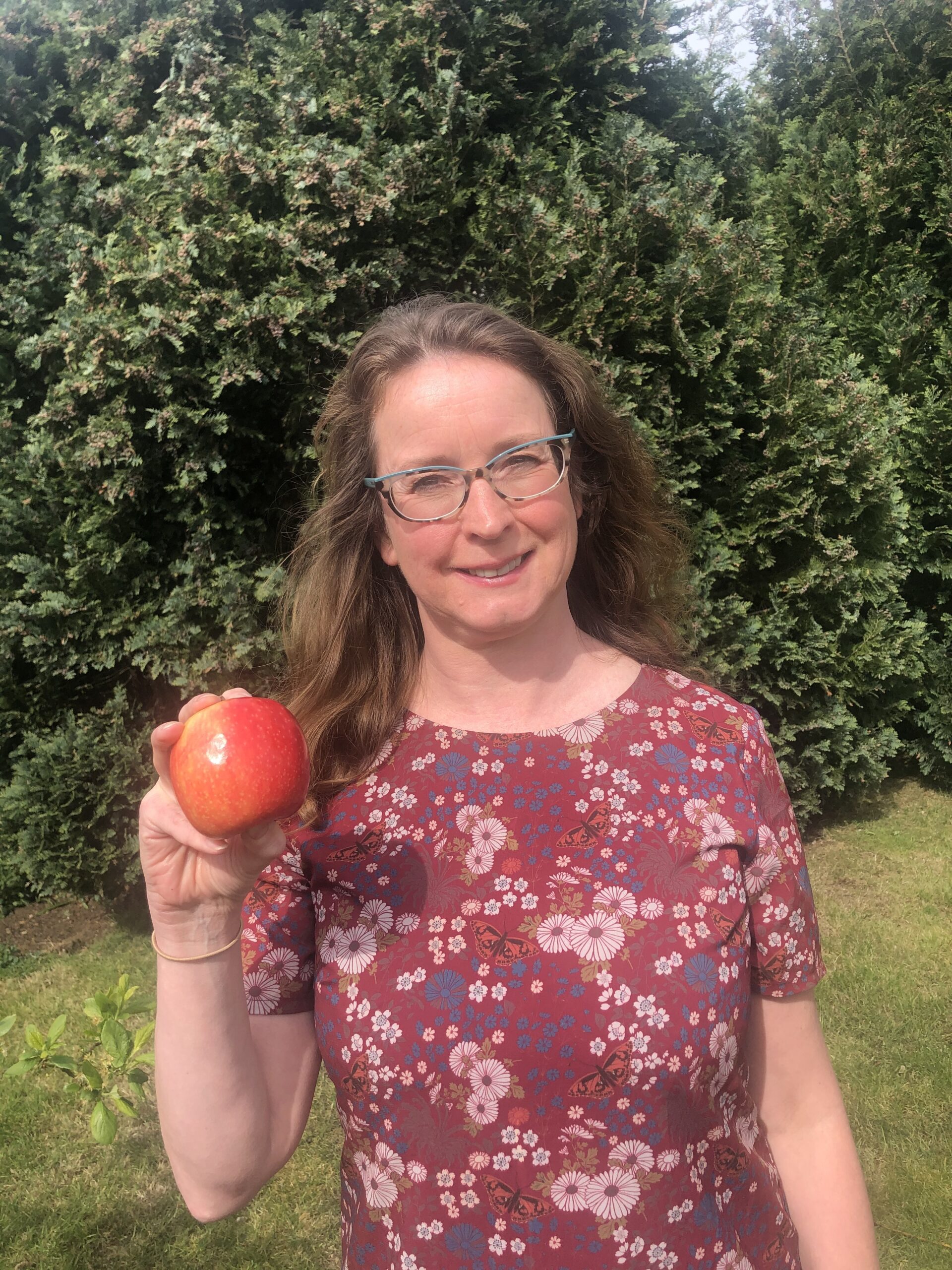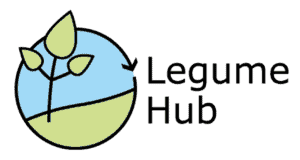Search the Hub
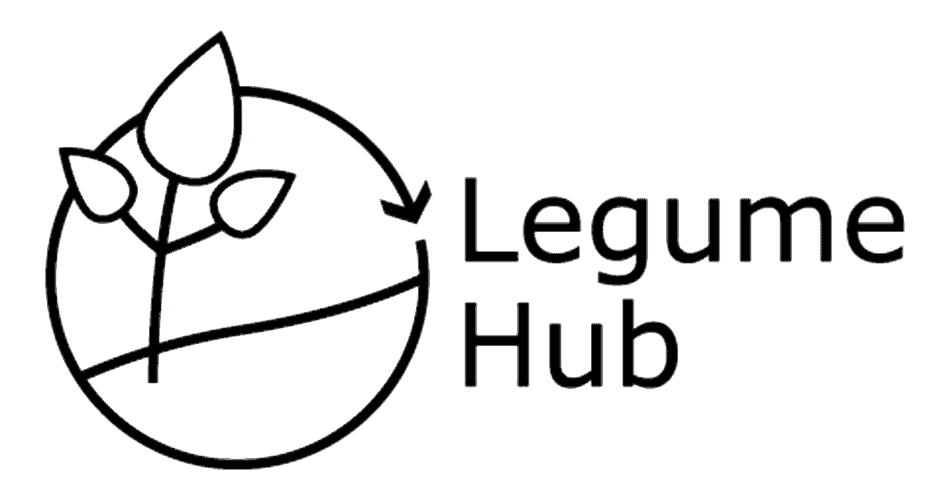
Articles | Videos | Images |Viewpoints | Help
Our articles about: all
()
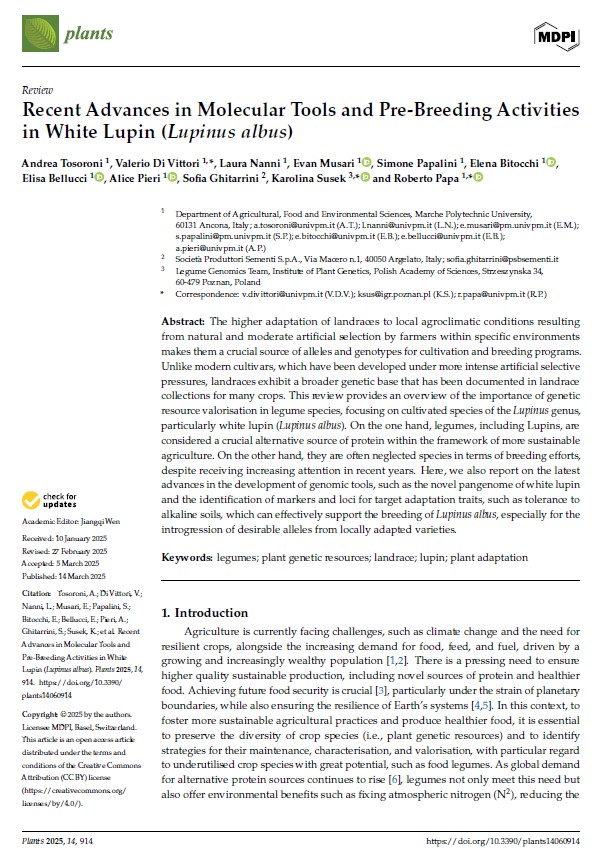
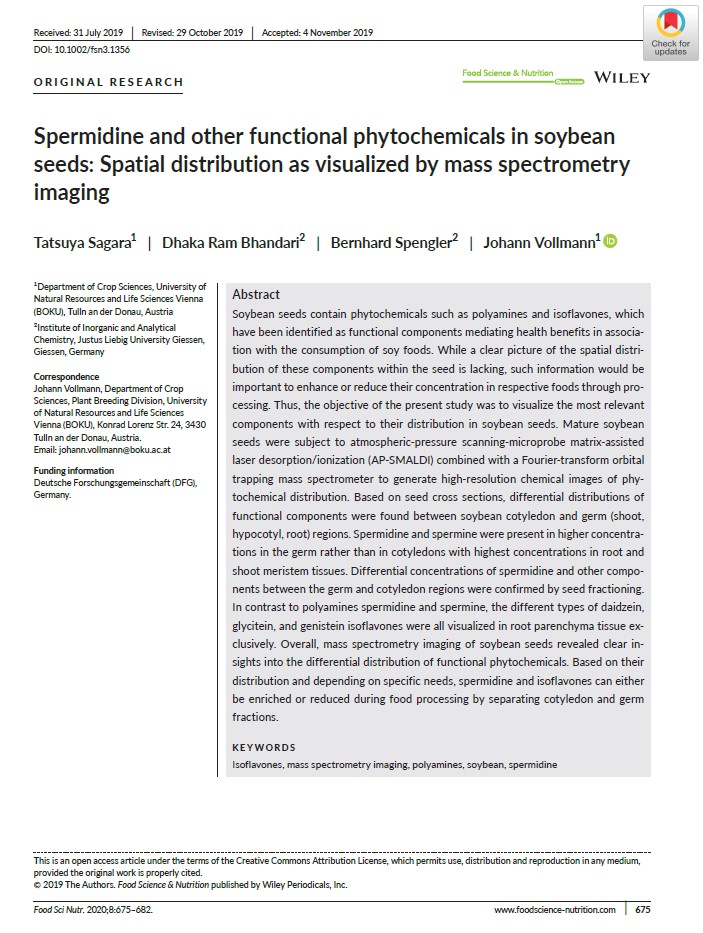
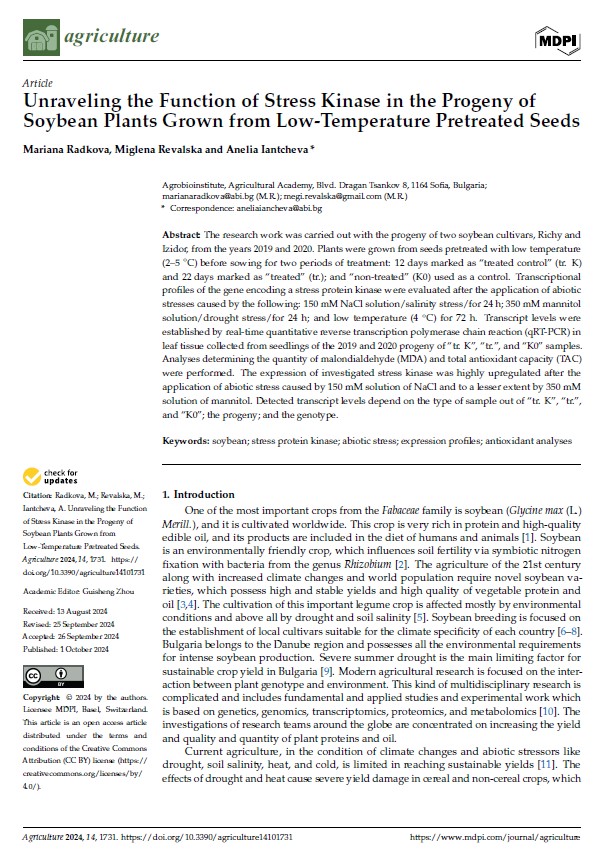
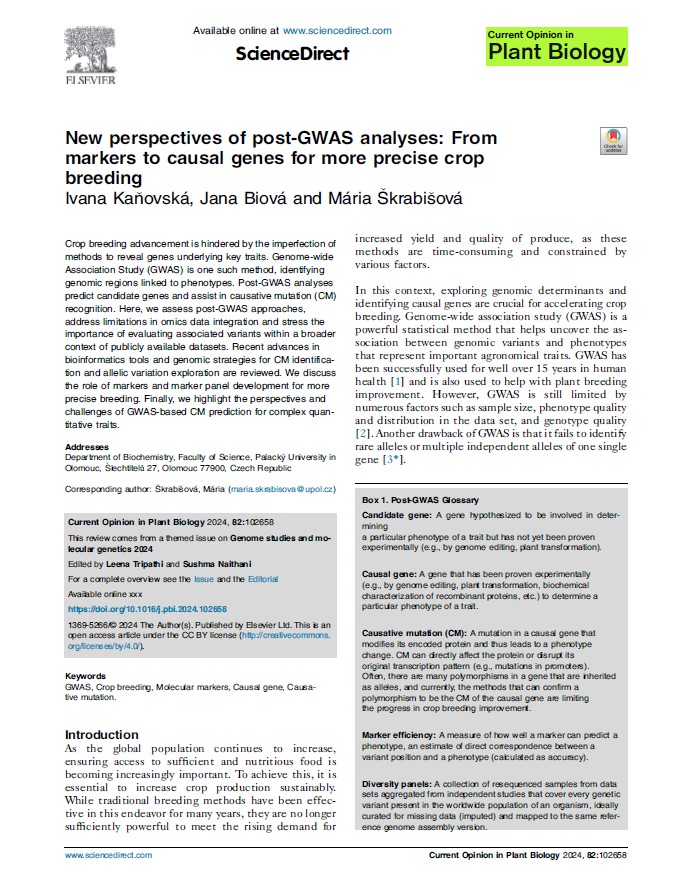
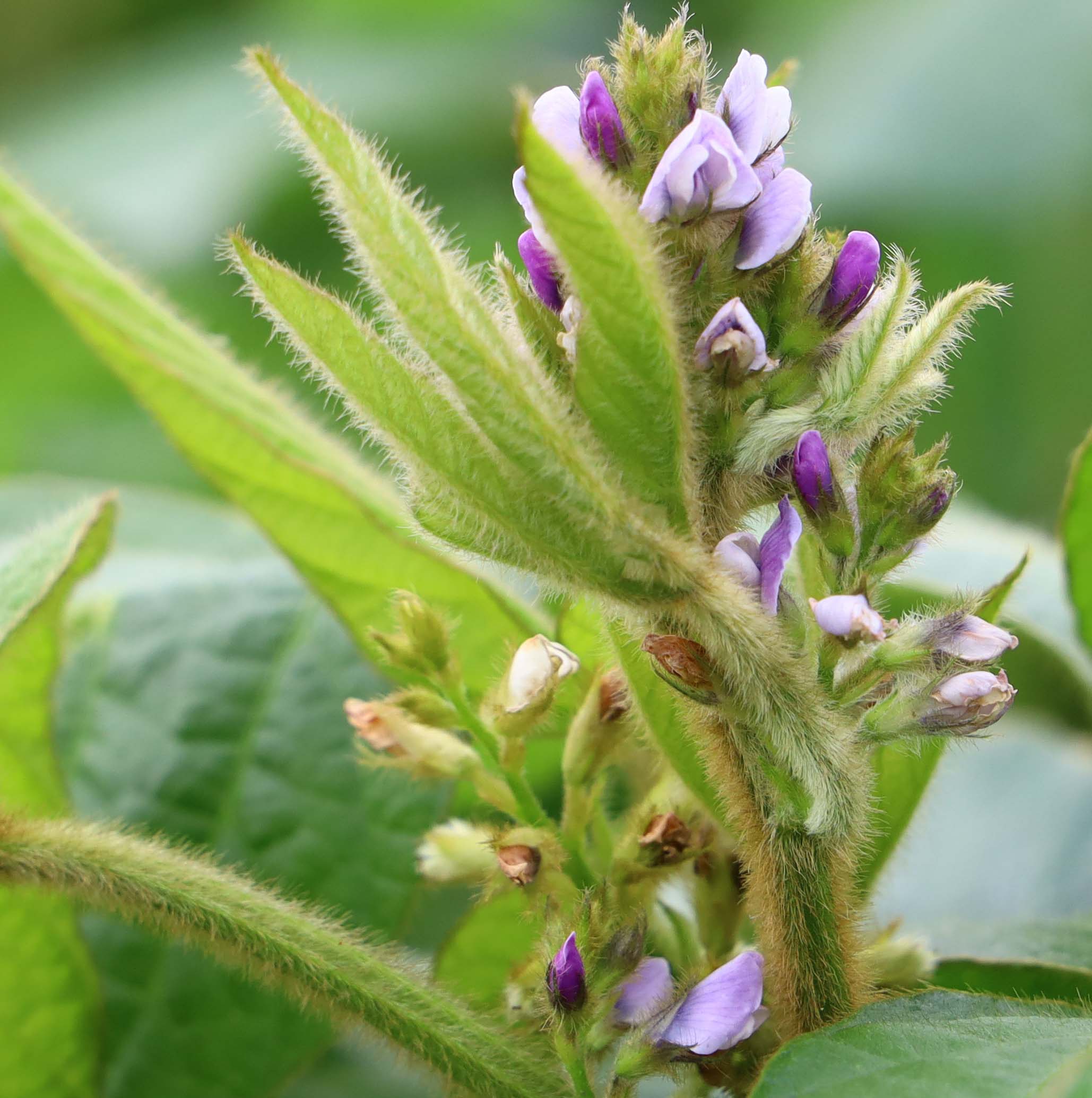
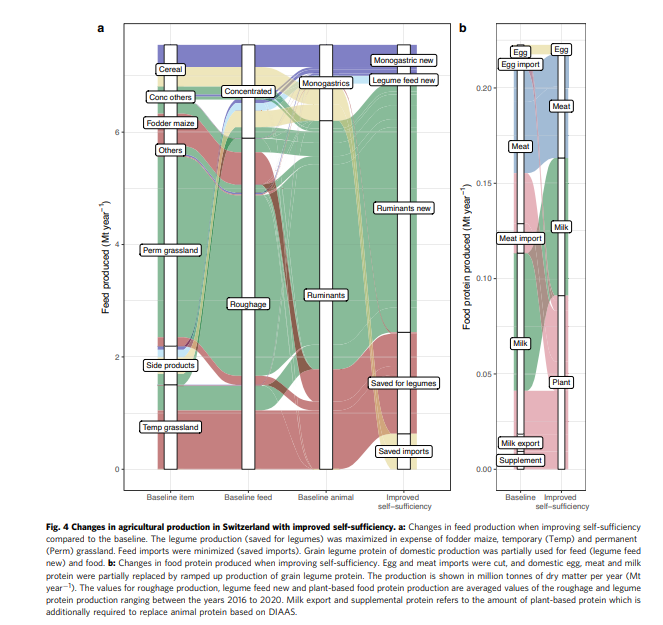
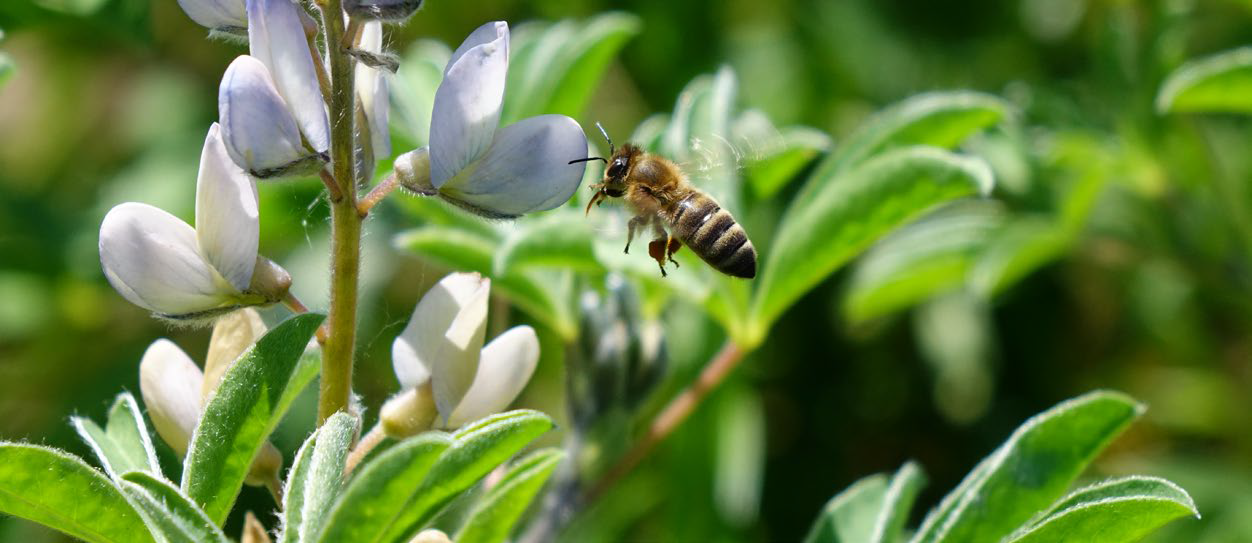
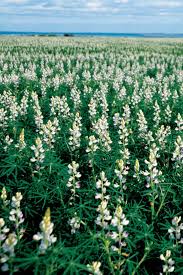
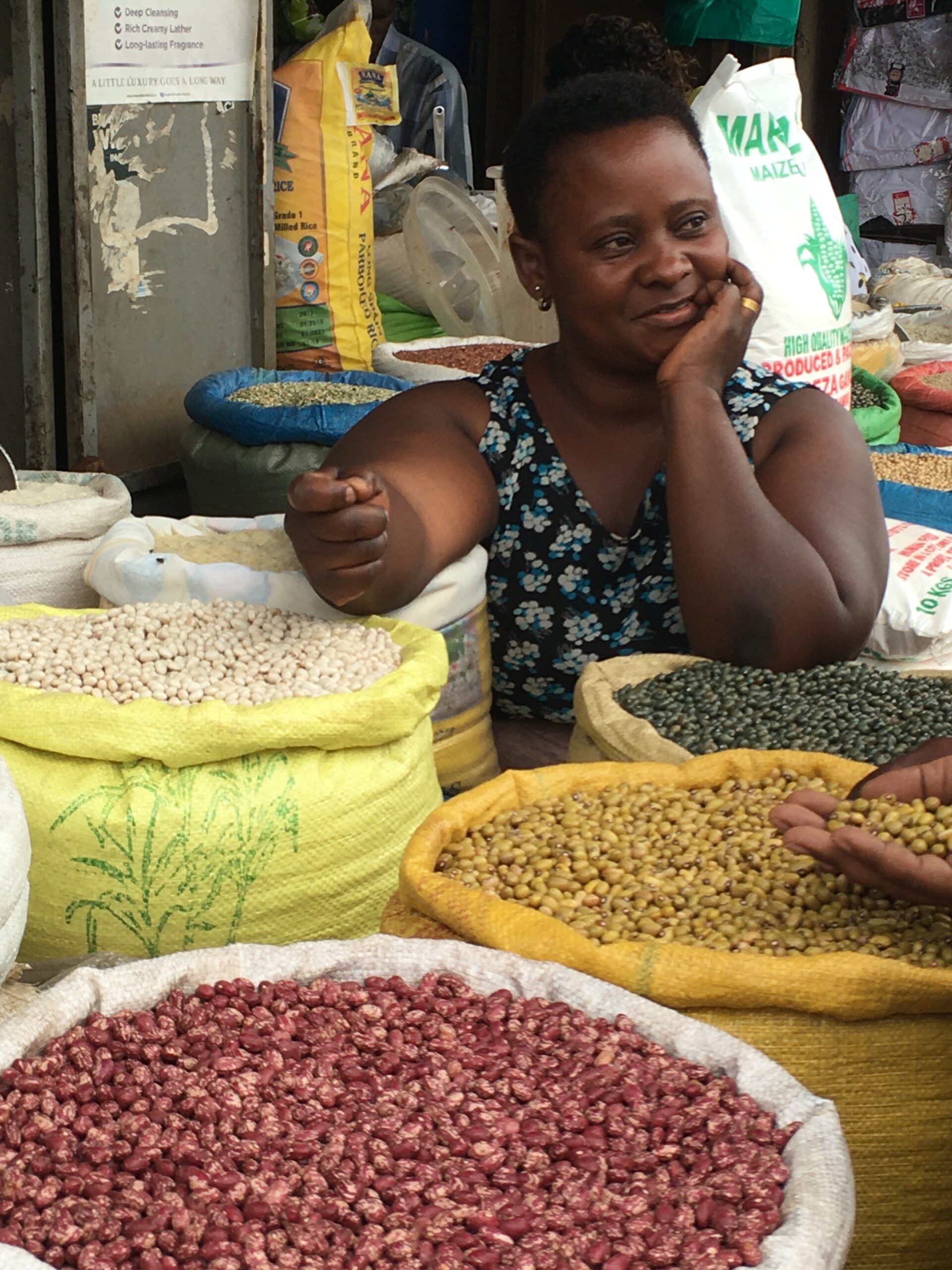
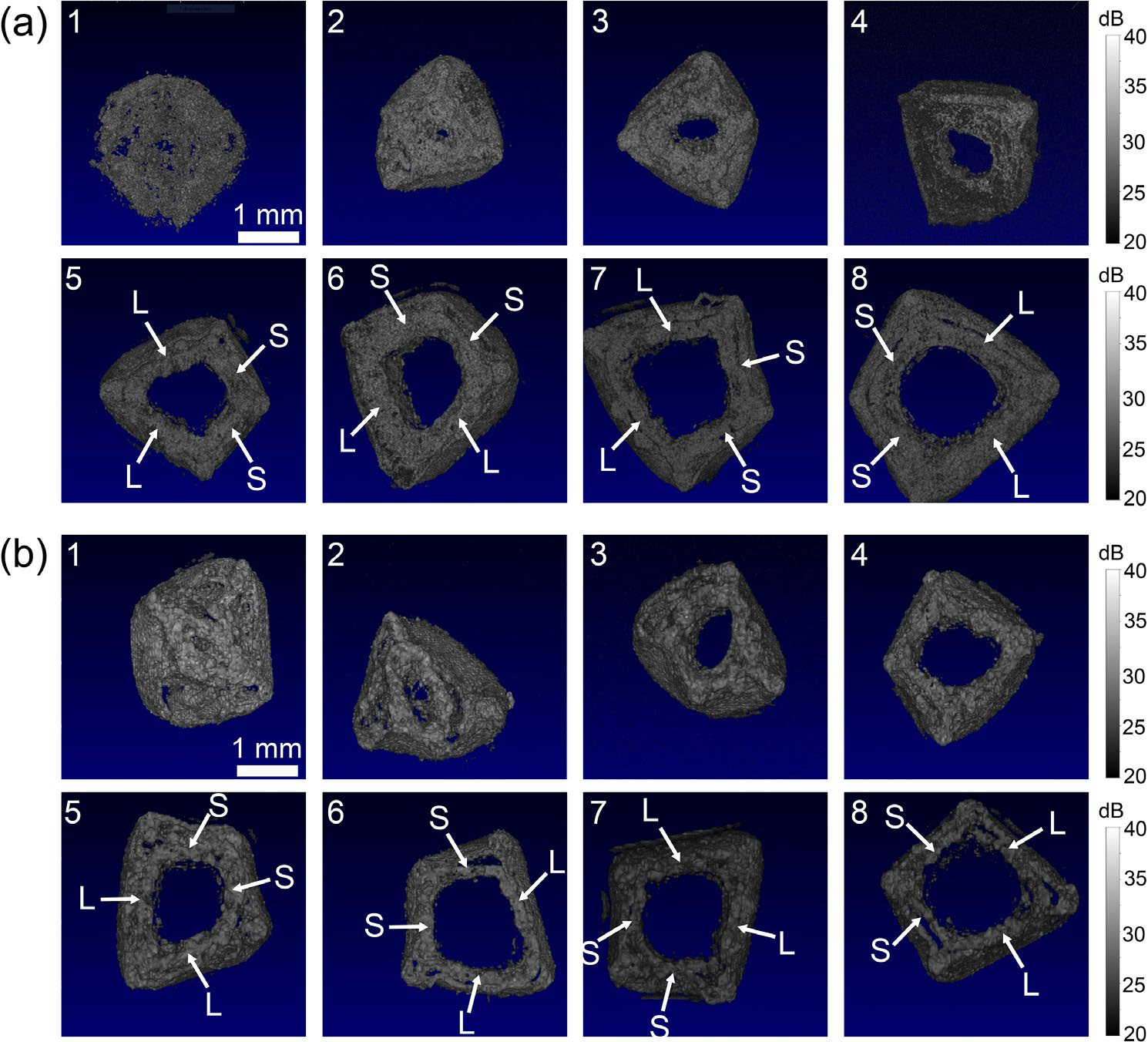
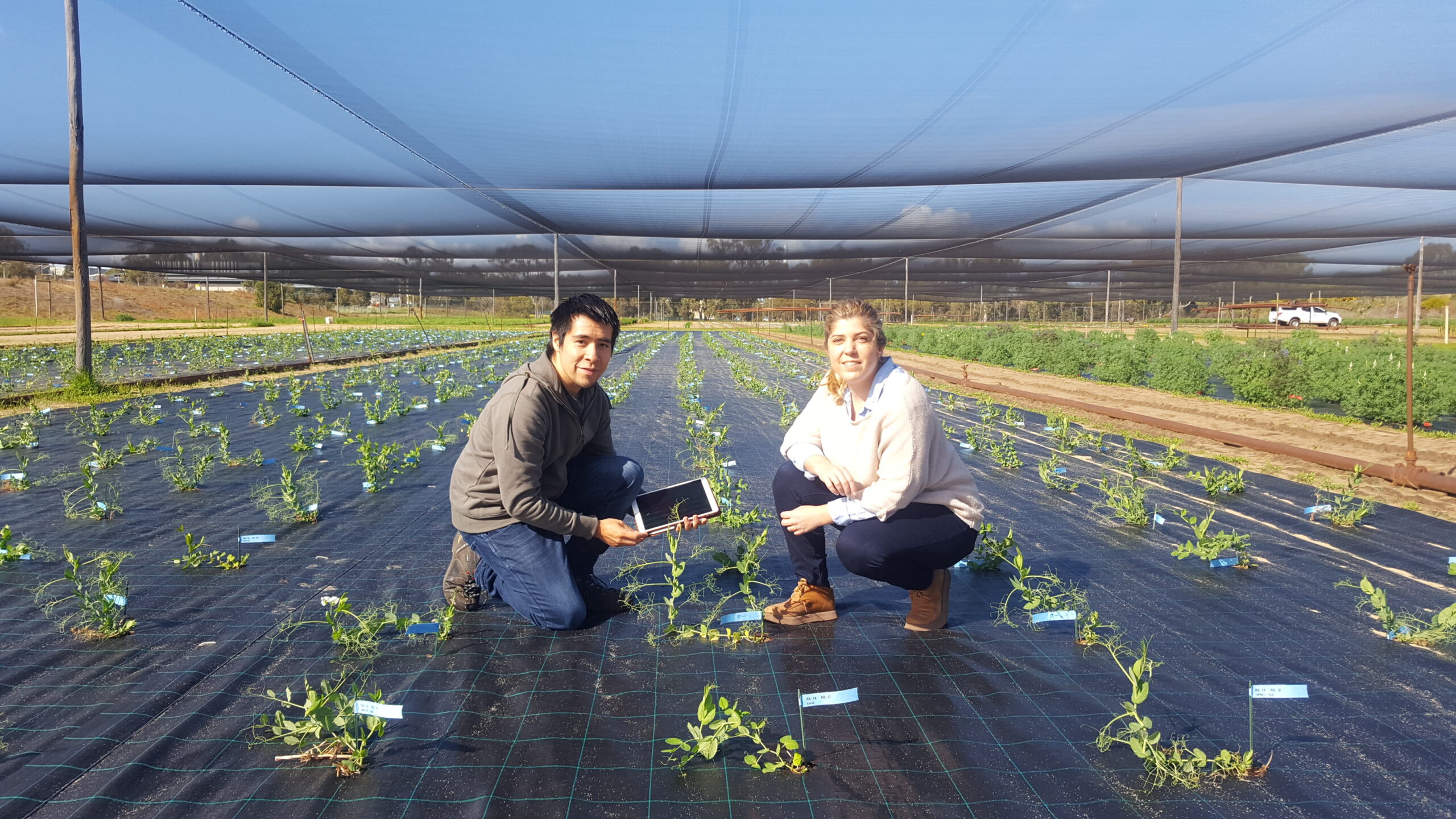
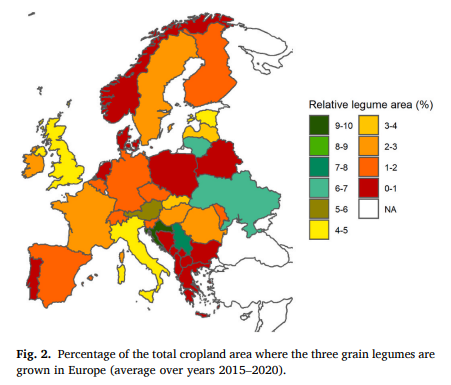
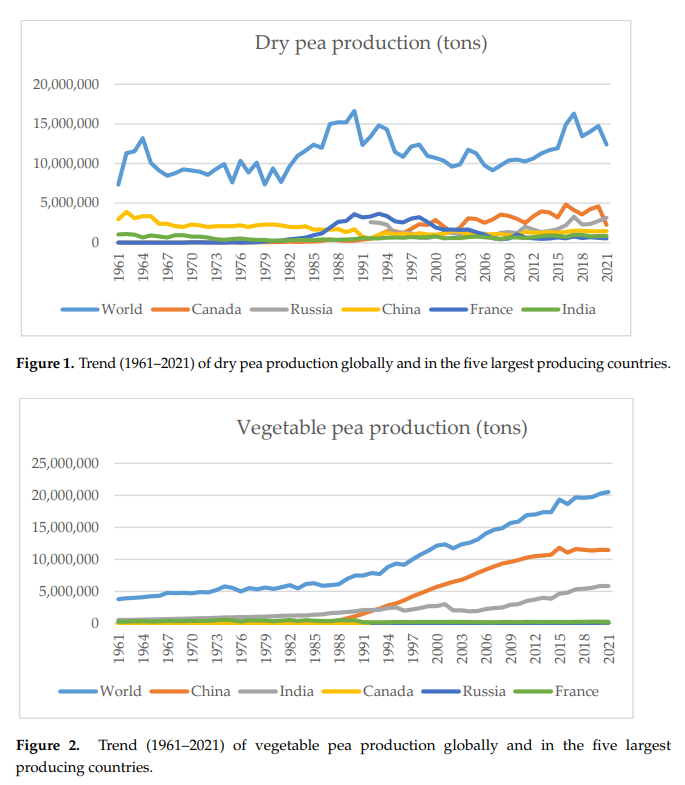
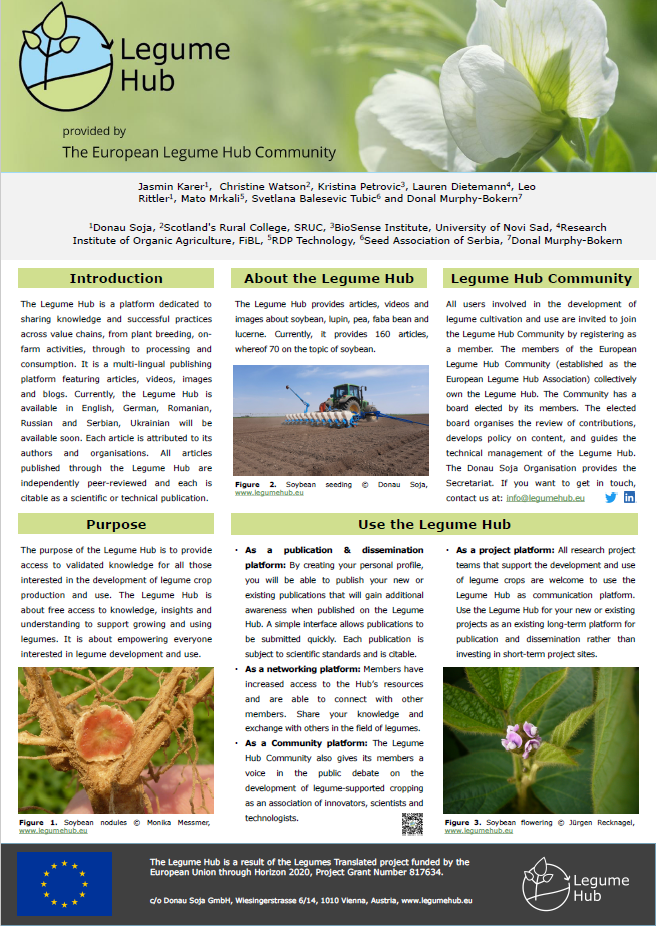
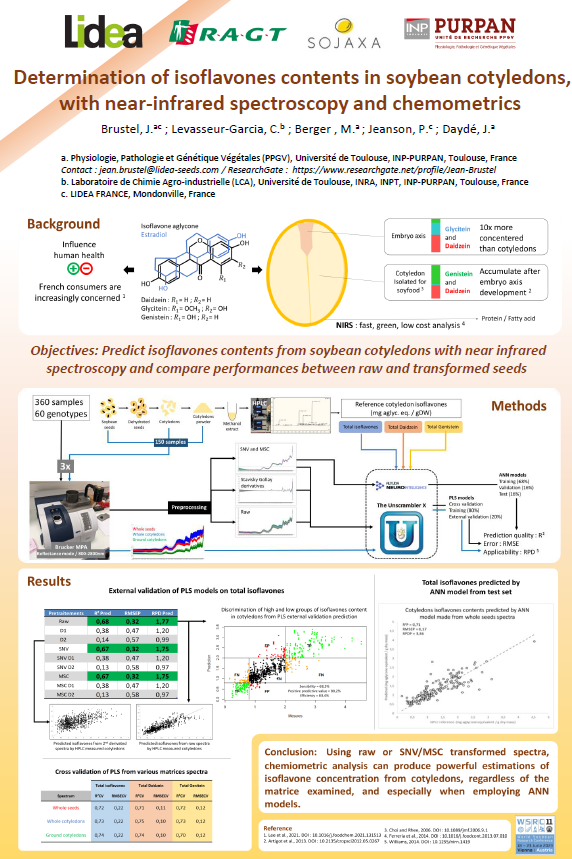
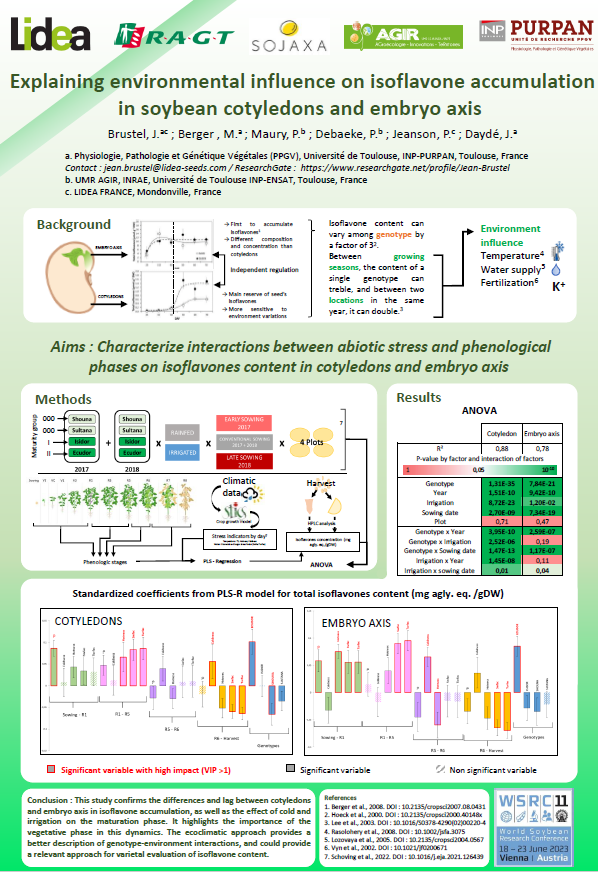
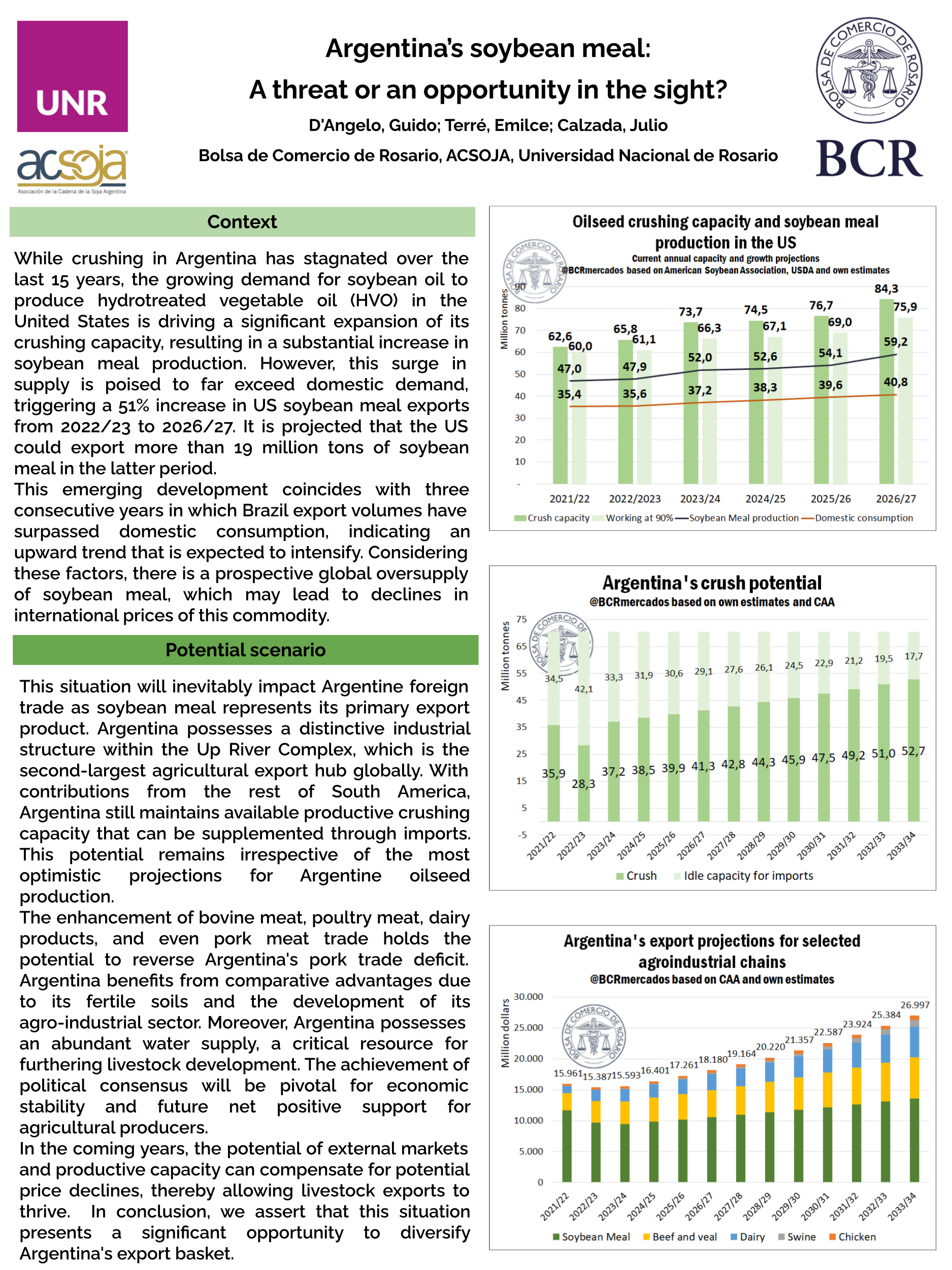
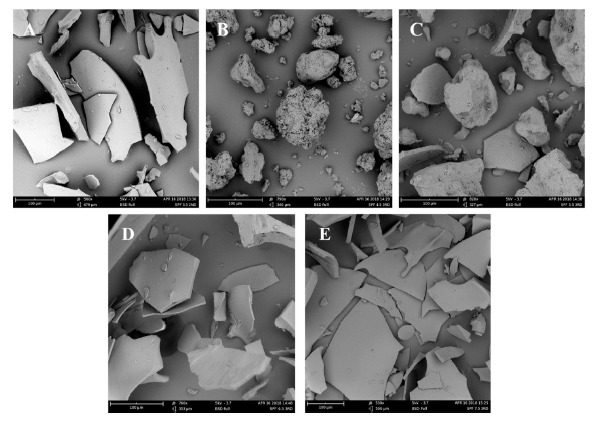
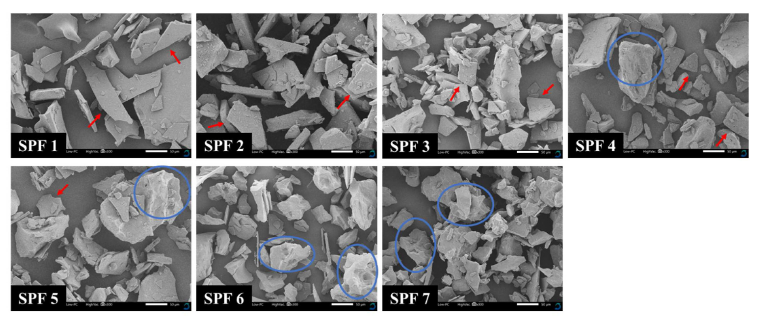
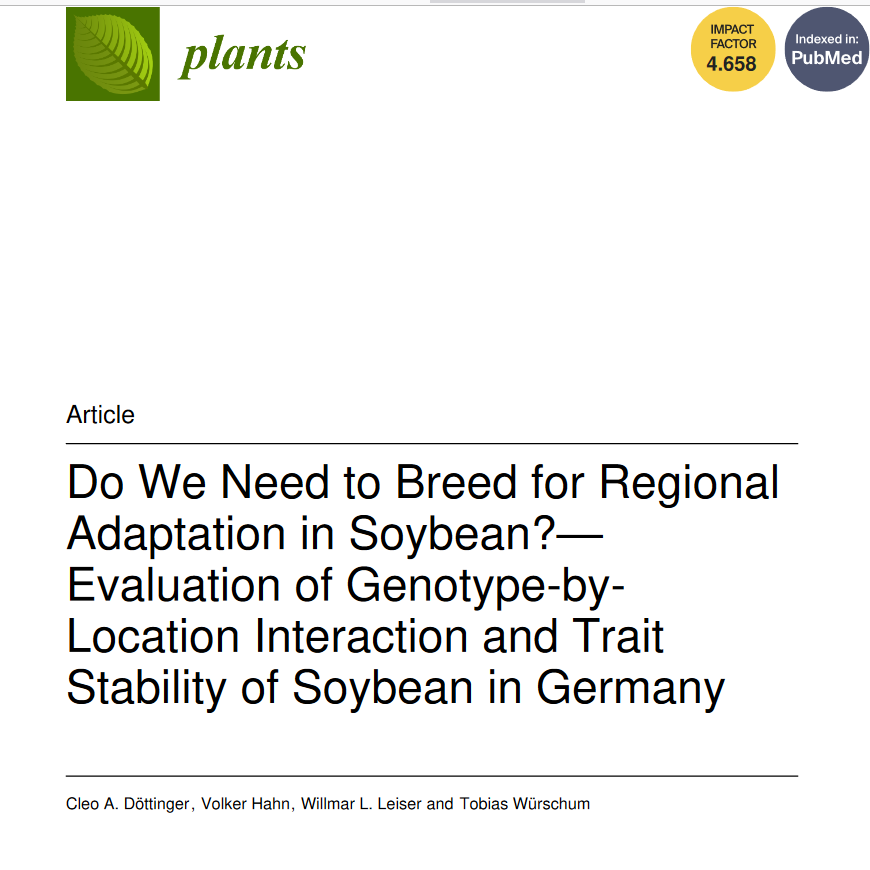
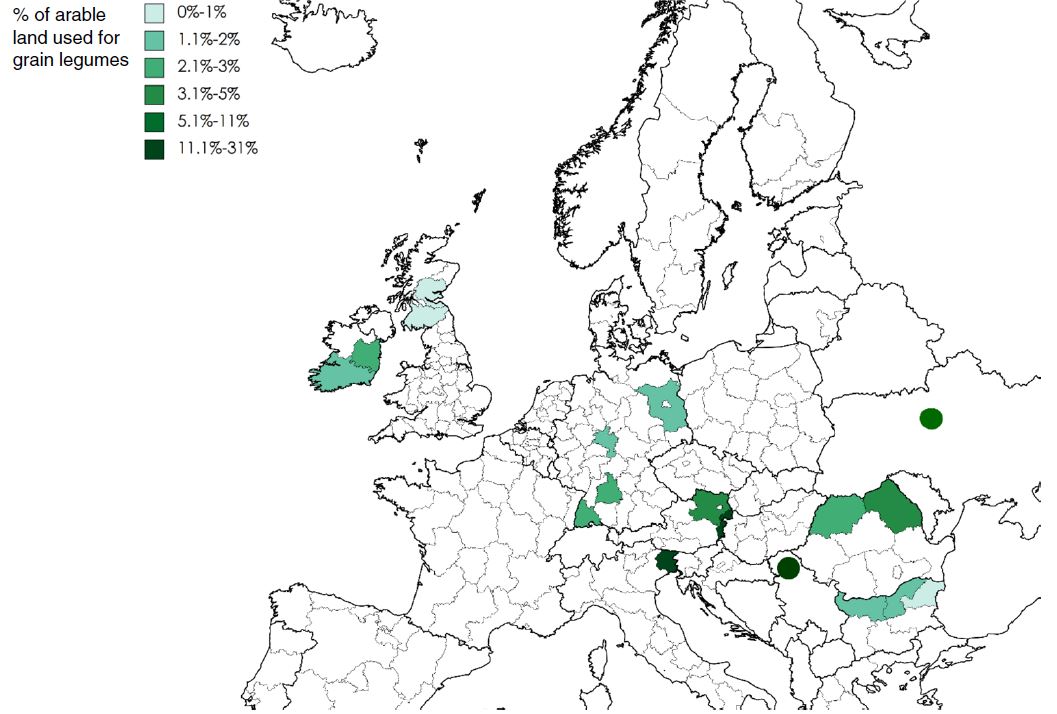
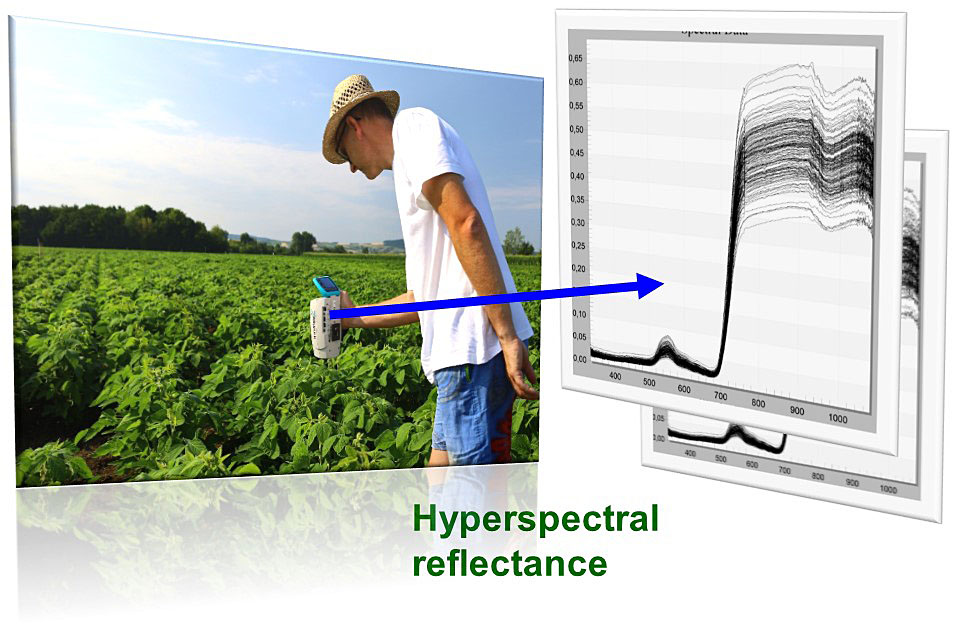
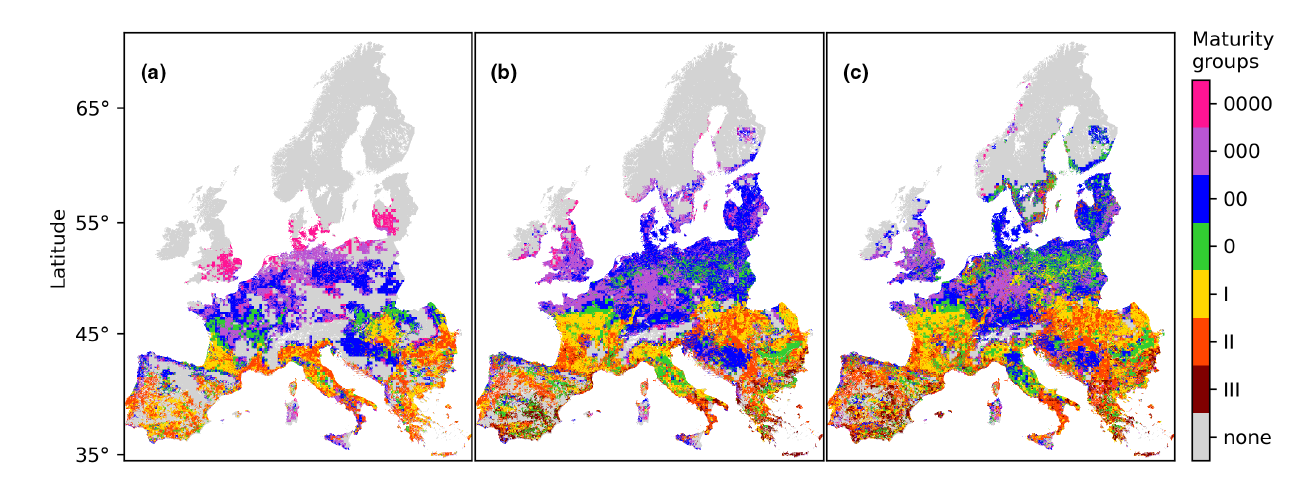
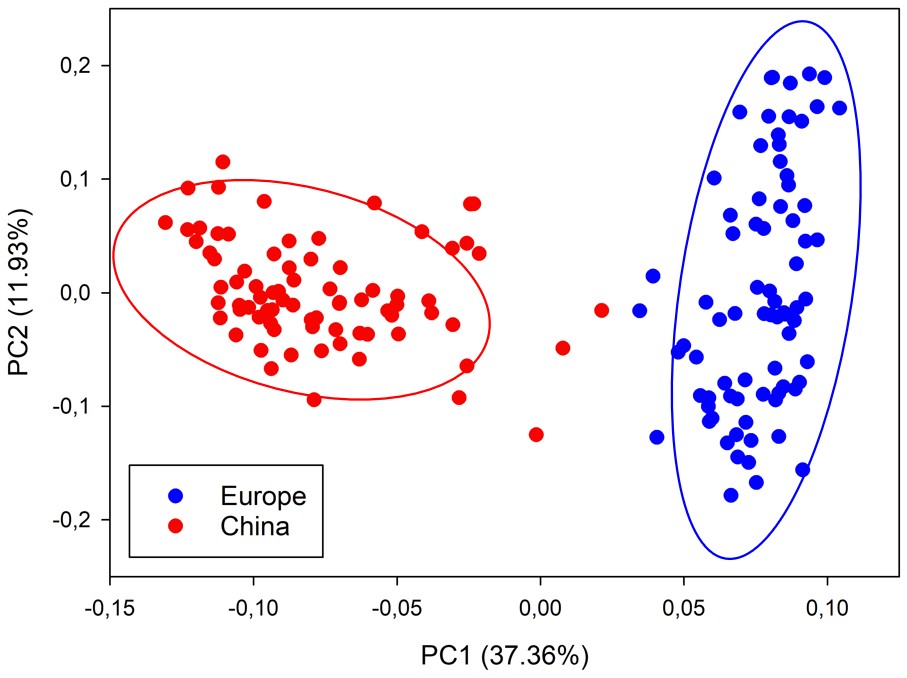
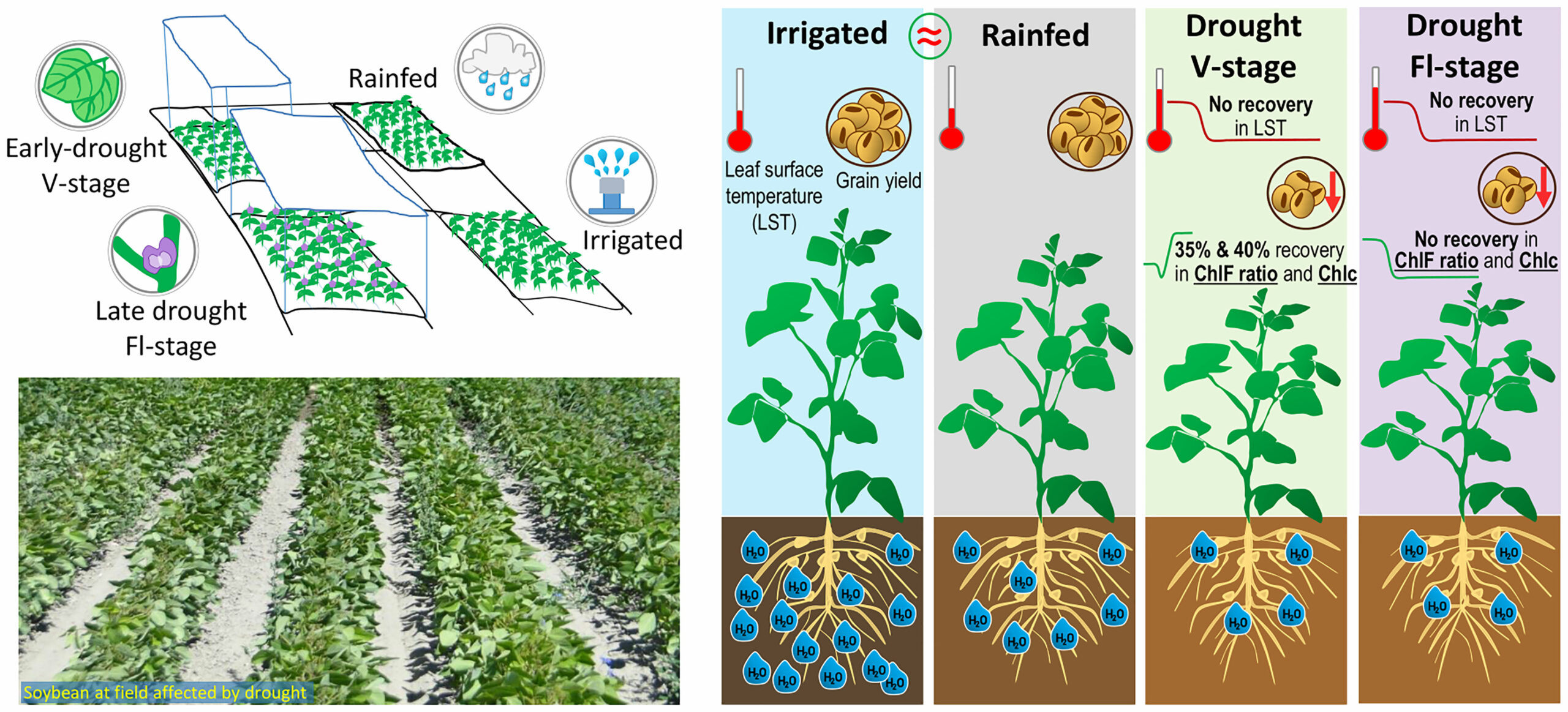
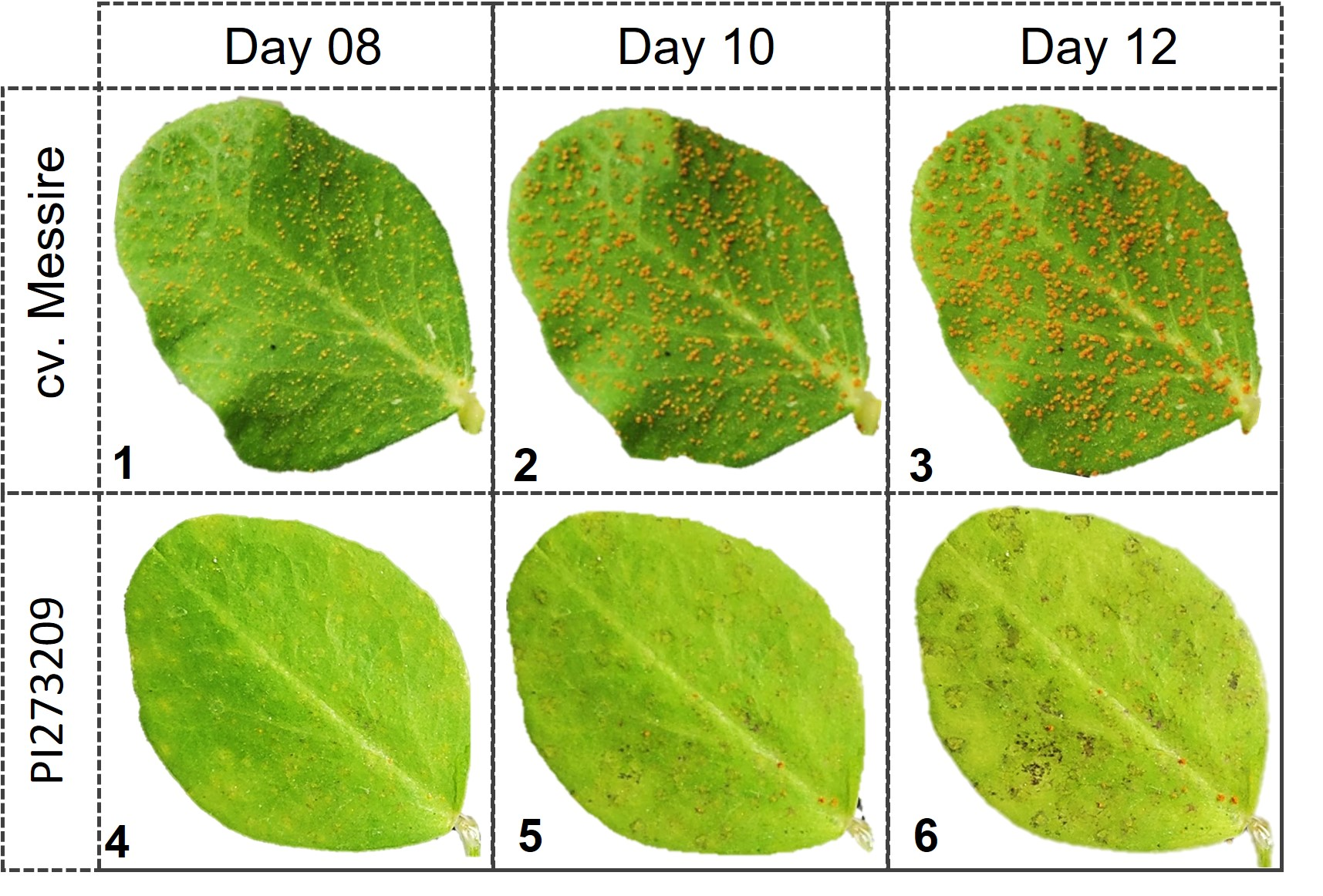
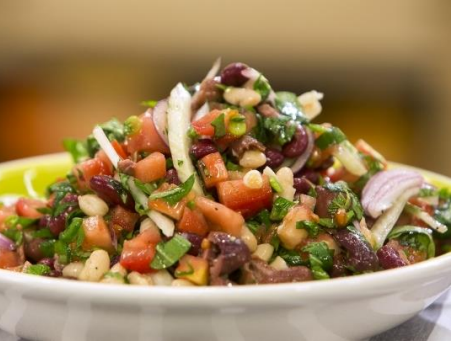
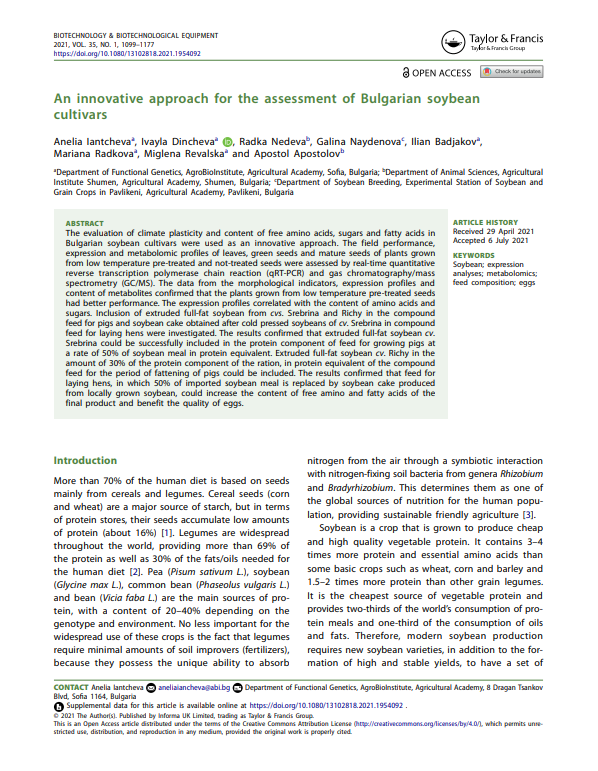
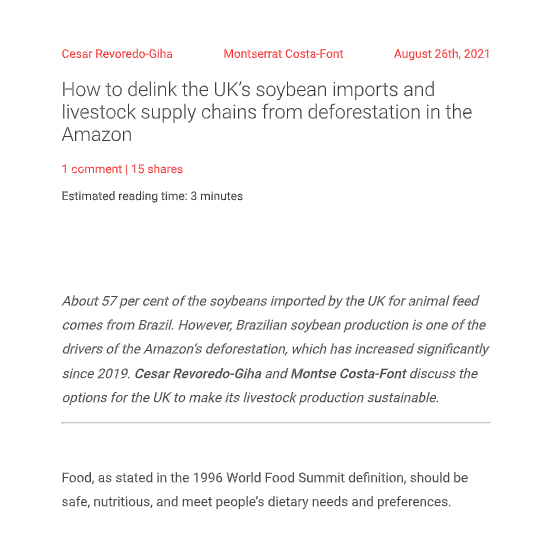
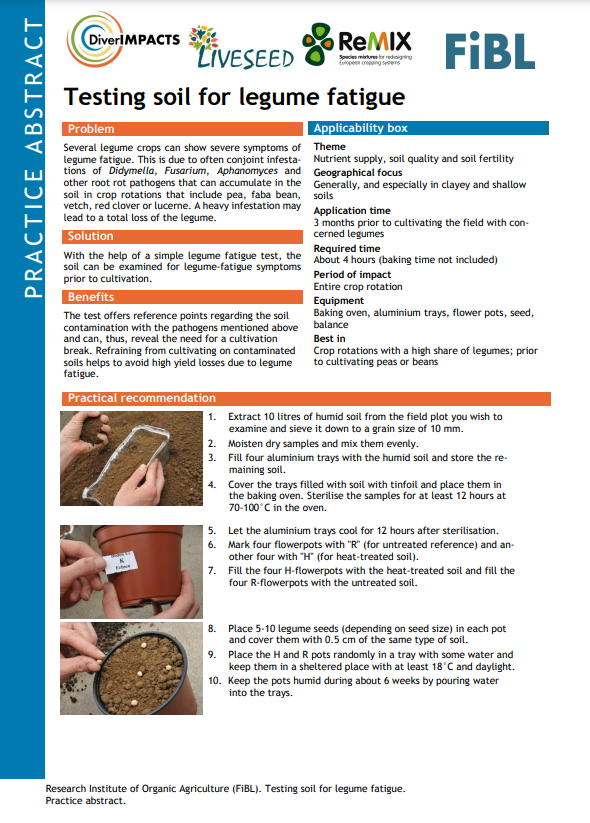
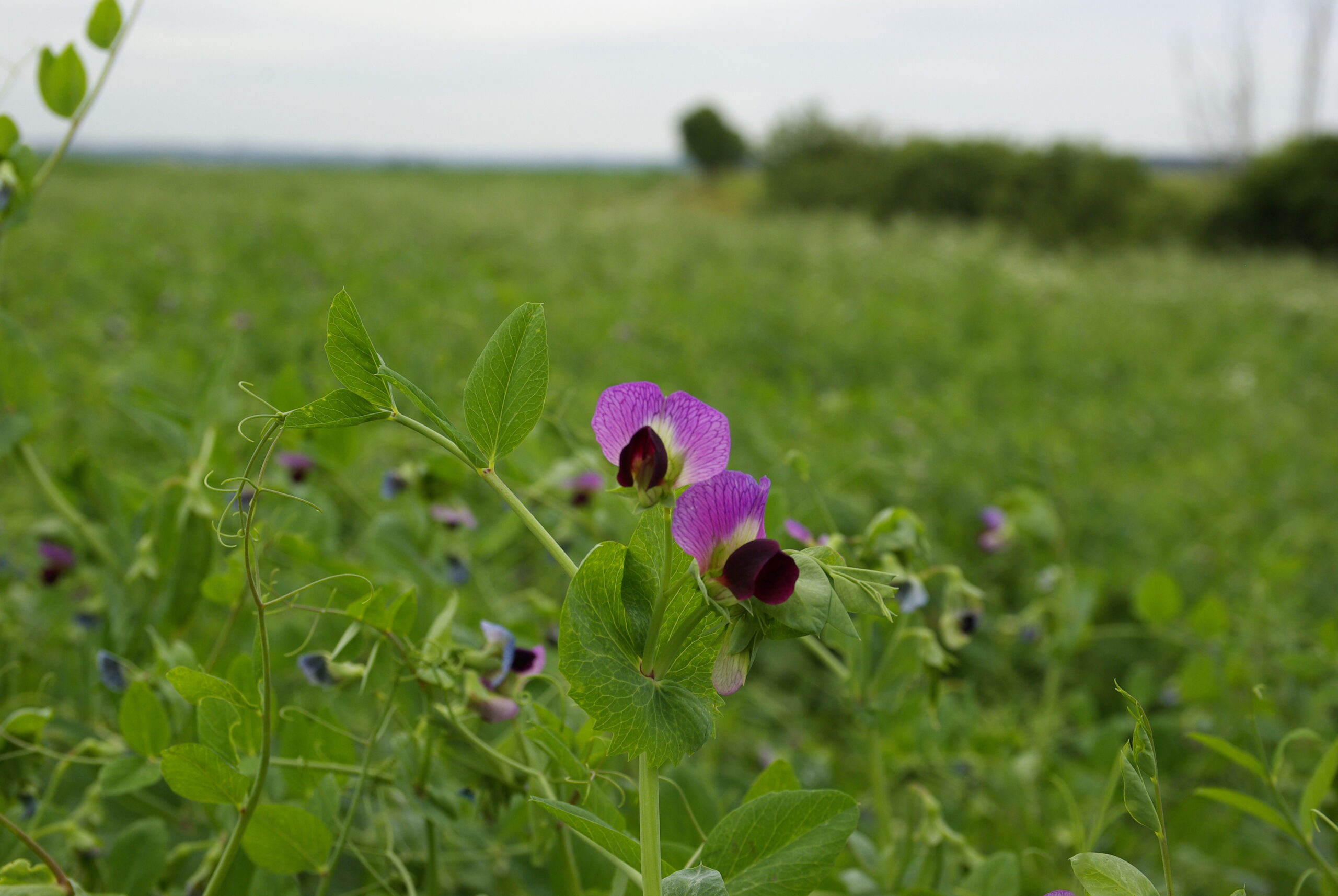
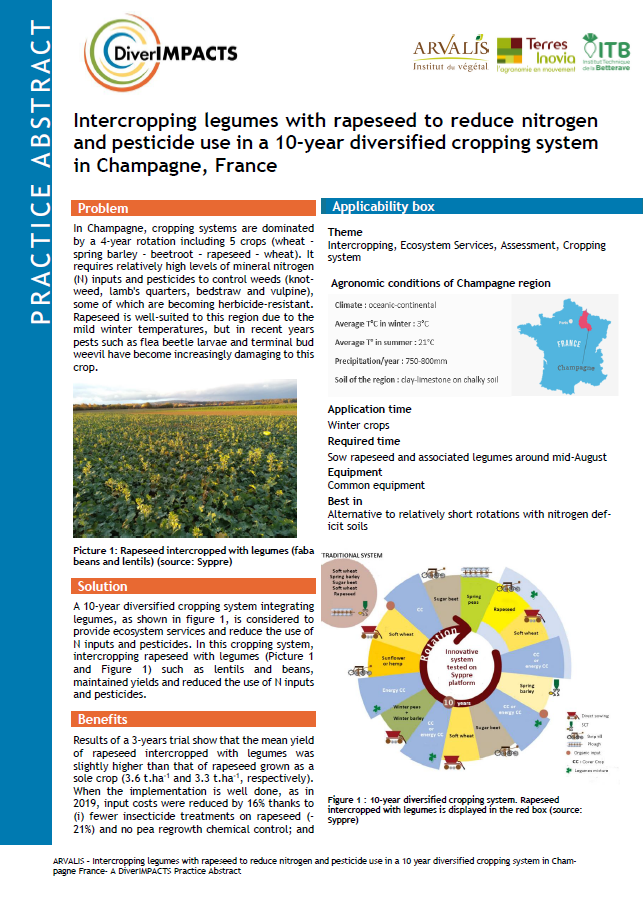
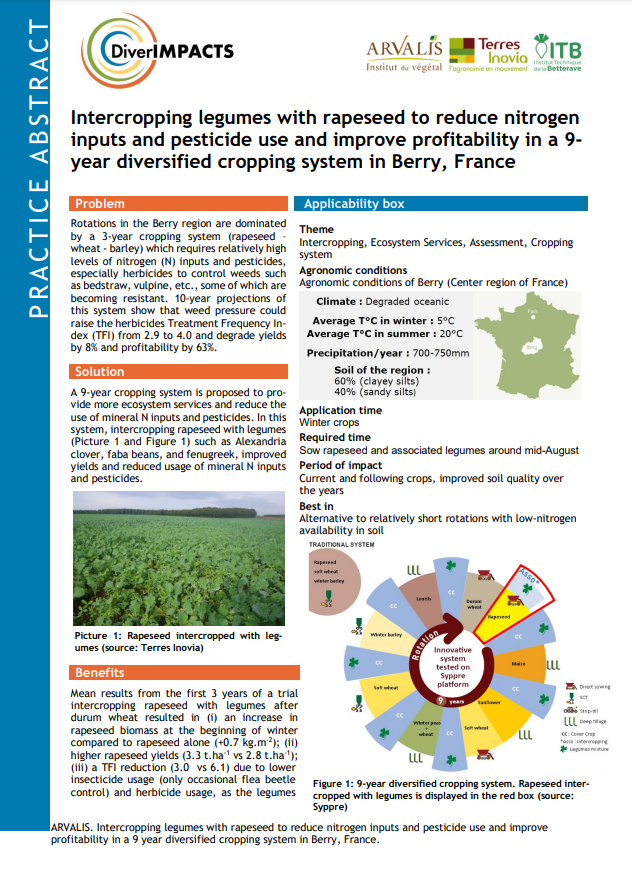
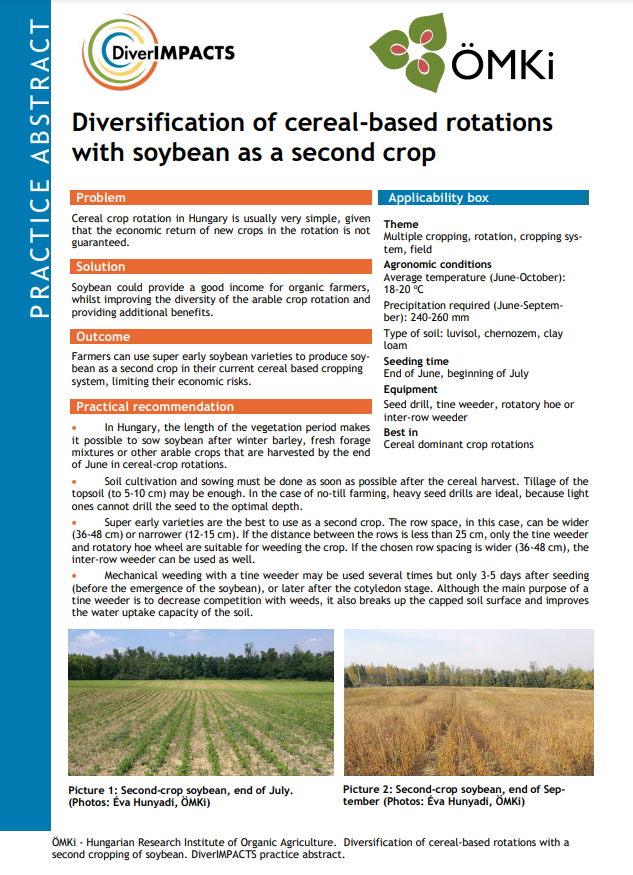
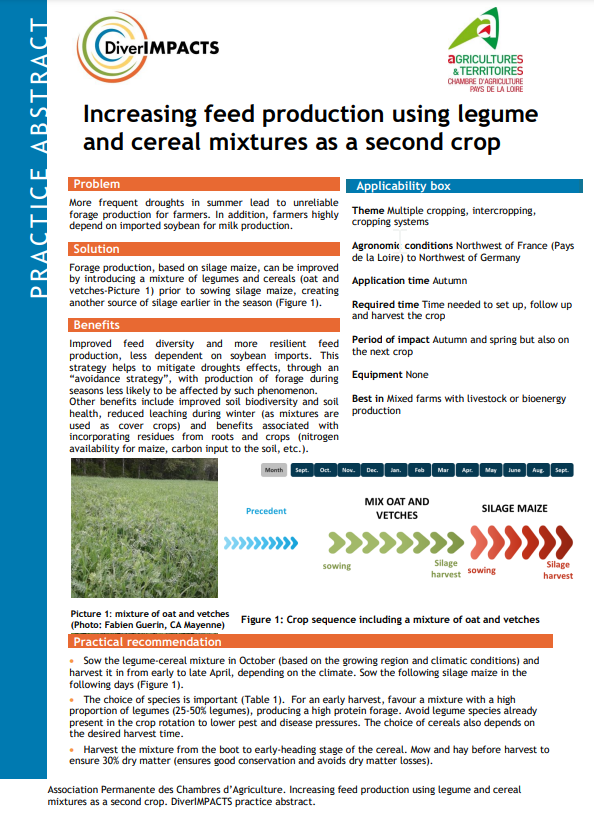
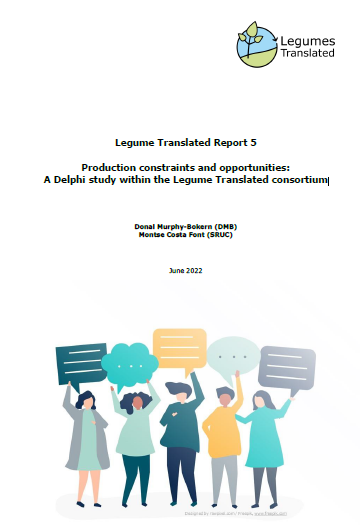
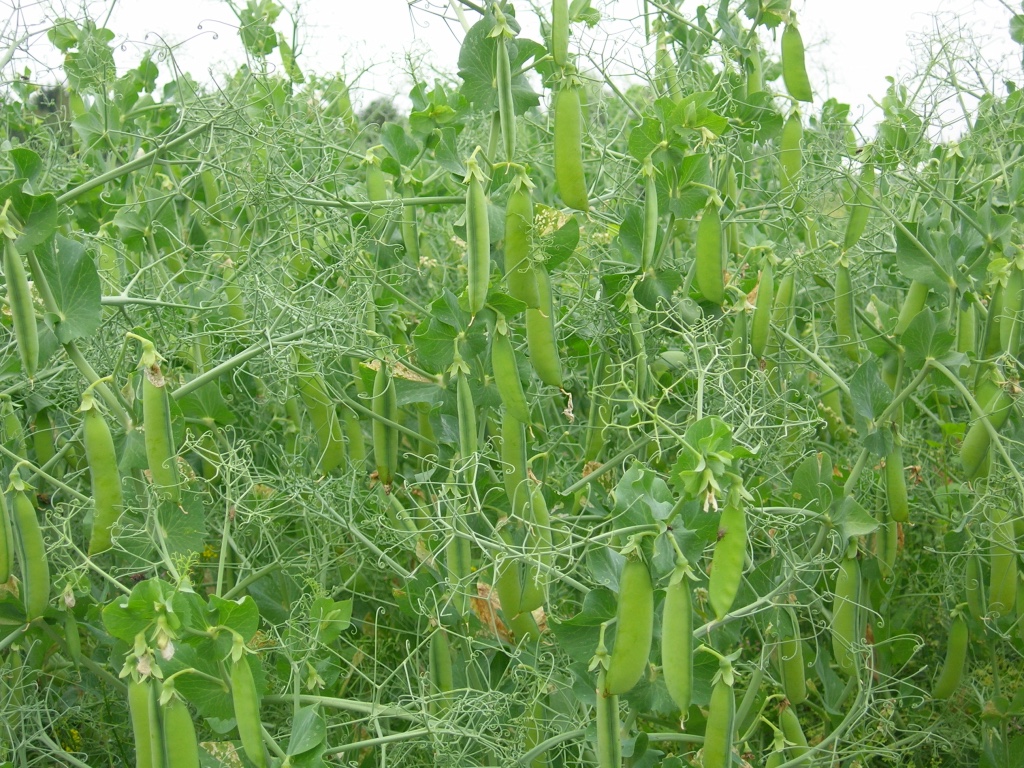
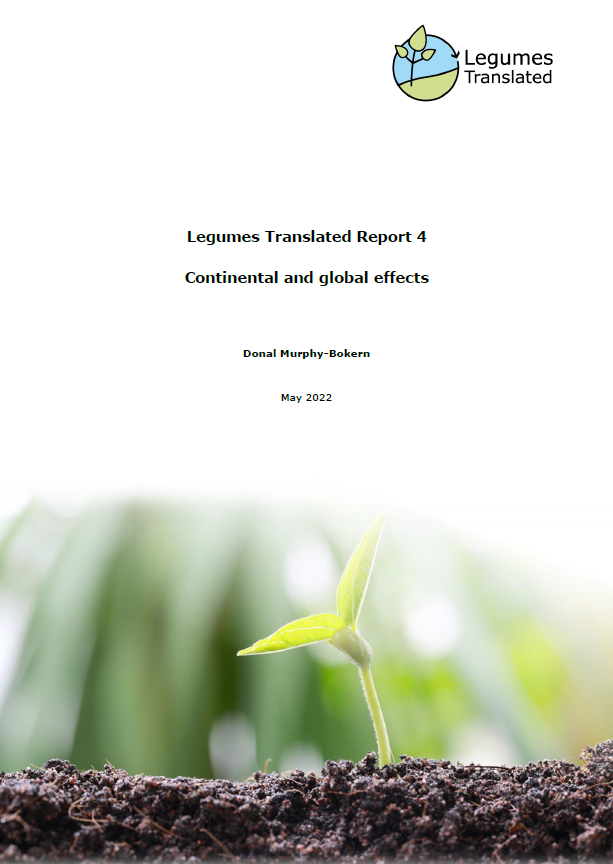
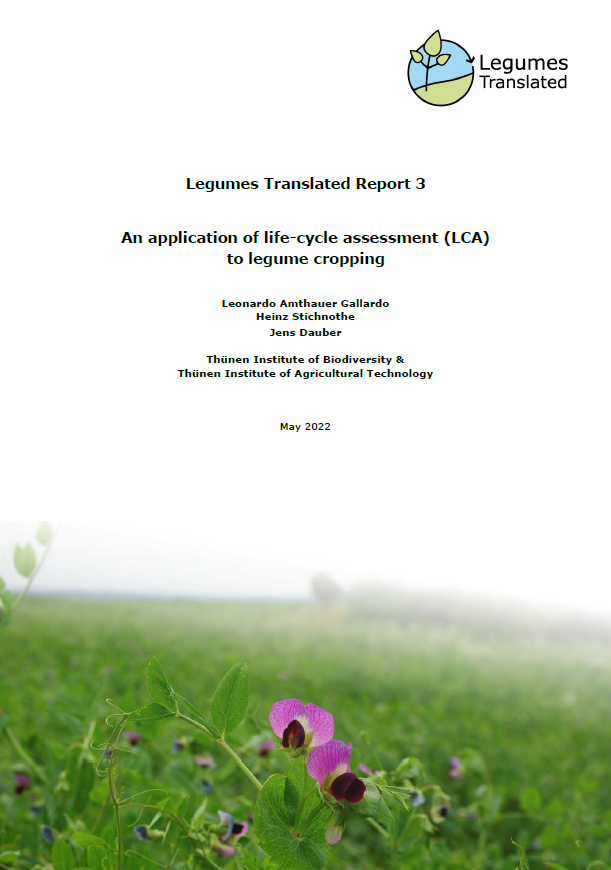
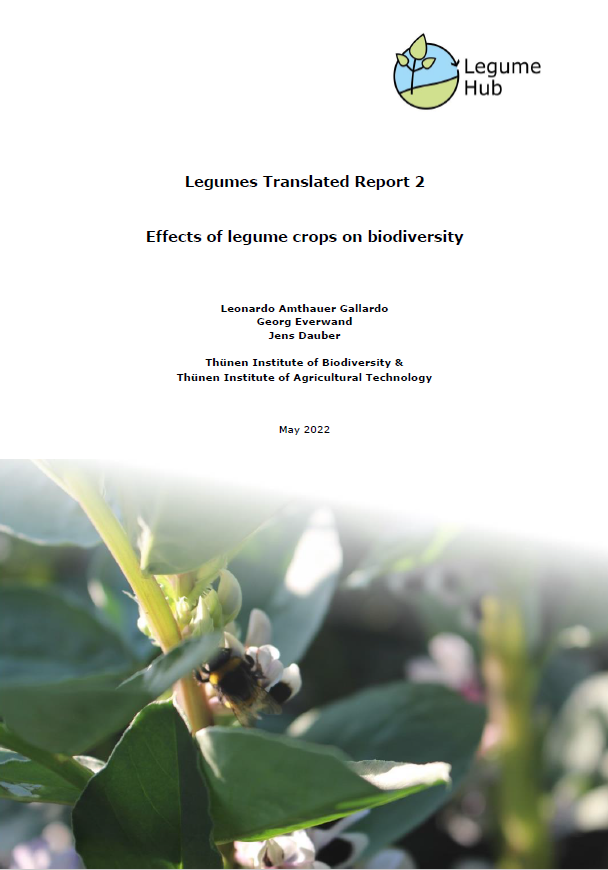
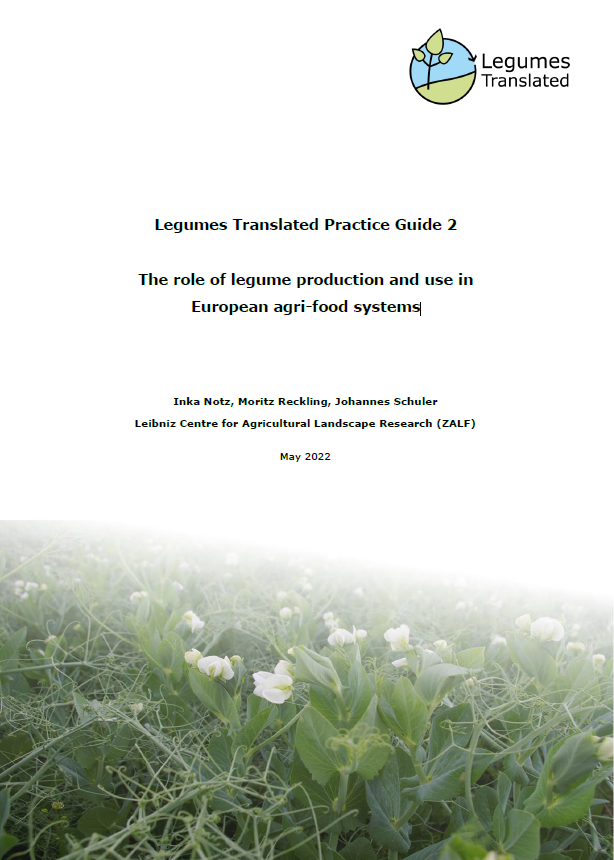
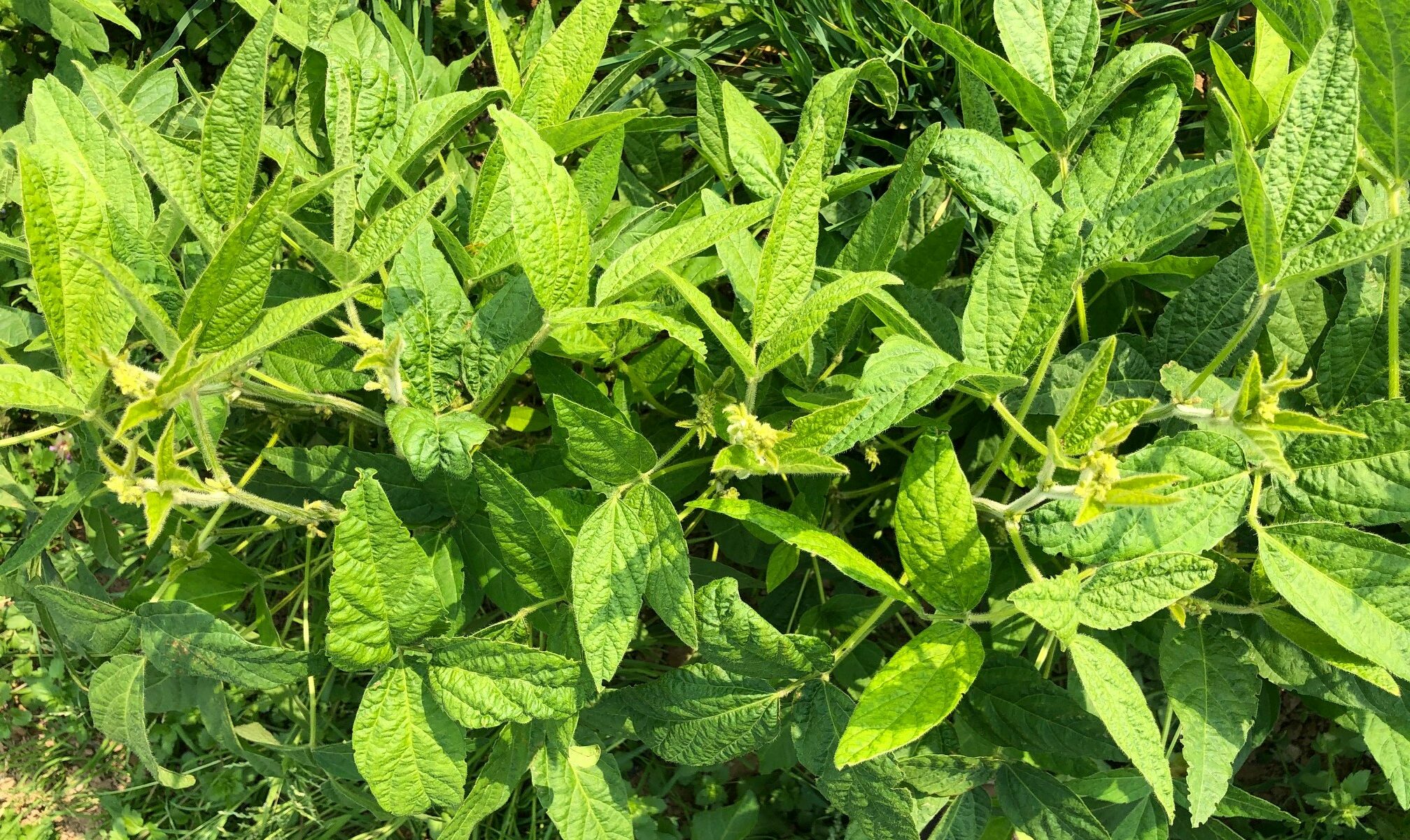
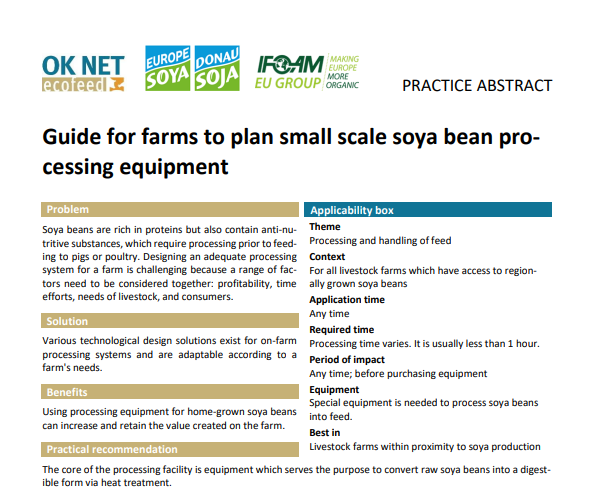
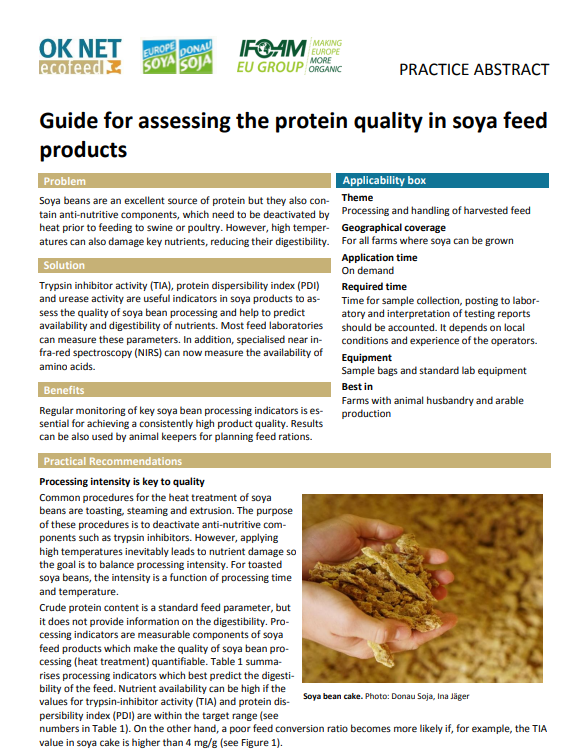
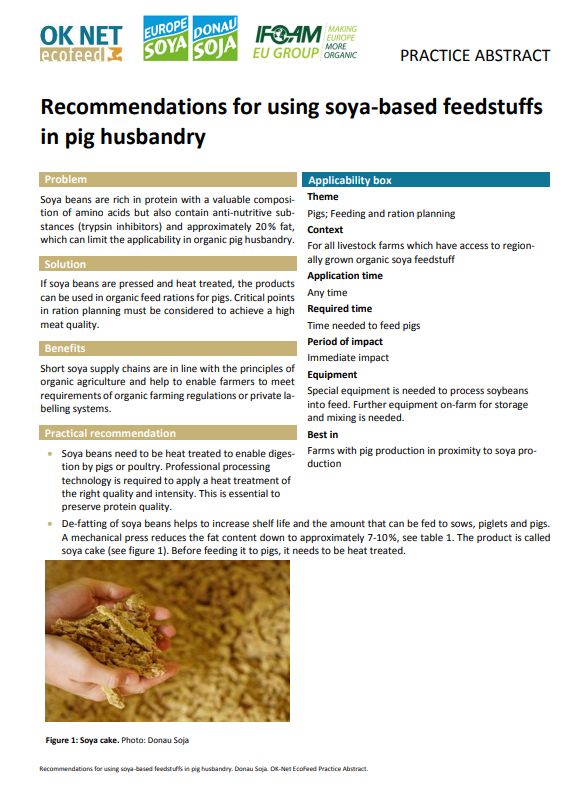
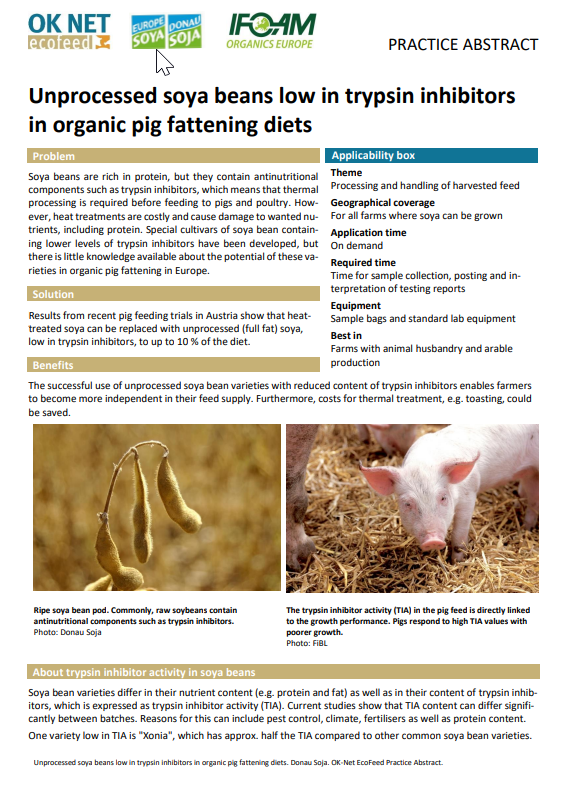
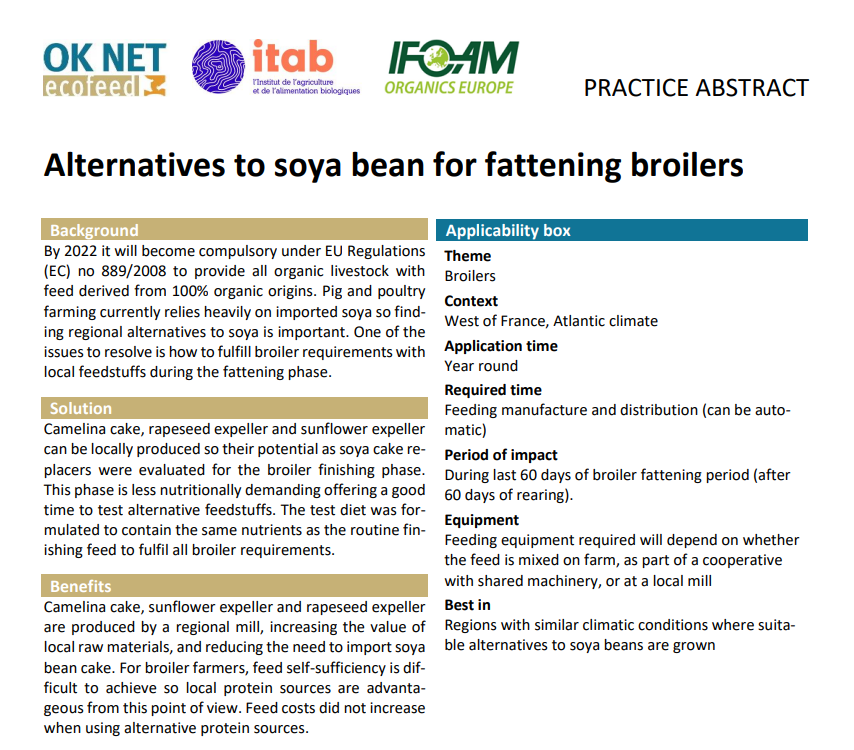
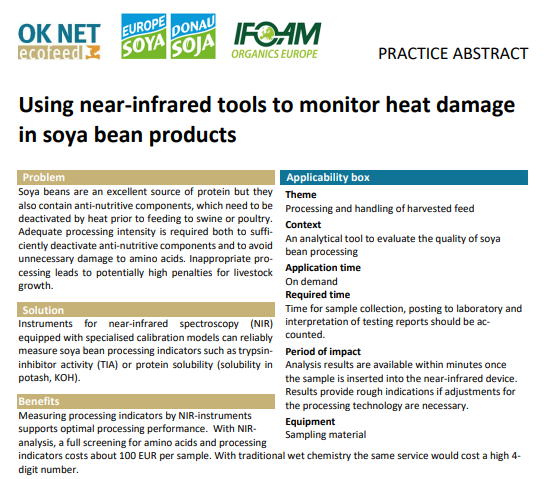
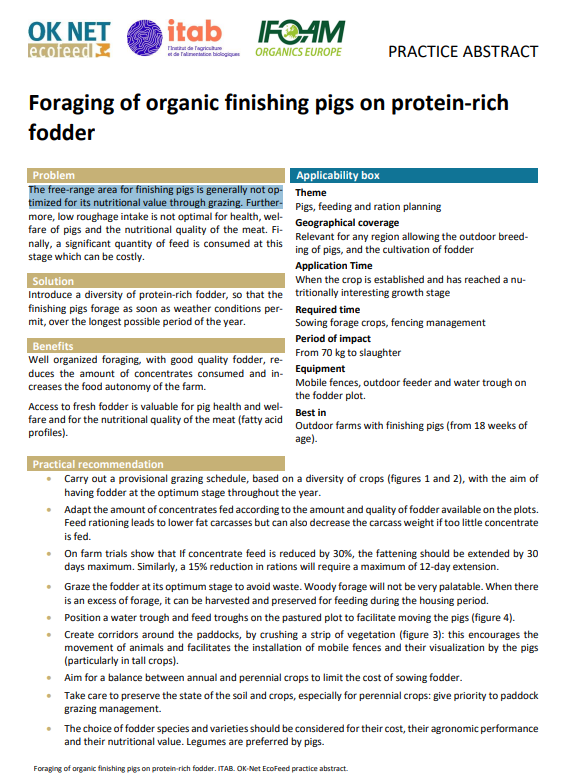
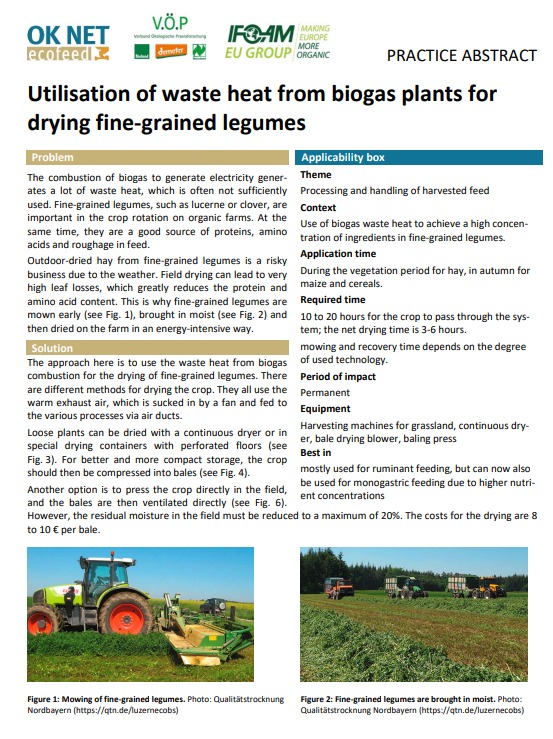
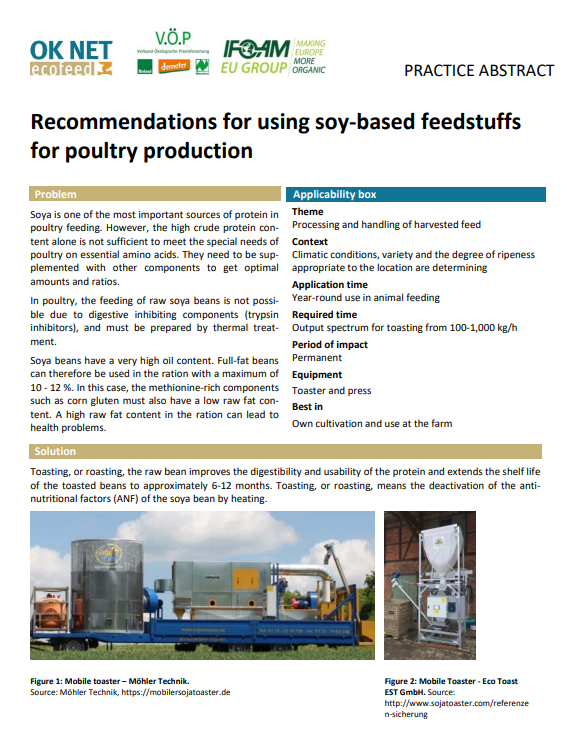
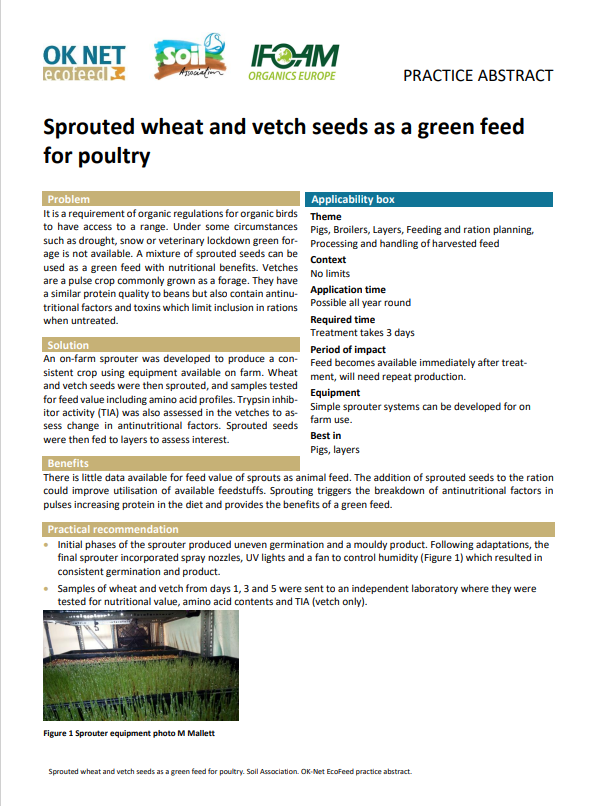
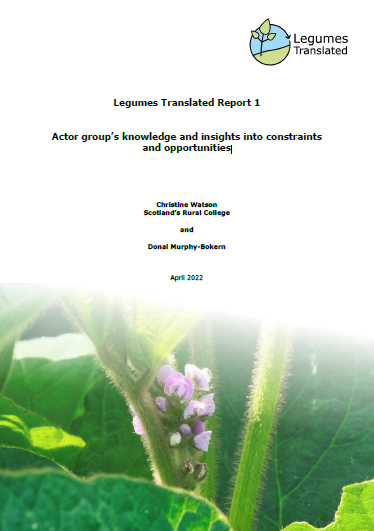
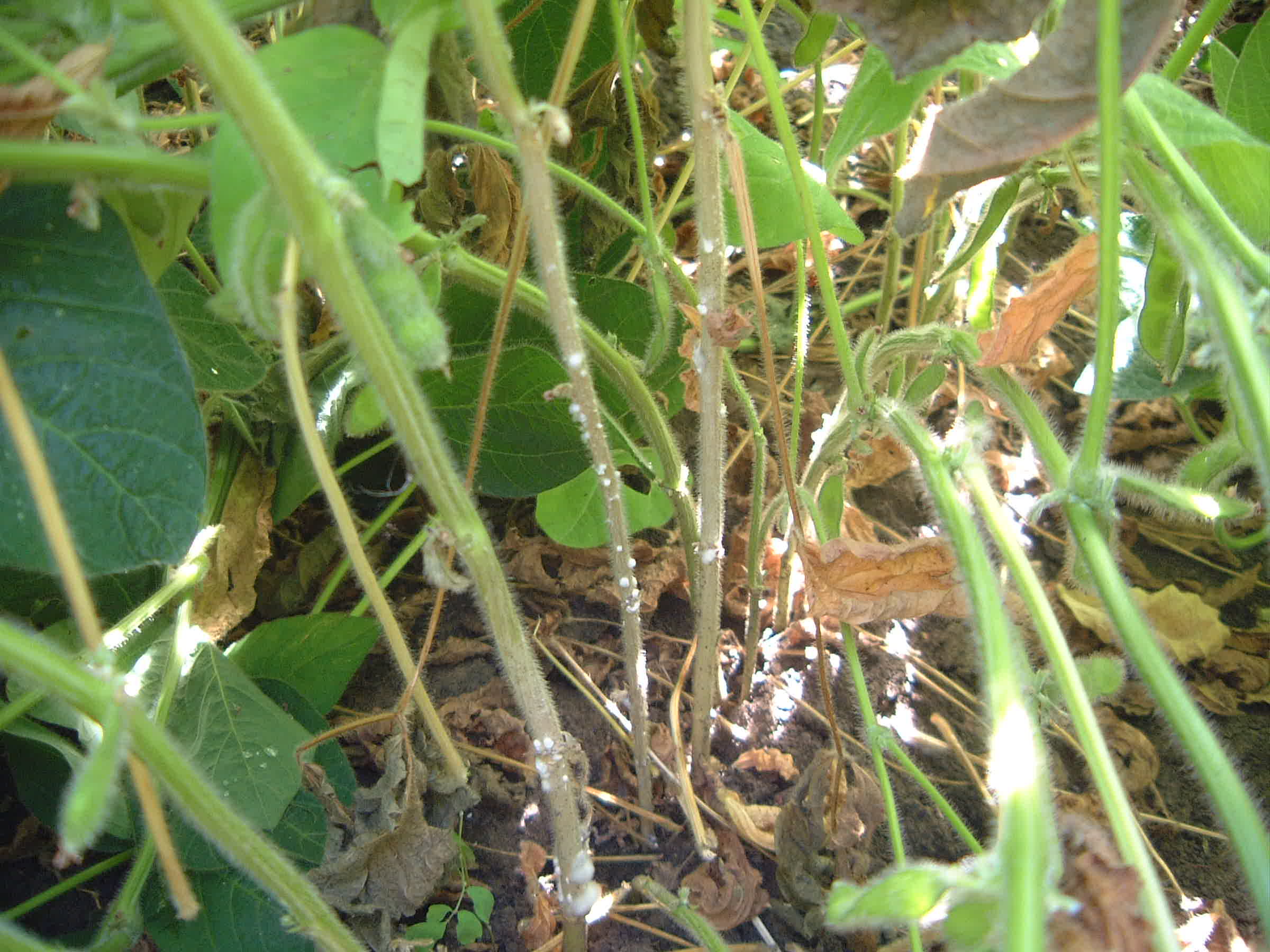
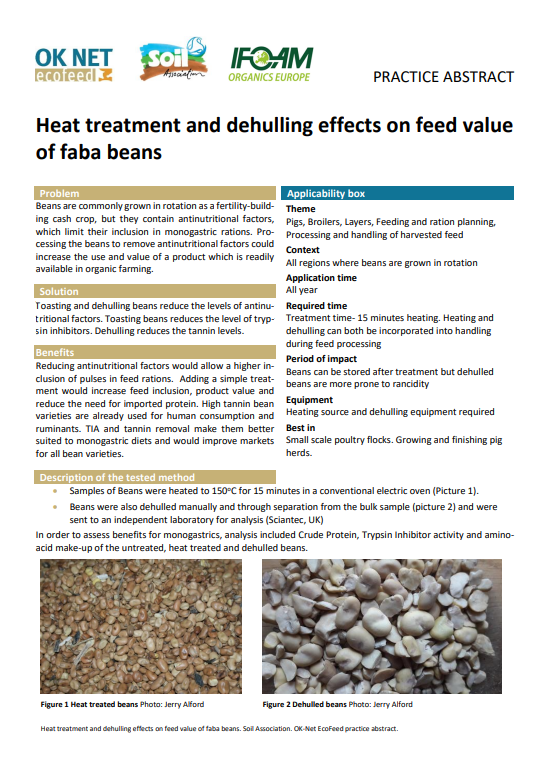

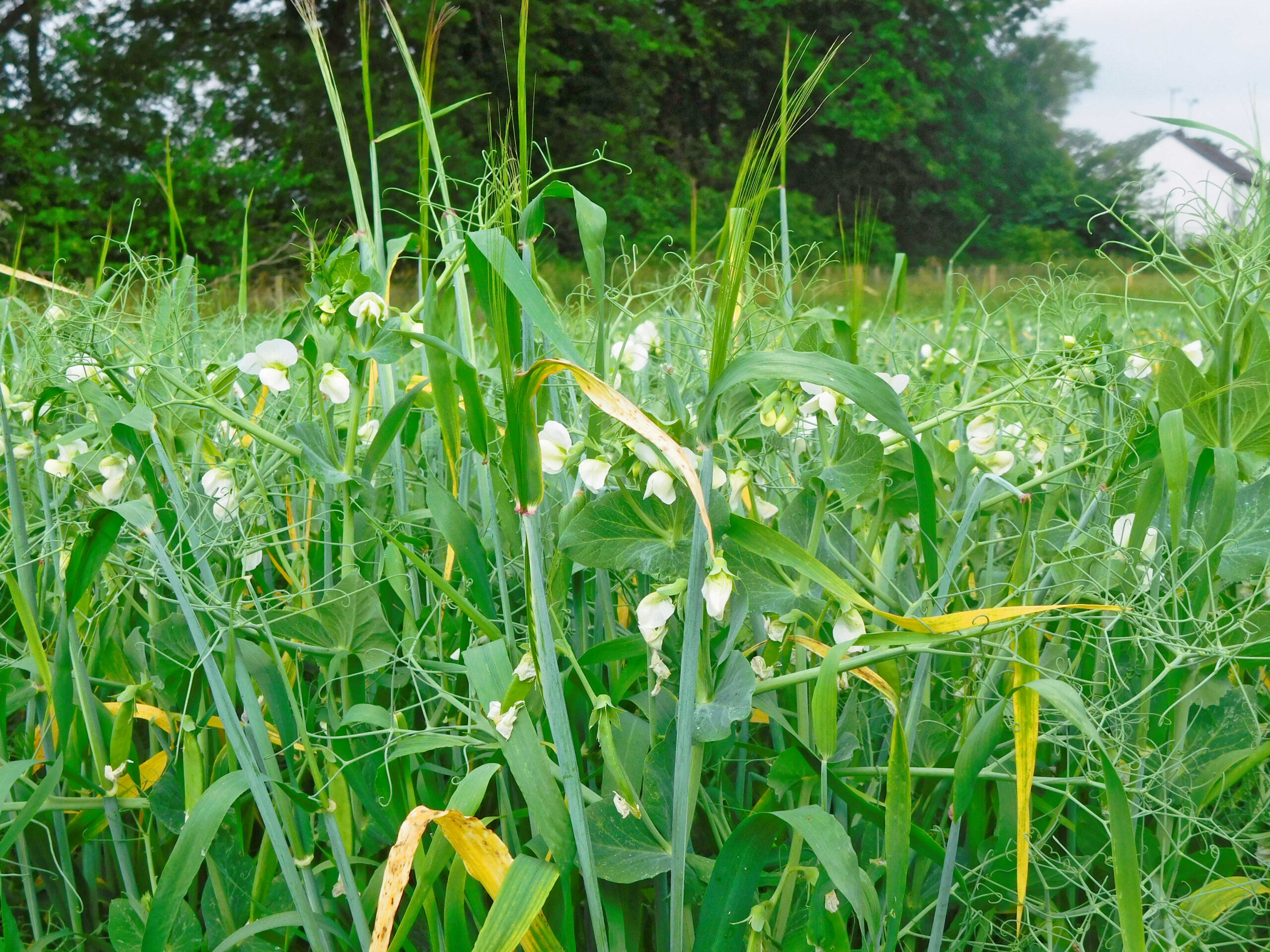
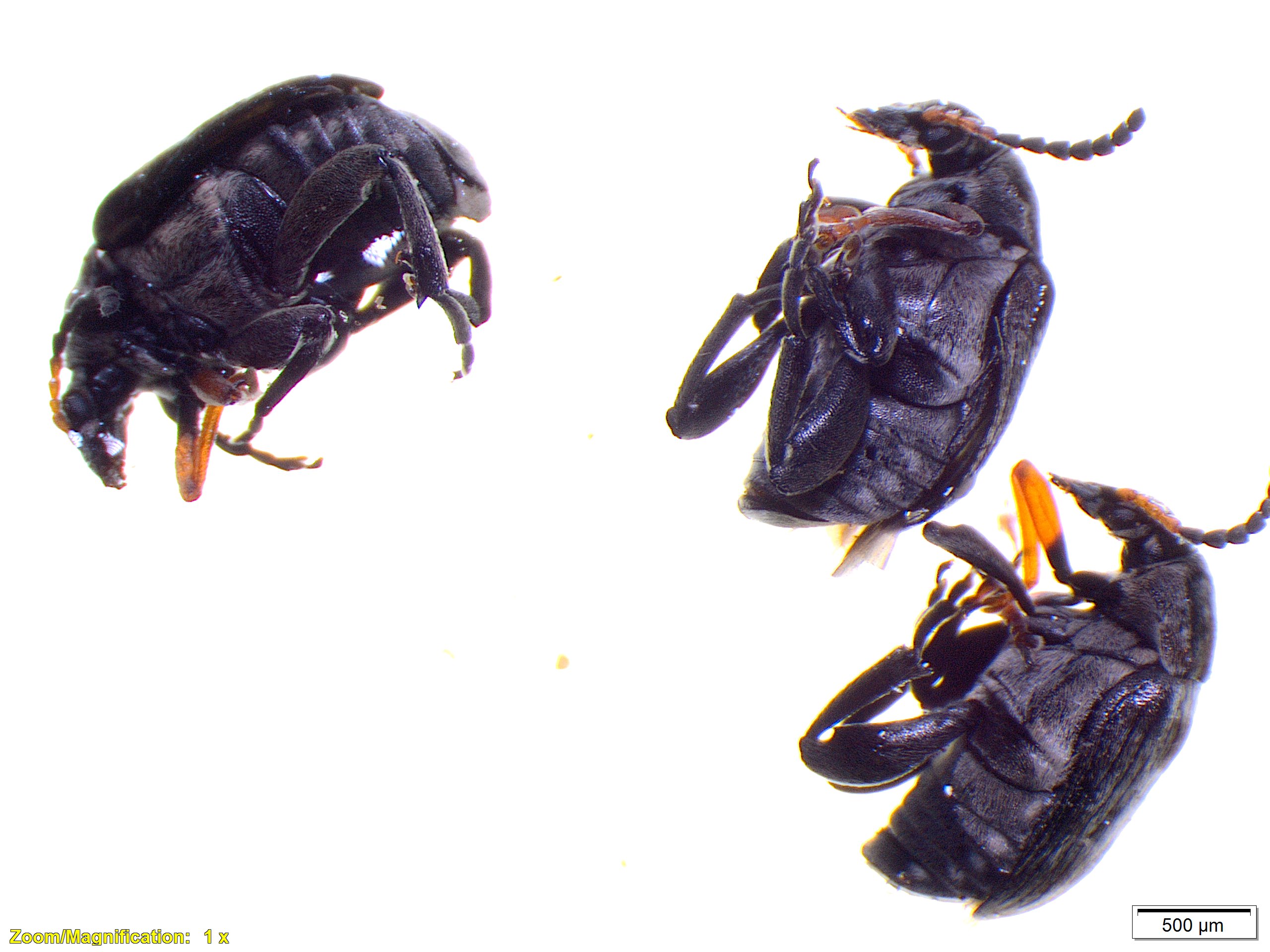
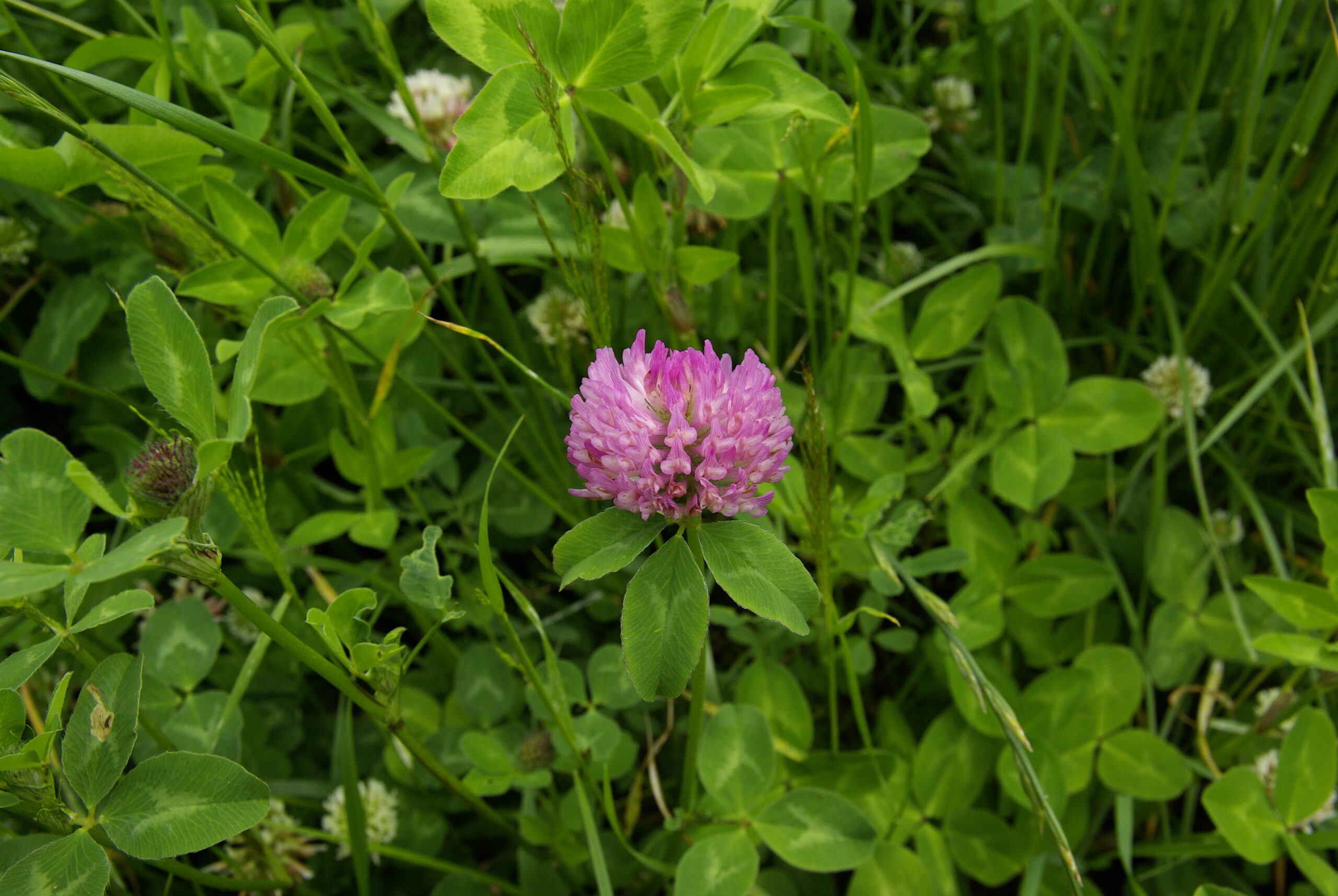
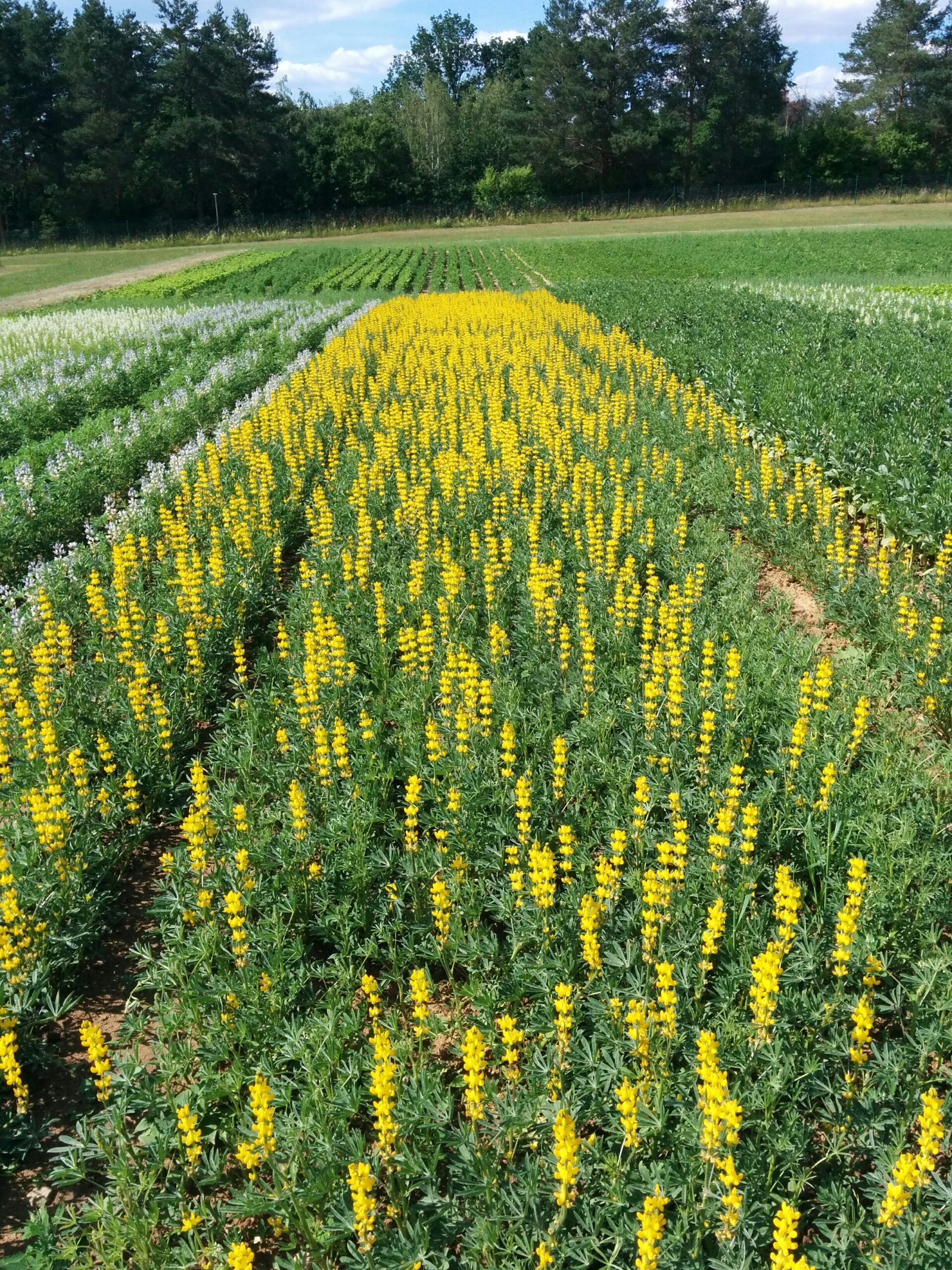
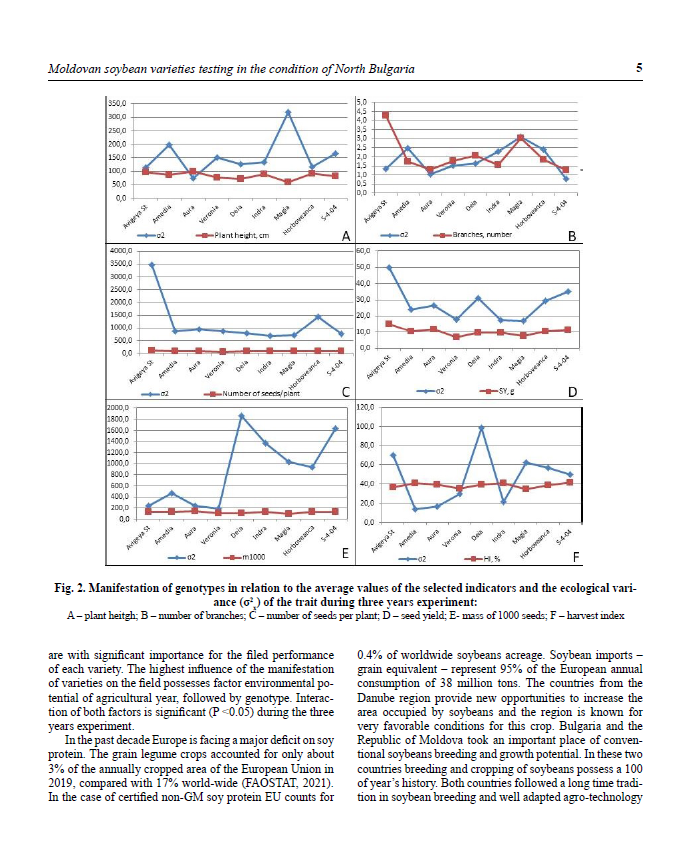
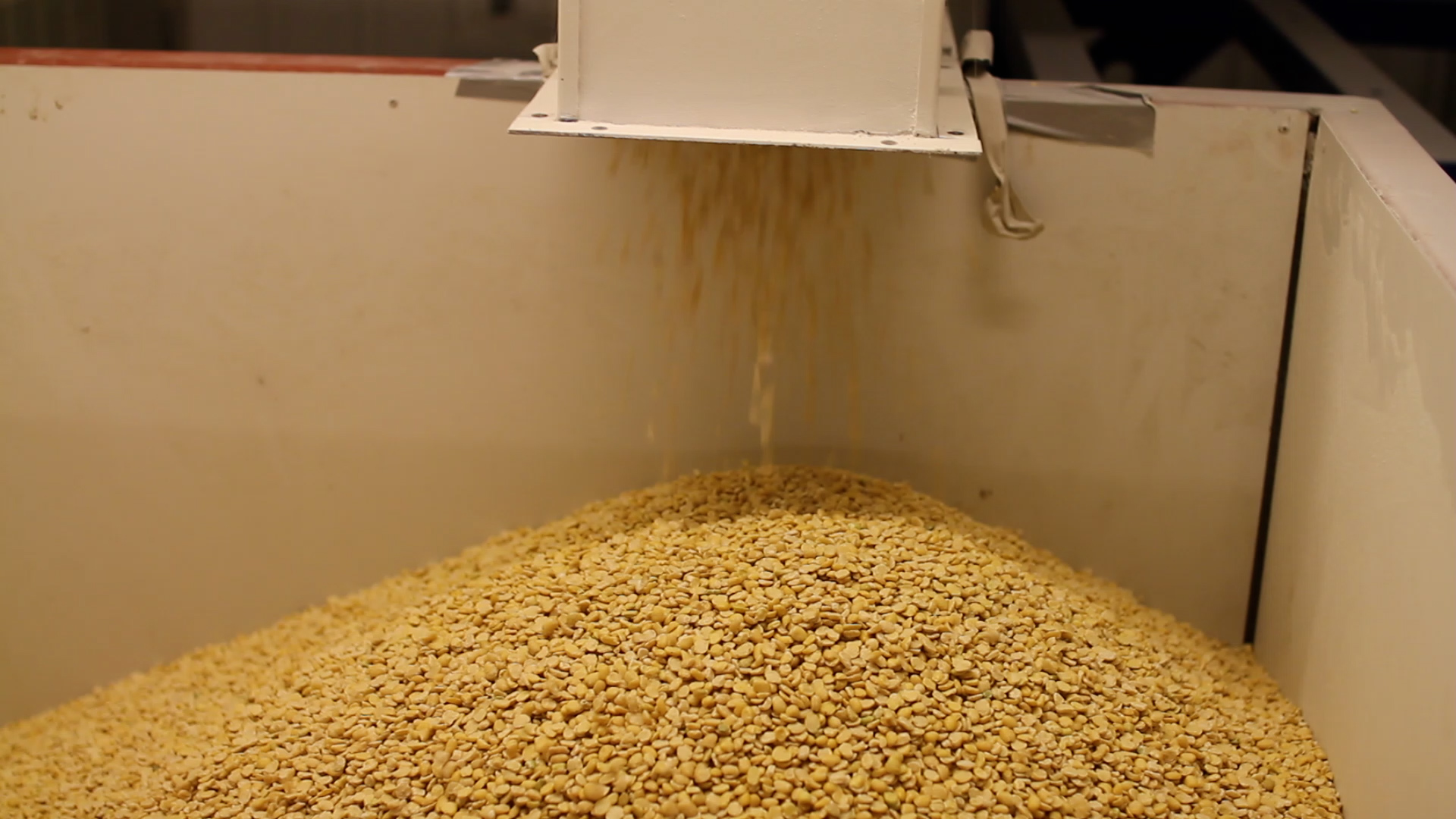
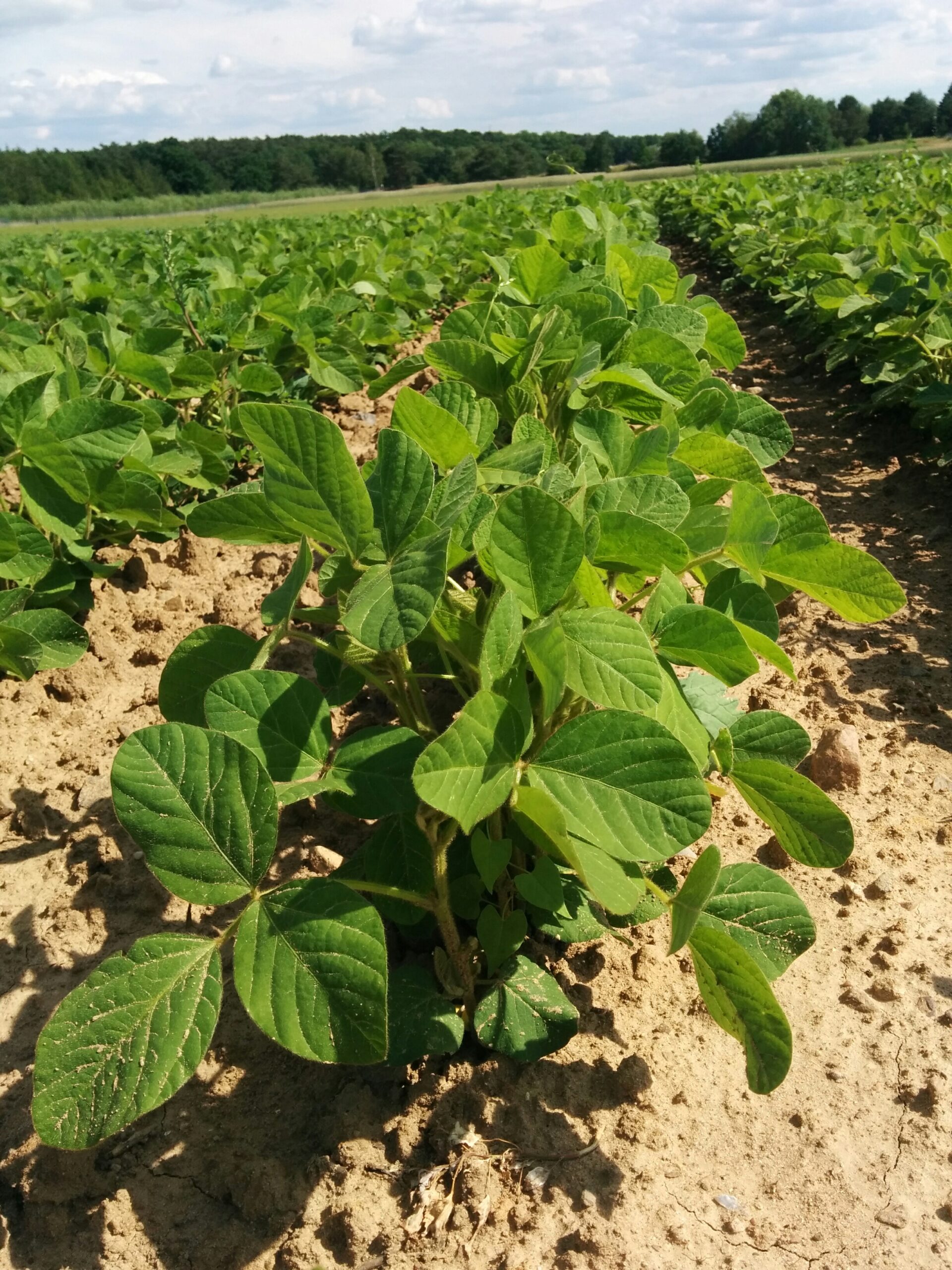
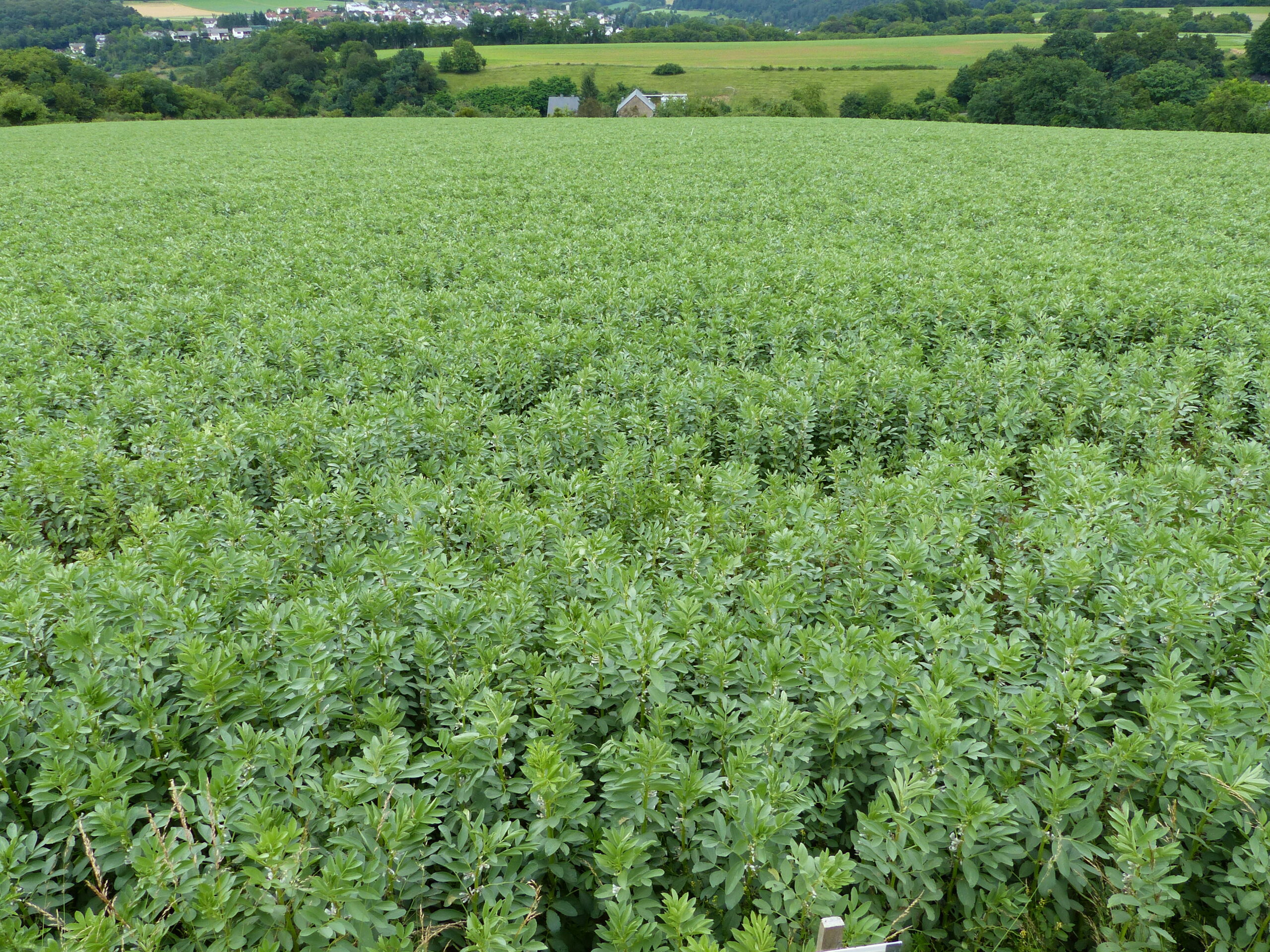
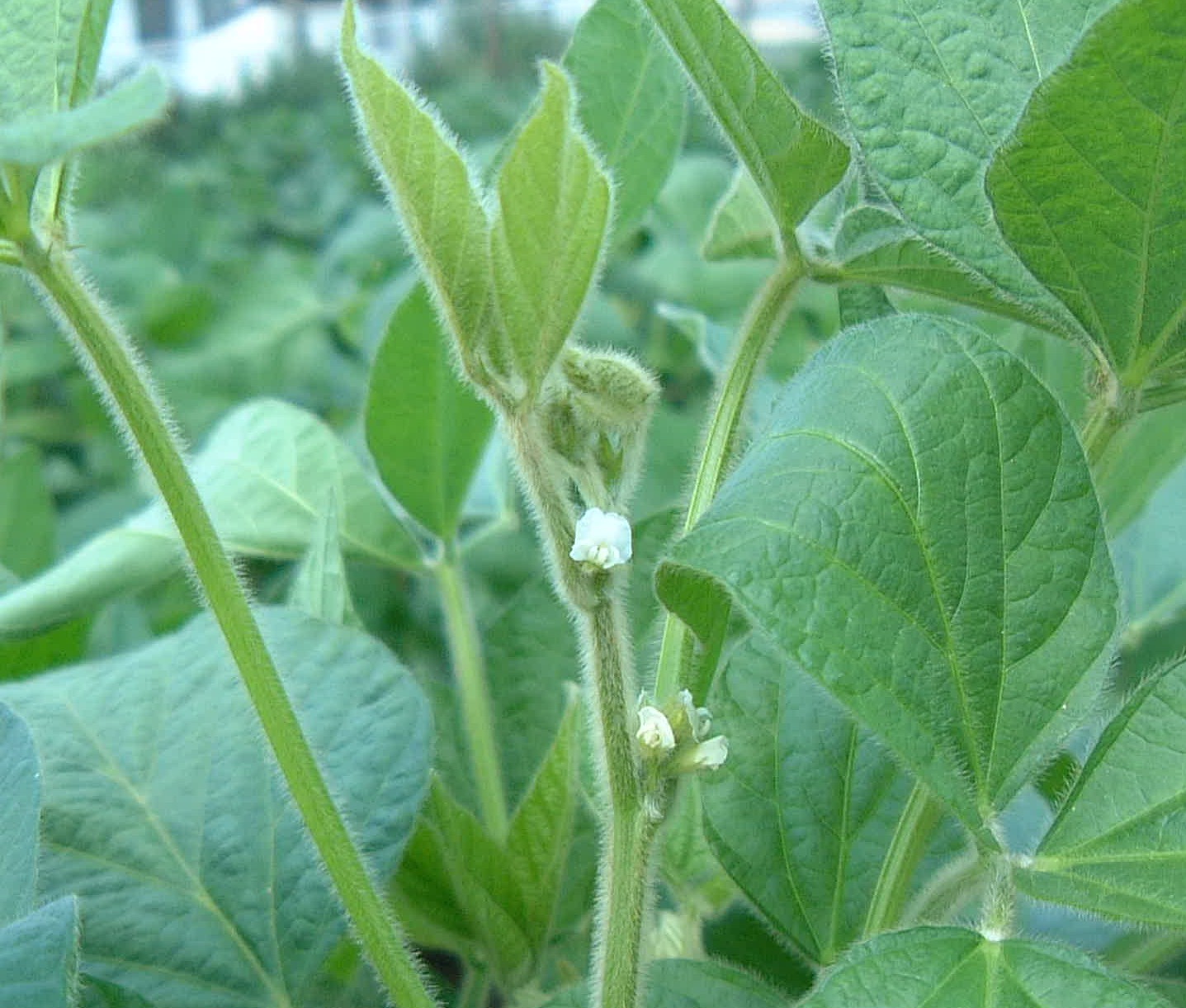
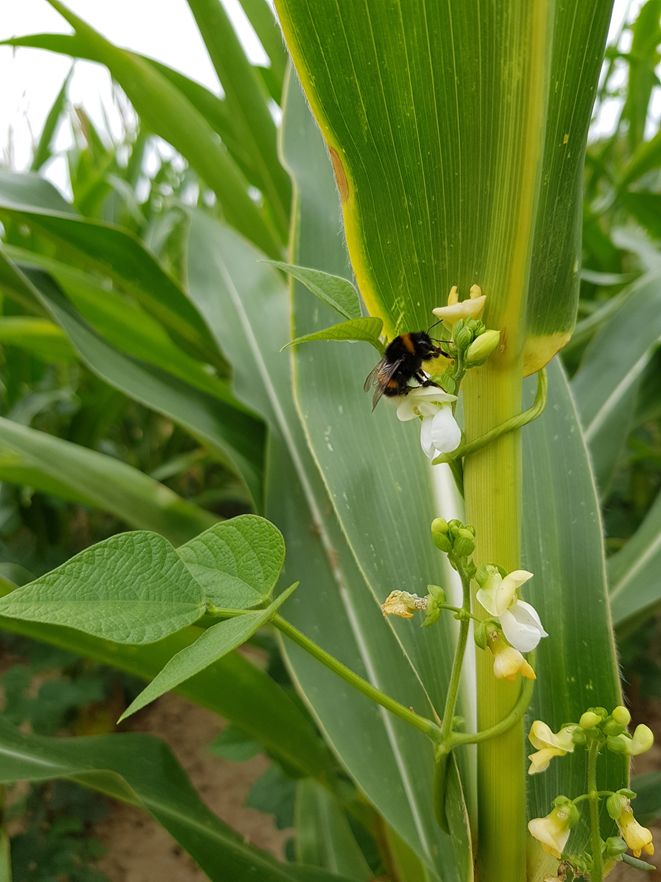
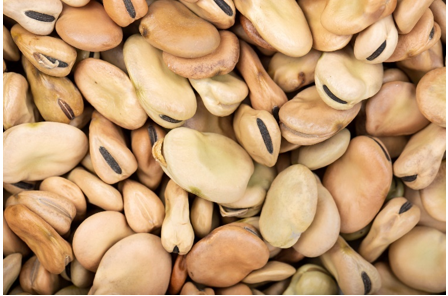
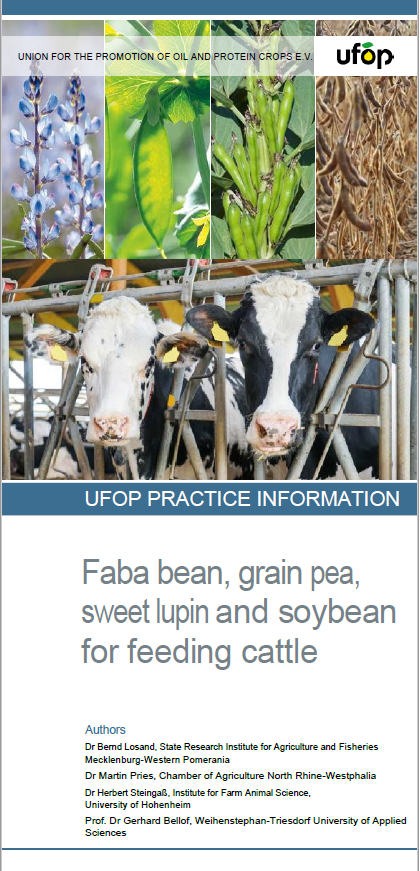
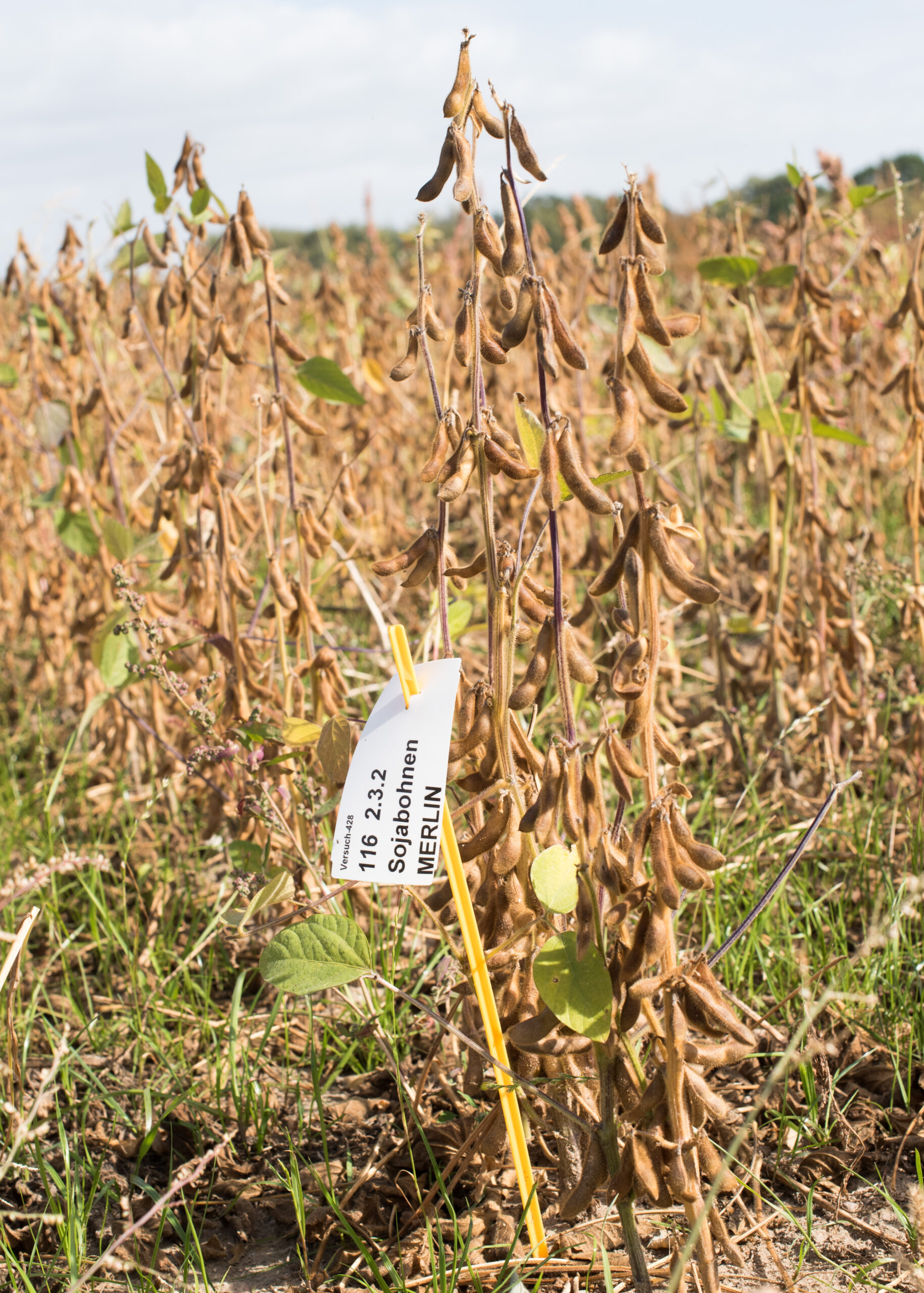
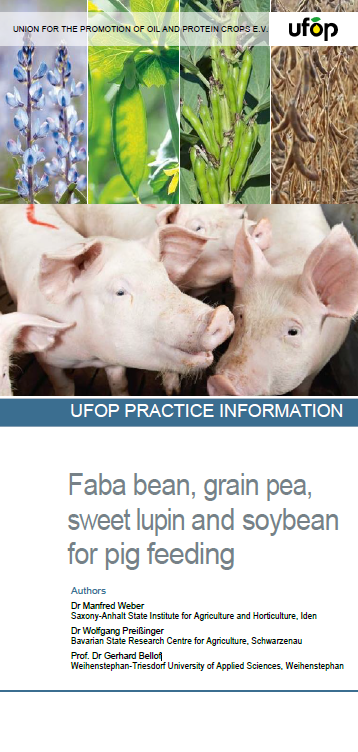
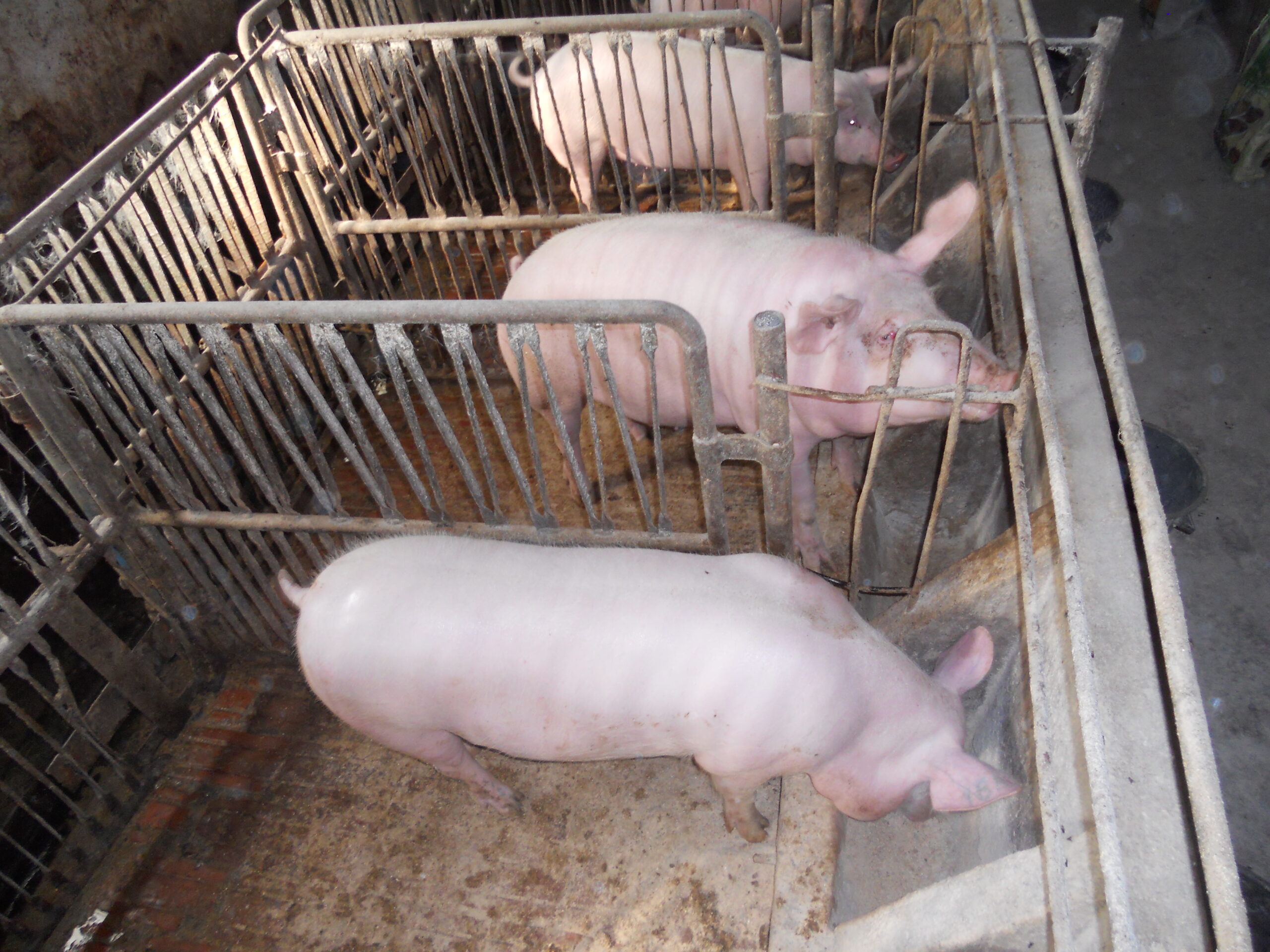
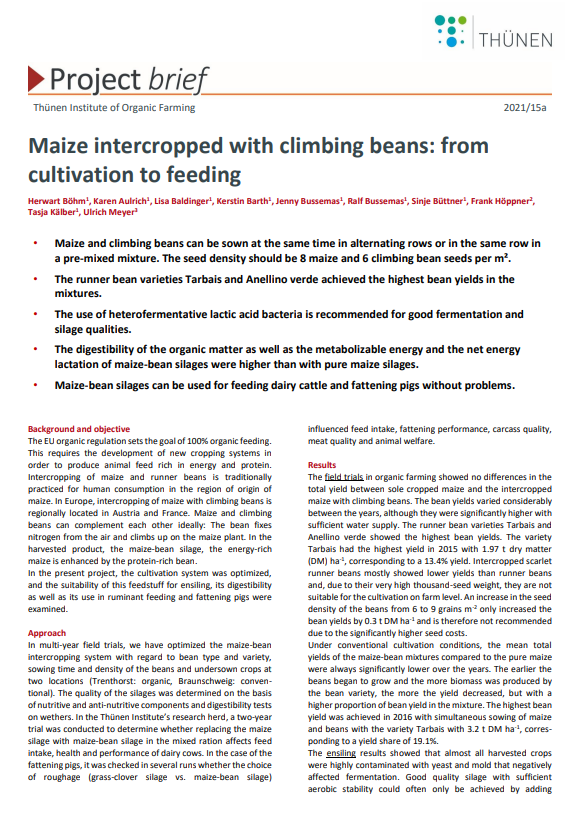
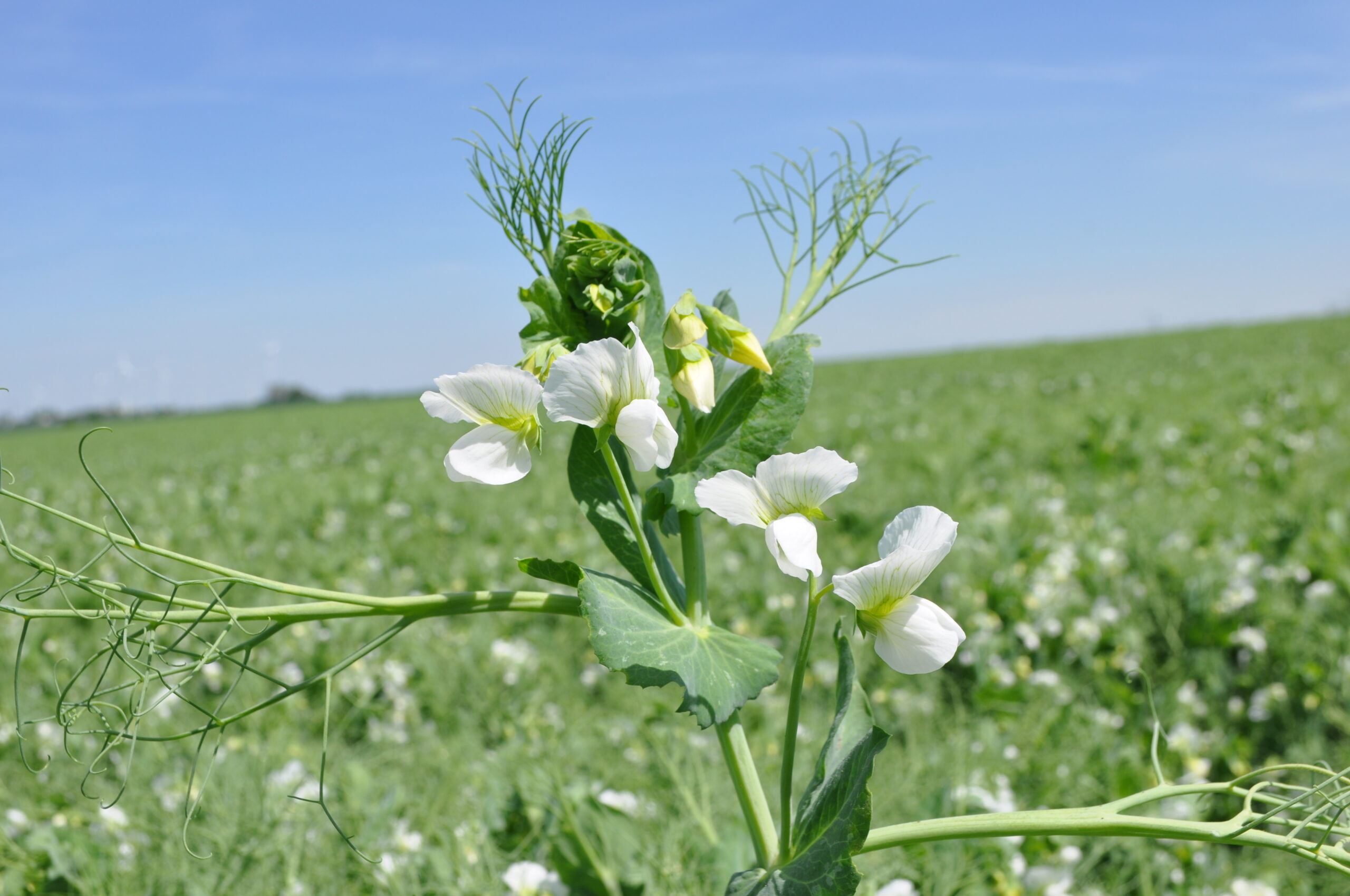
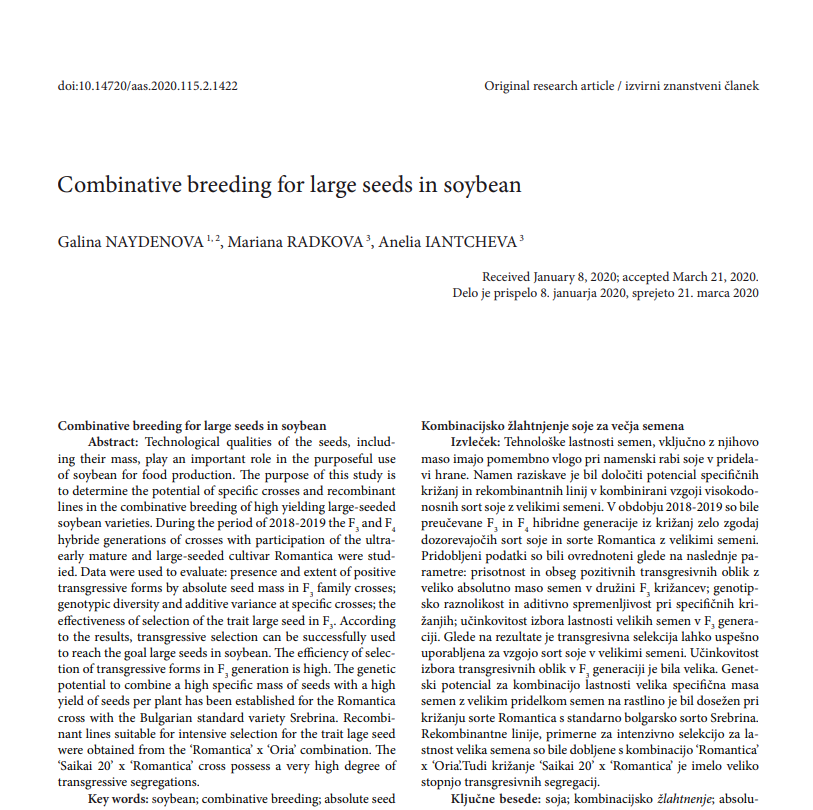
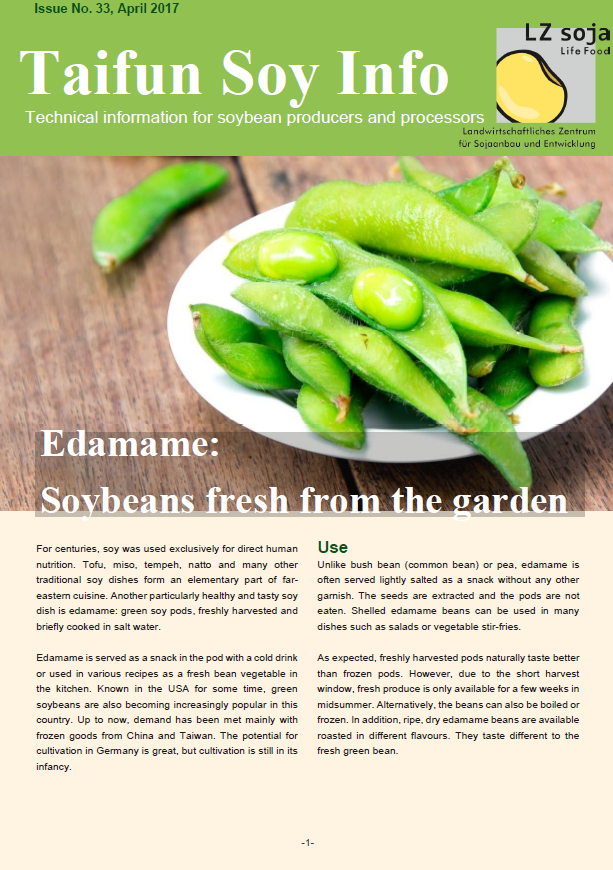
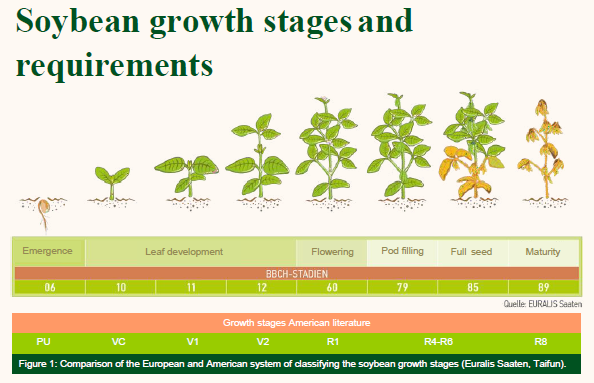
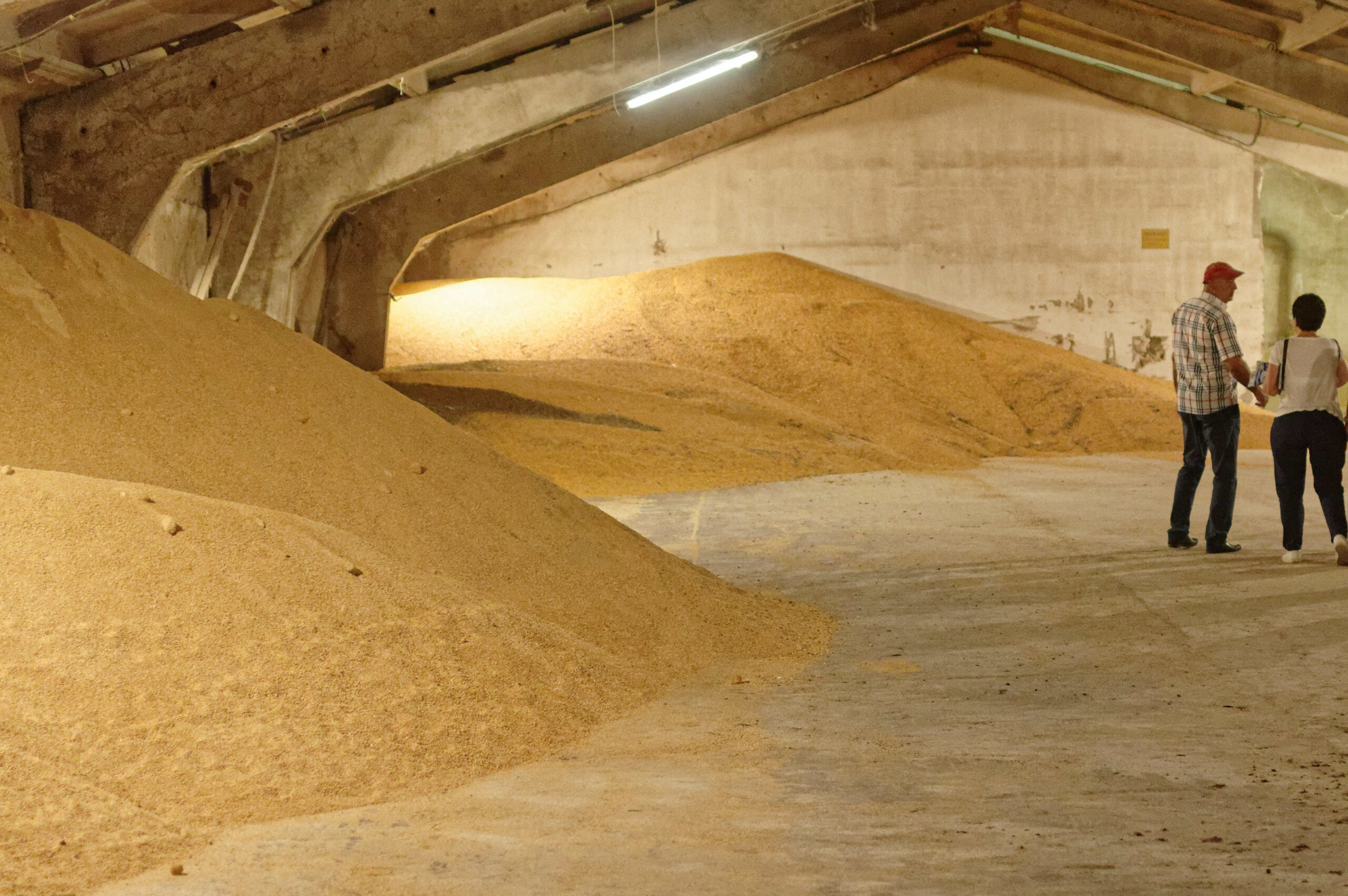
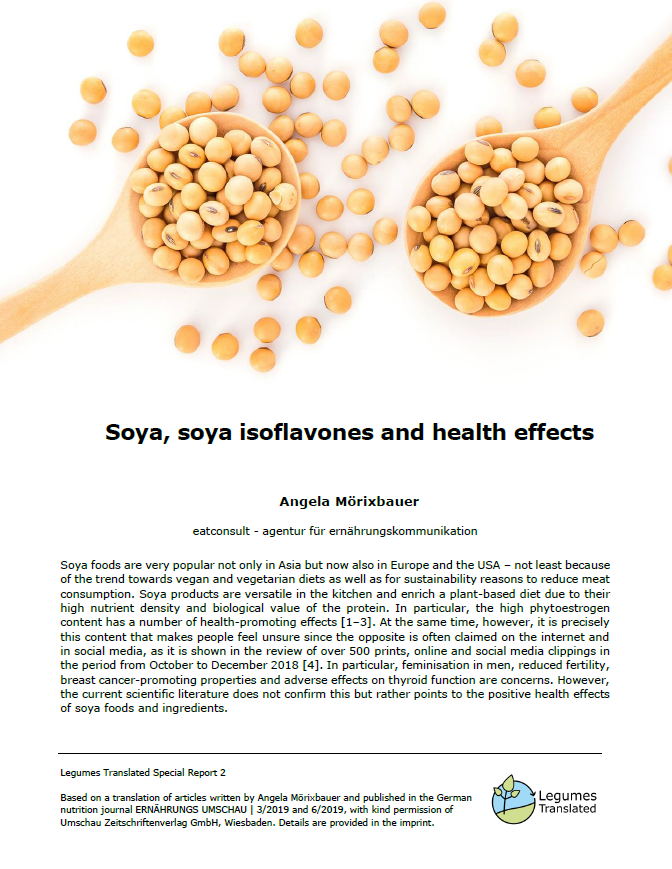
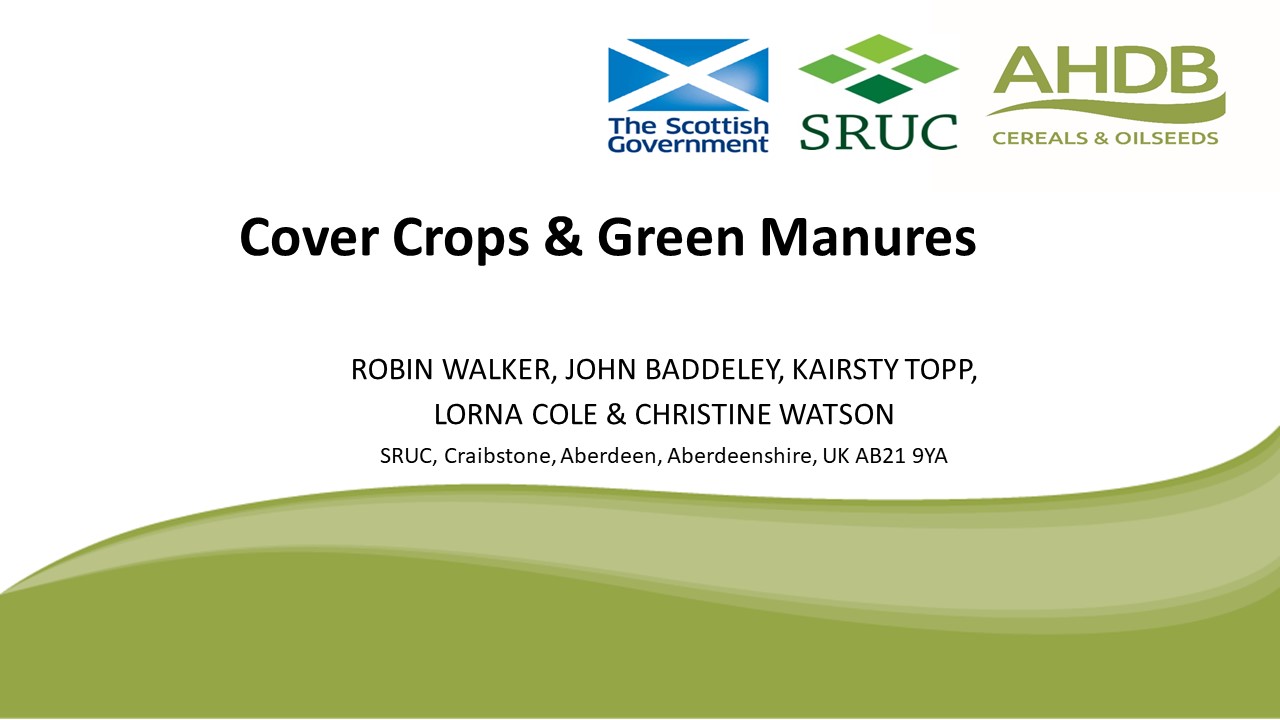
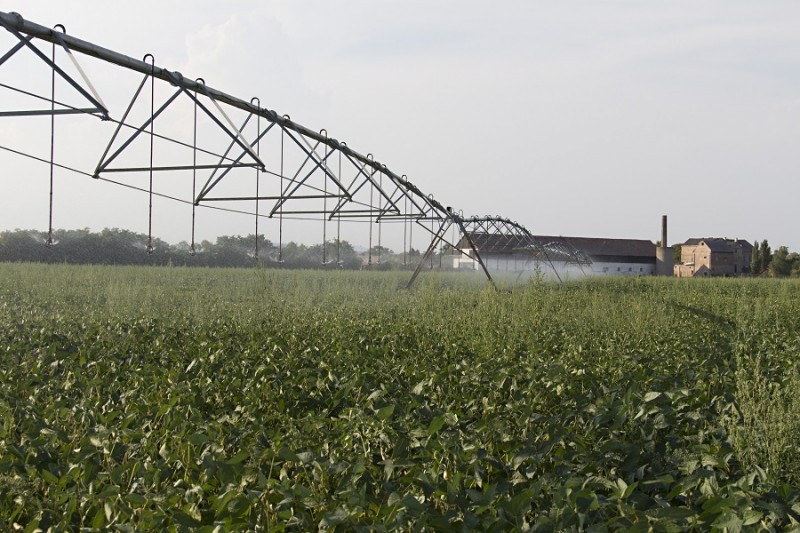
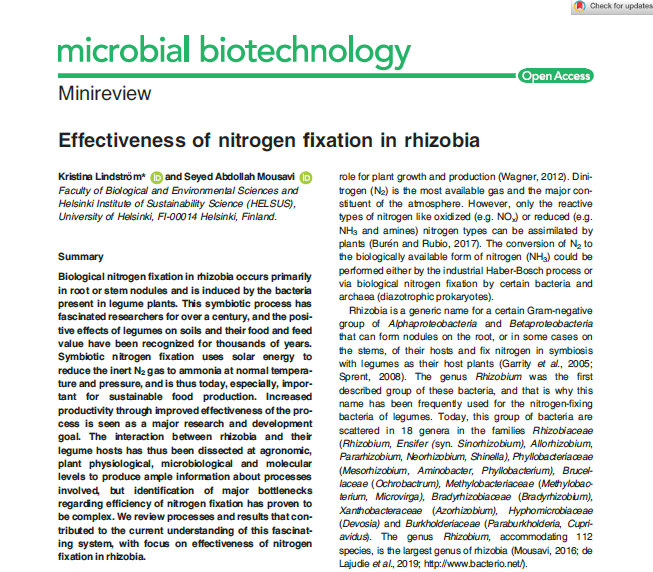
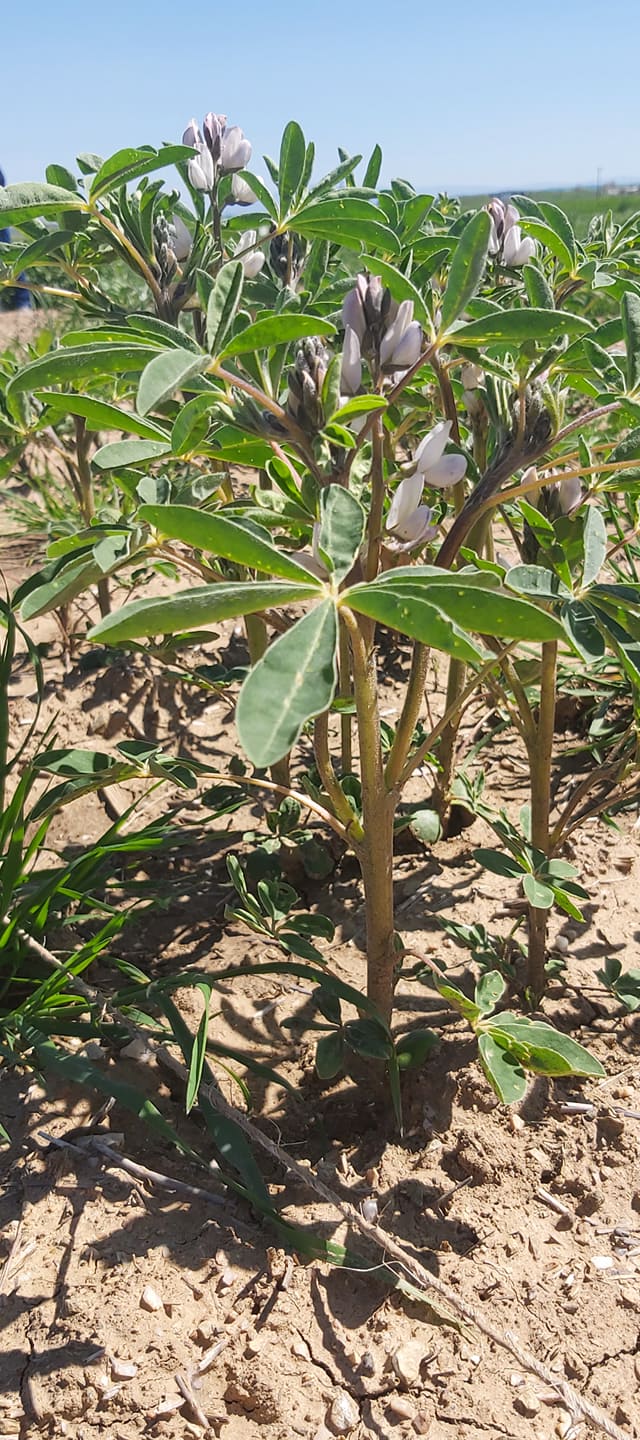
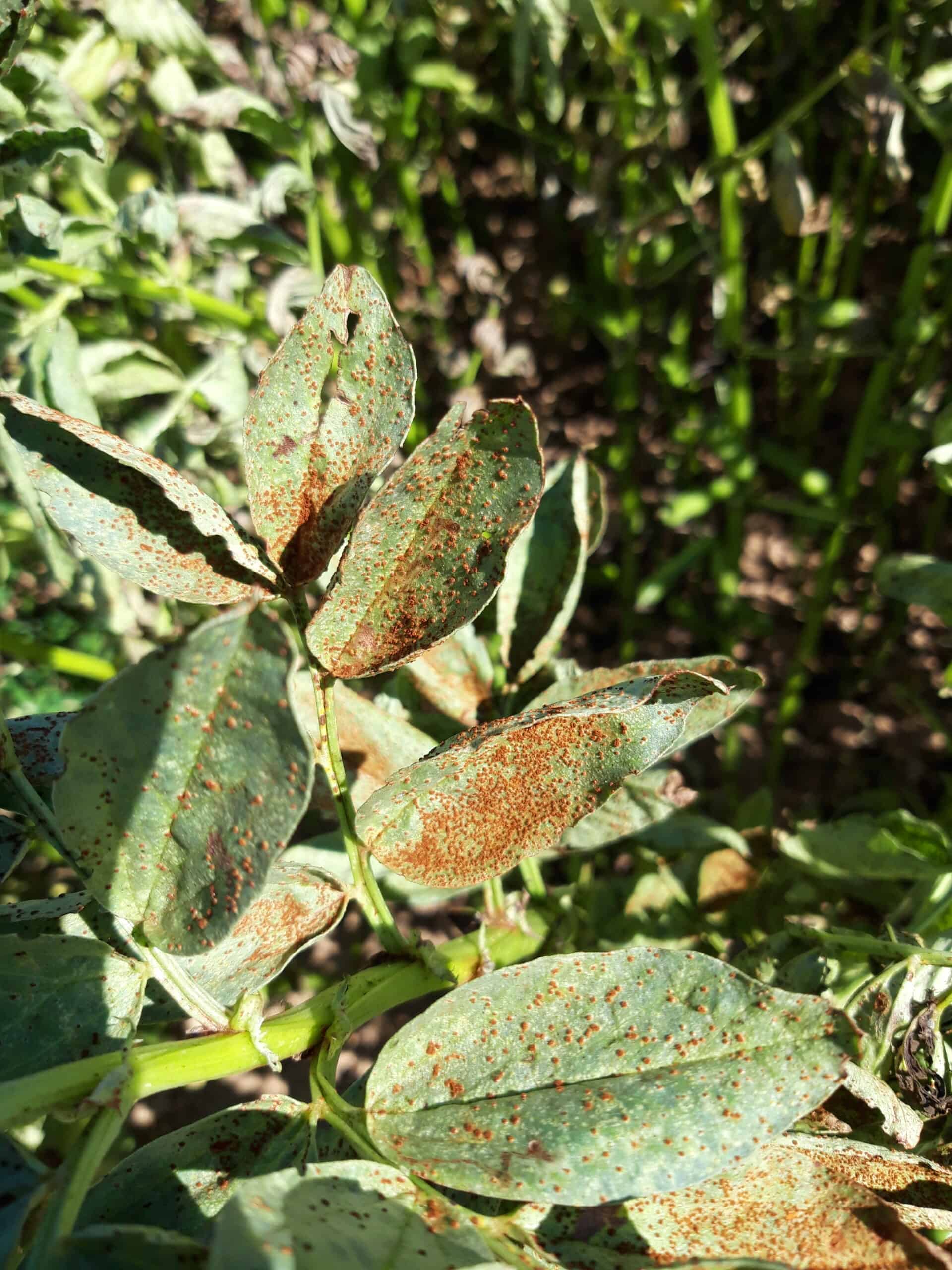
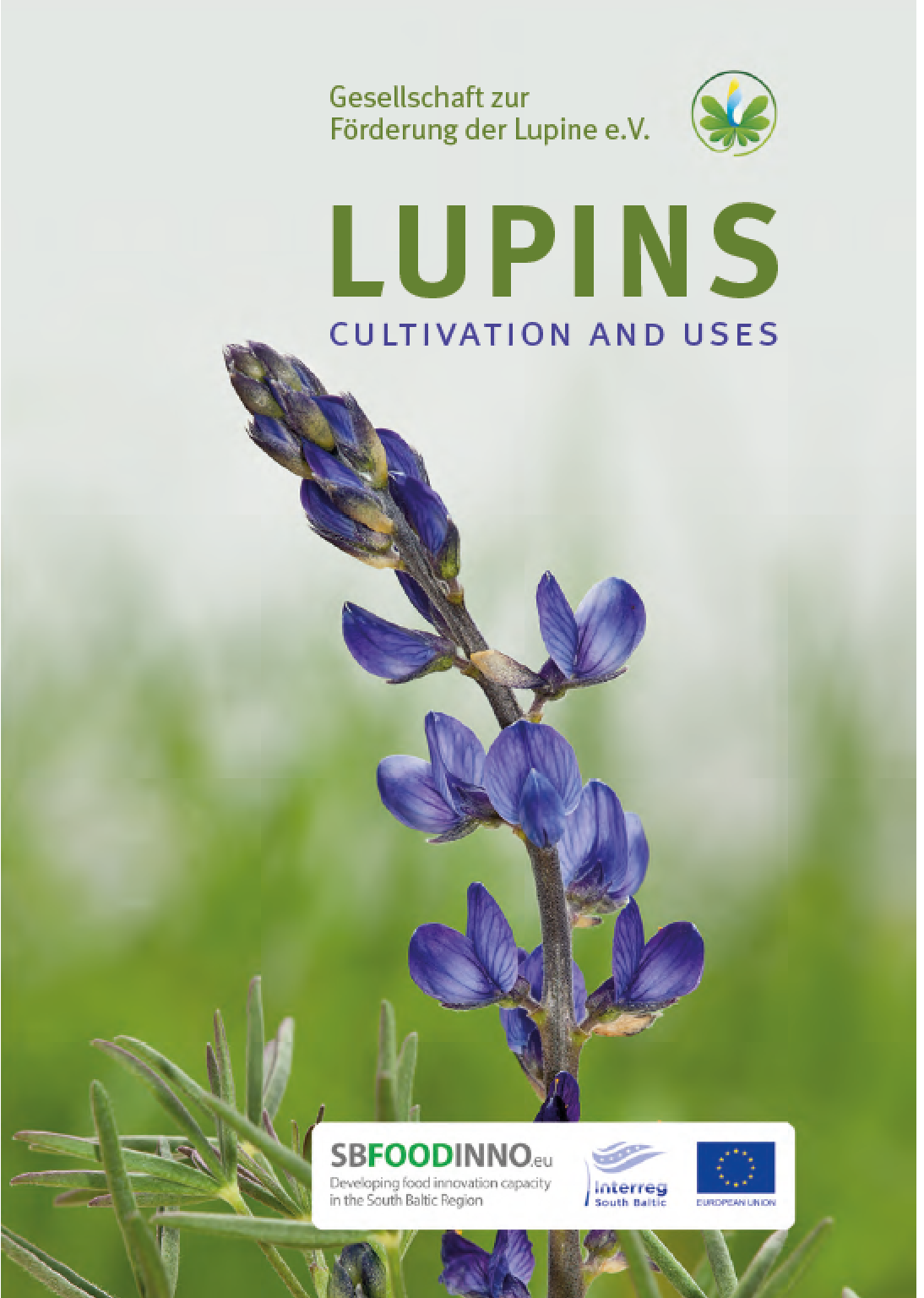

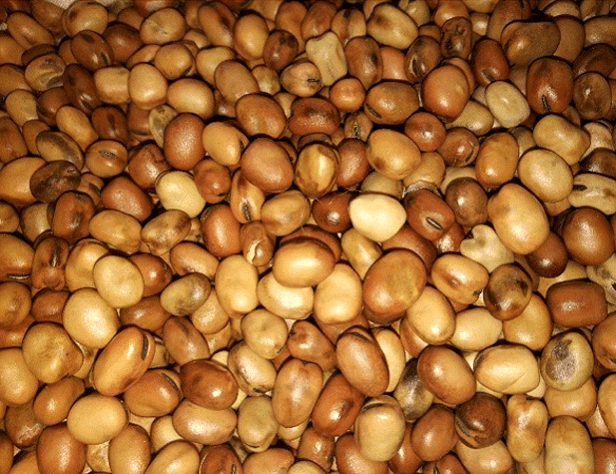
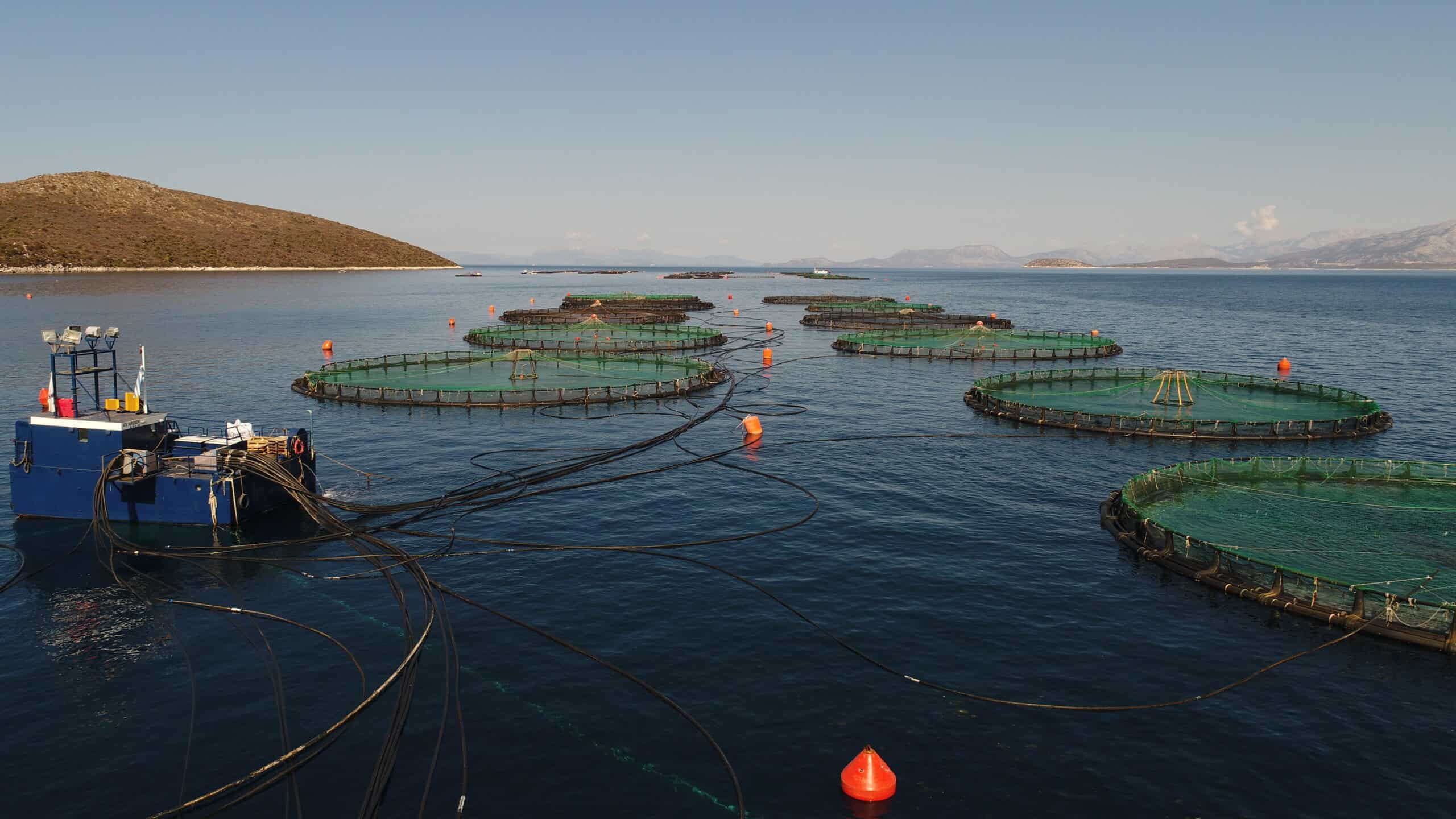
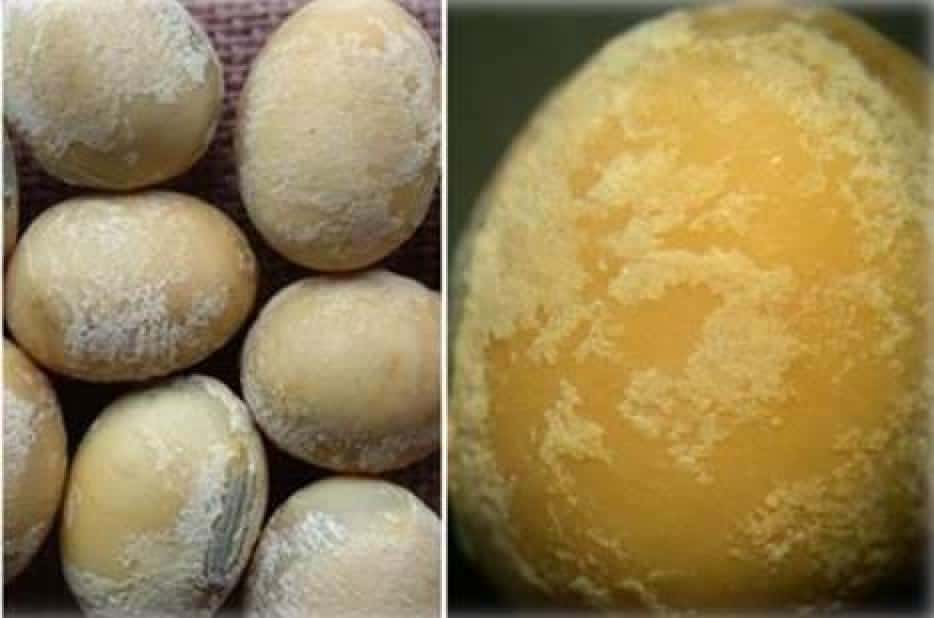

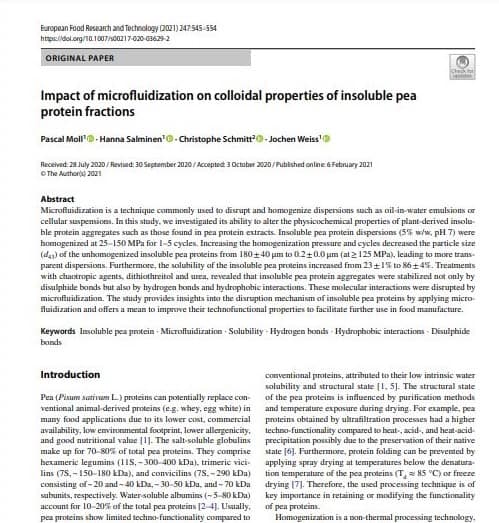
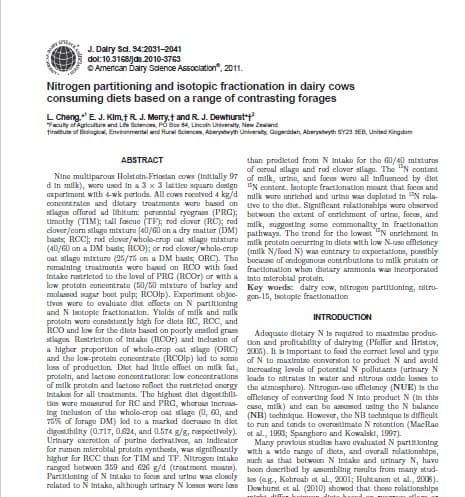
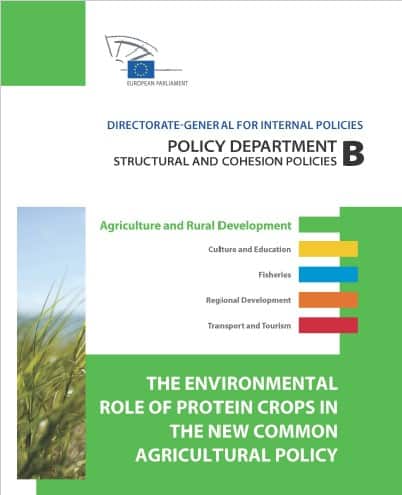
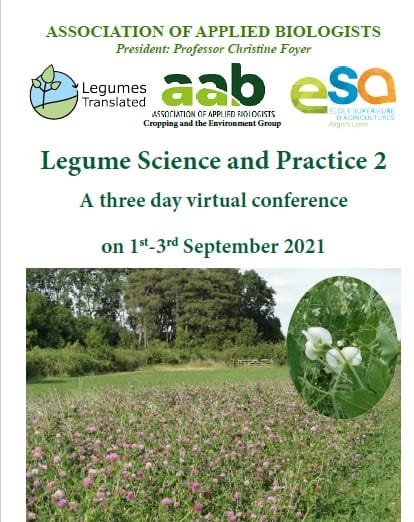
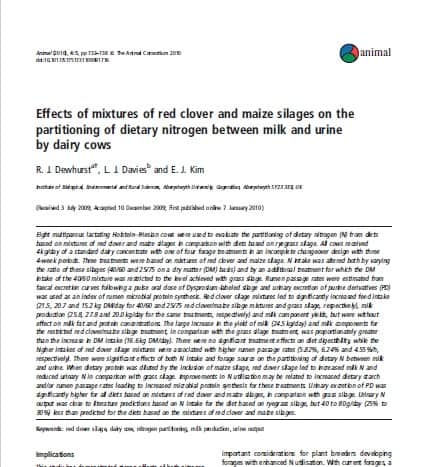
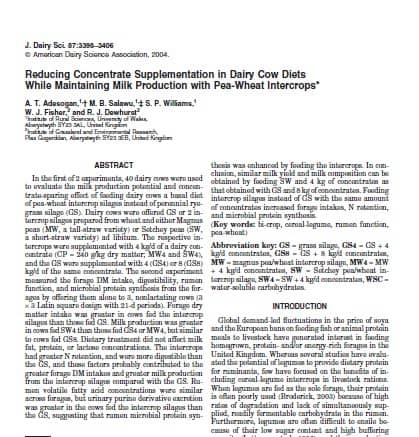
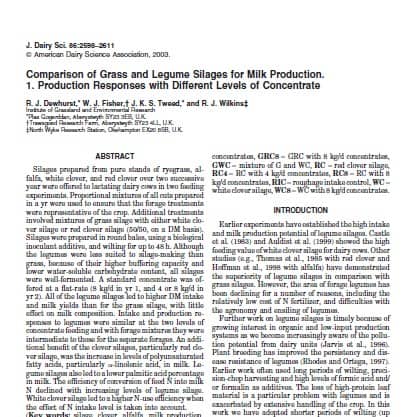
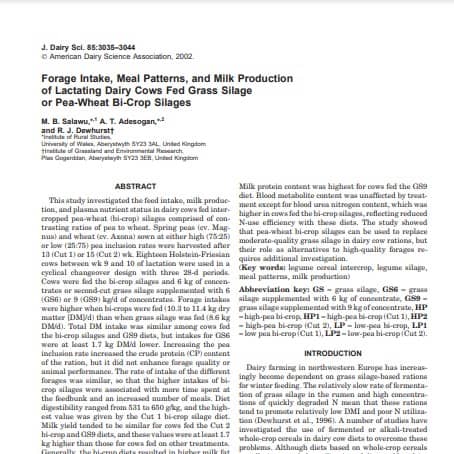
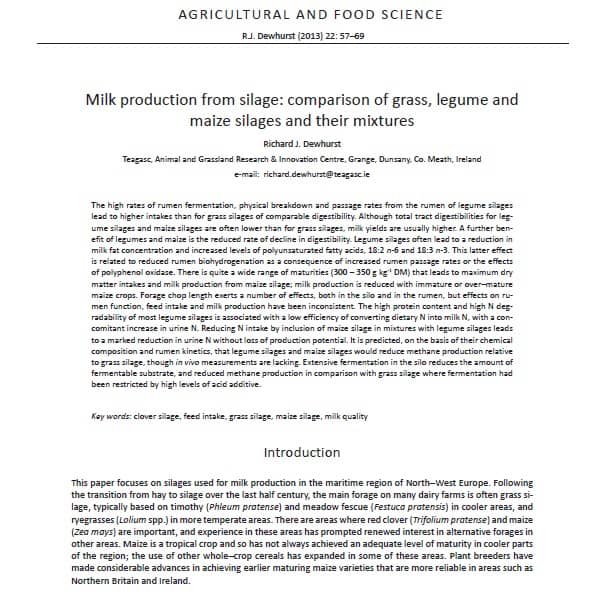
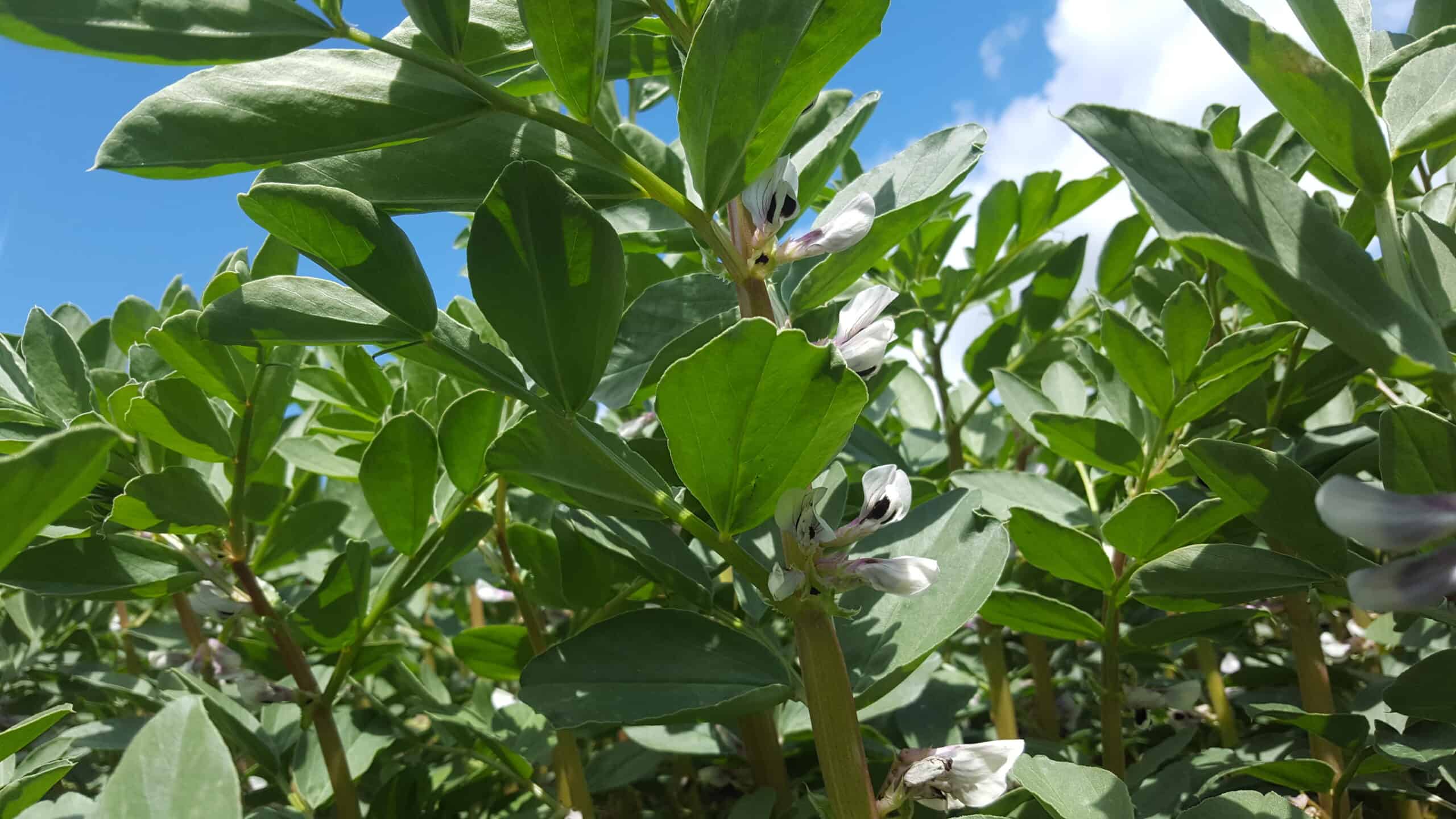
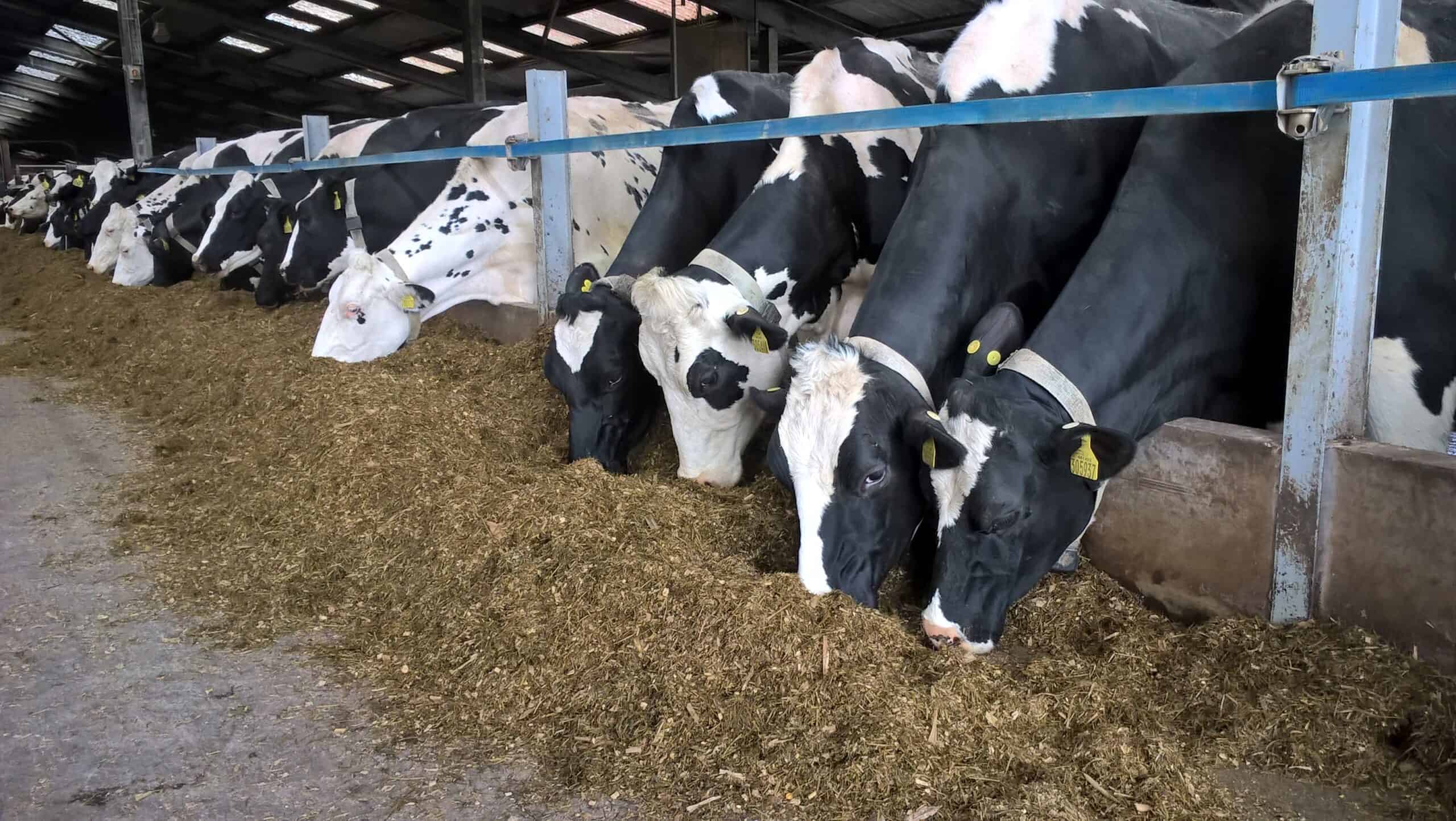
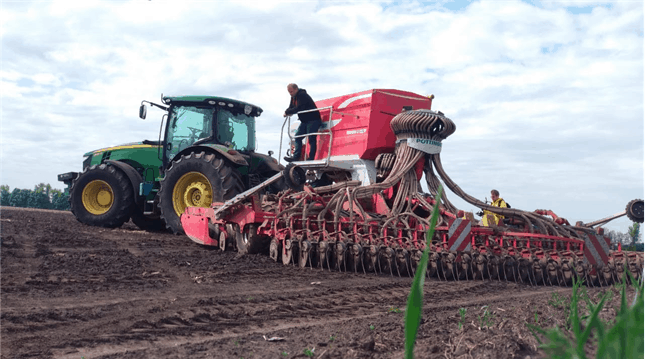
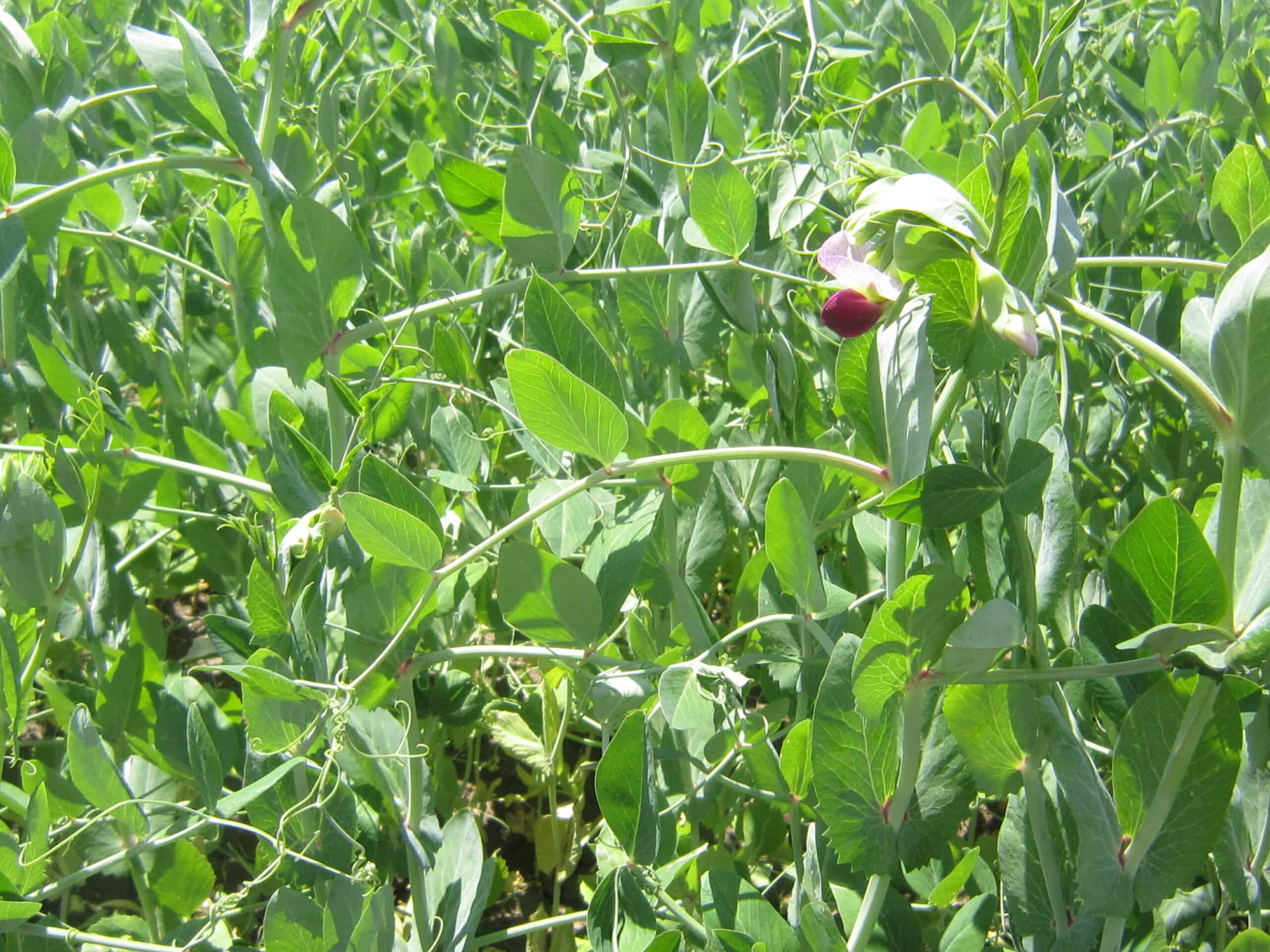
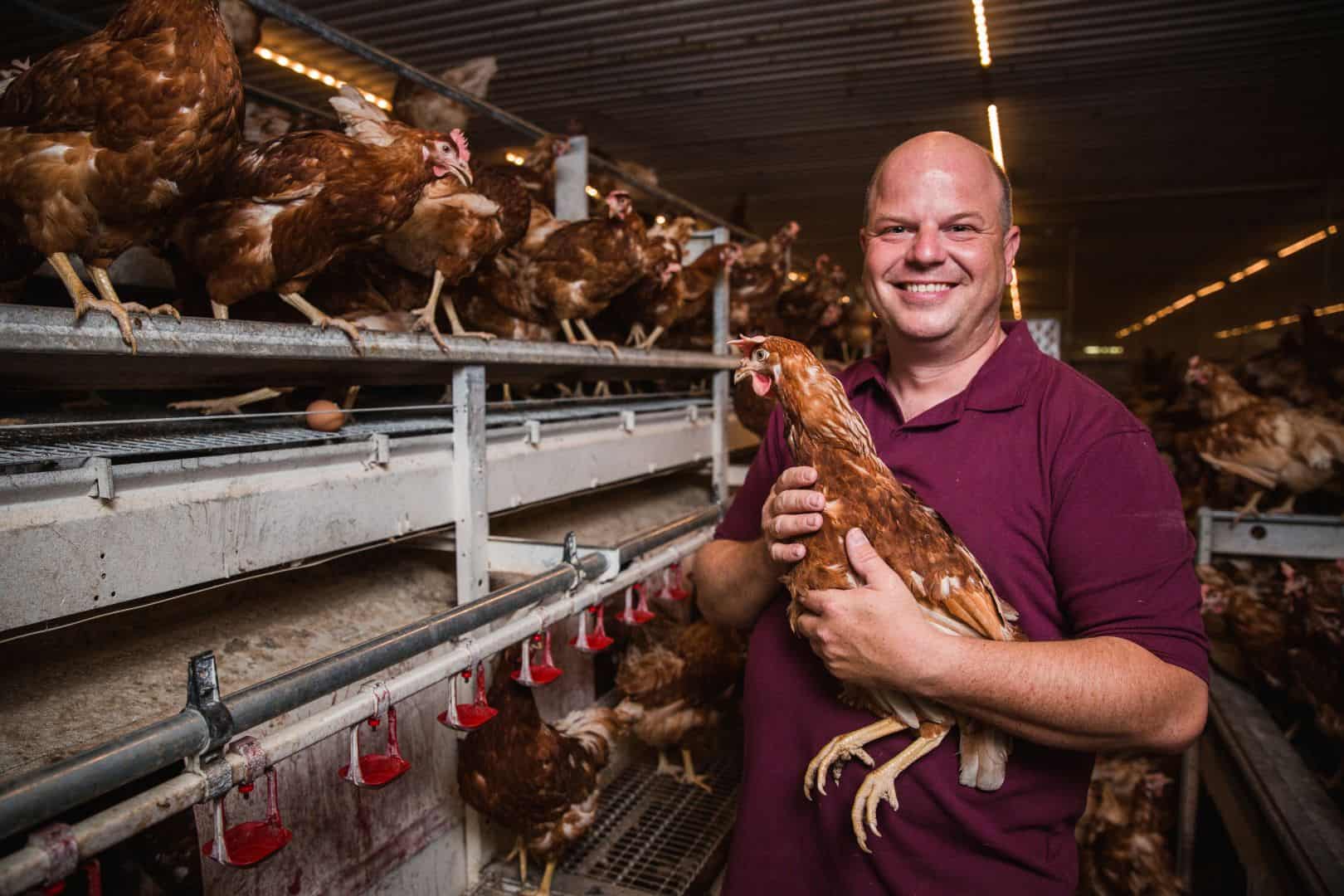
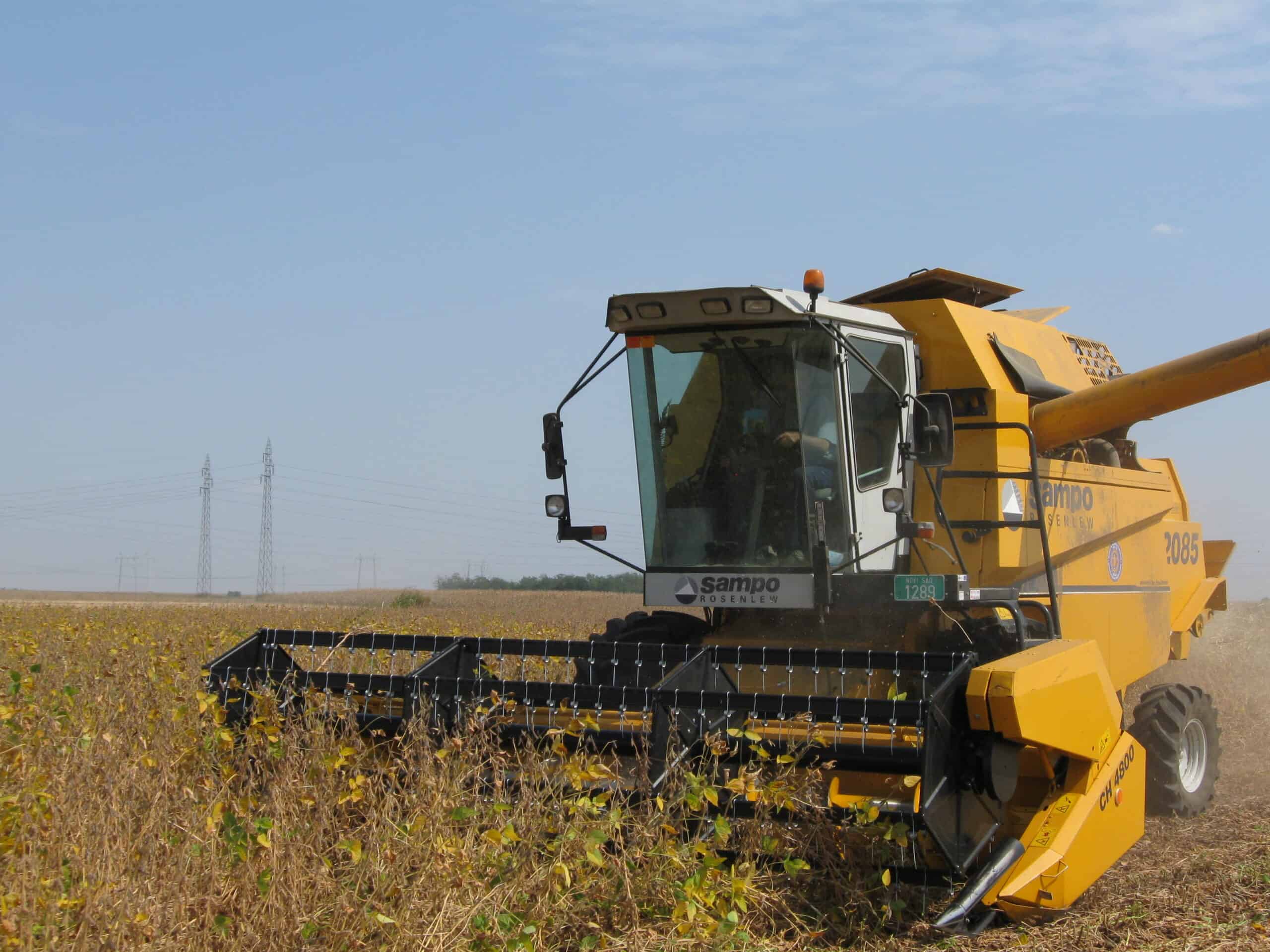
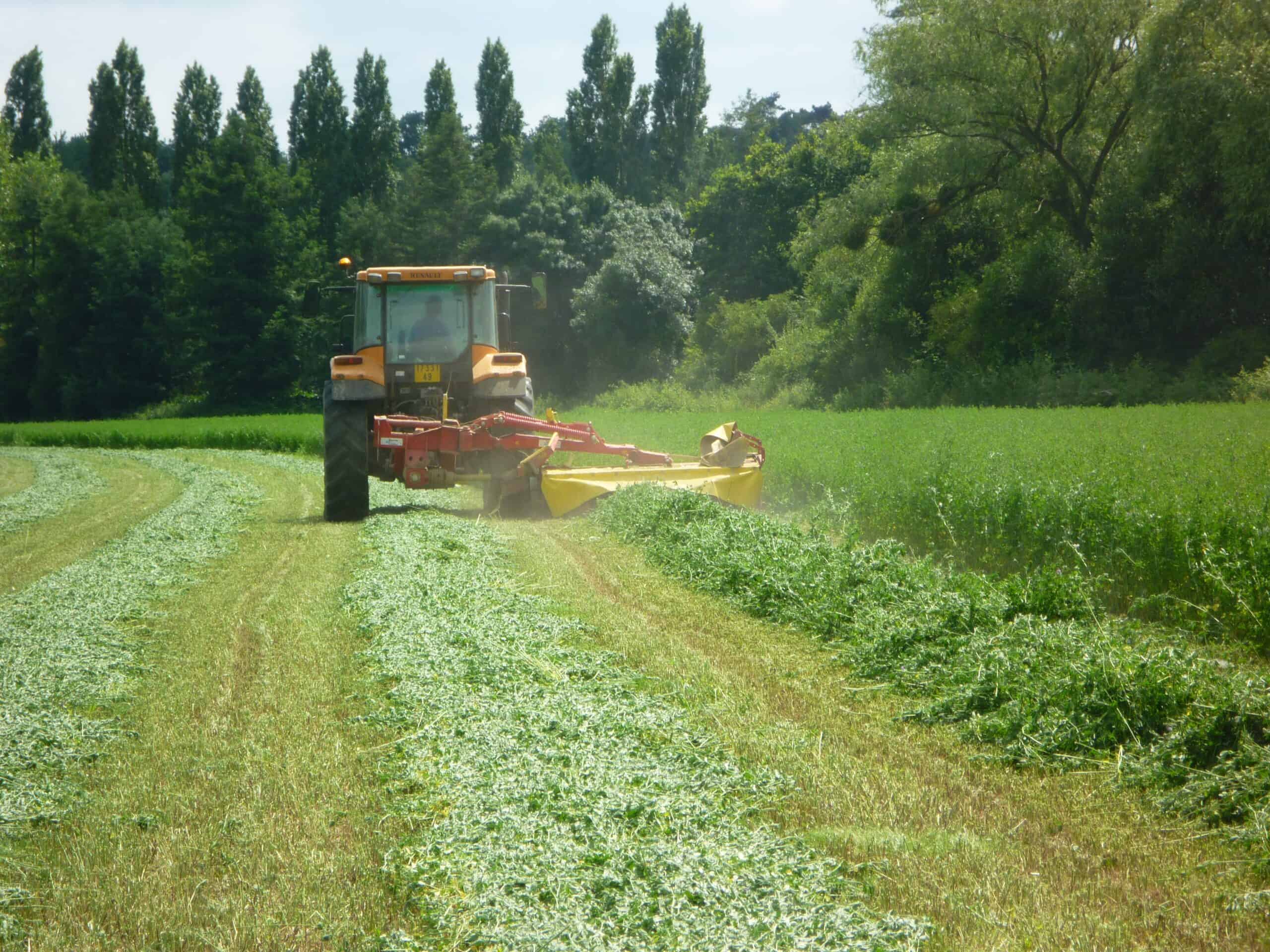
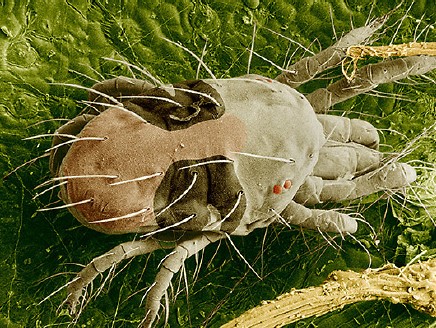
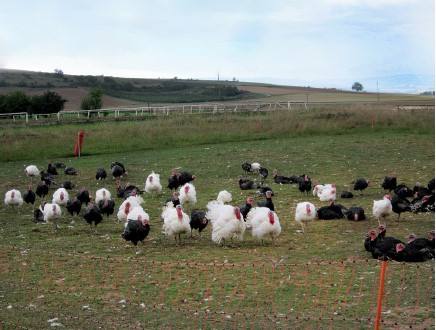
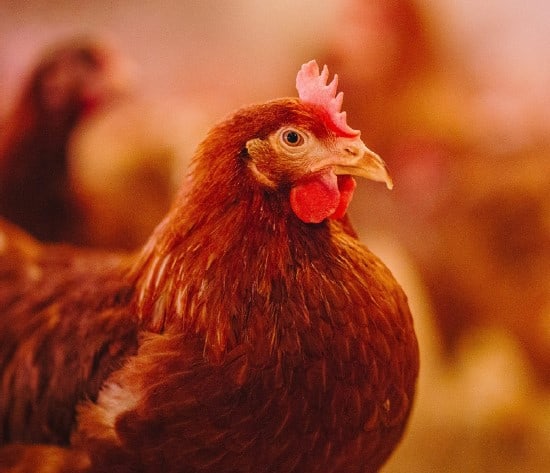
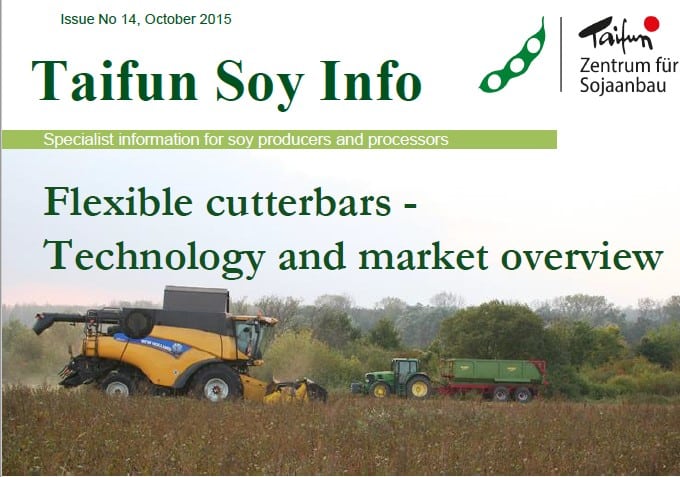
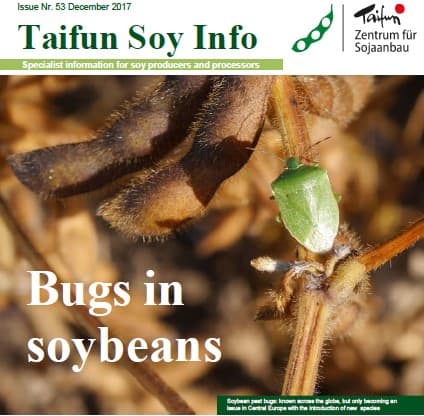
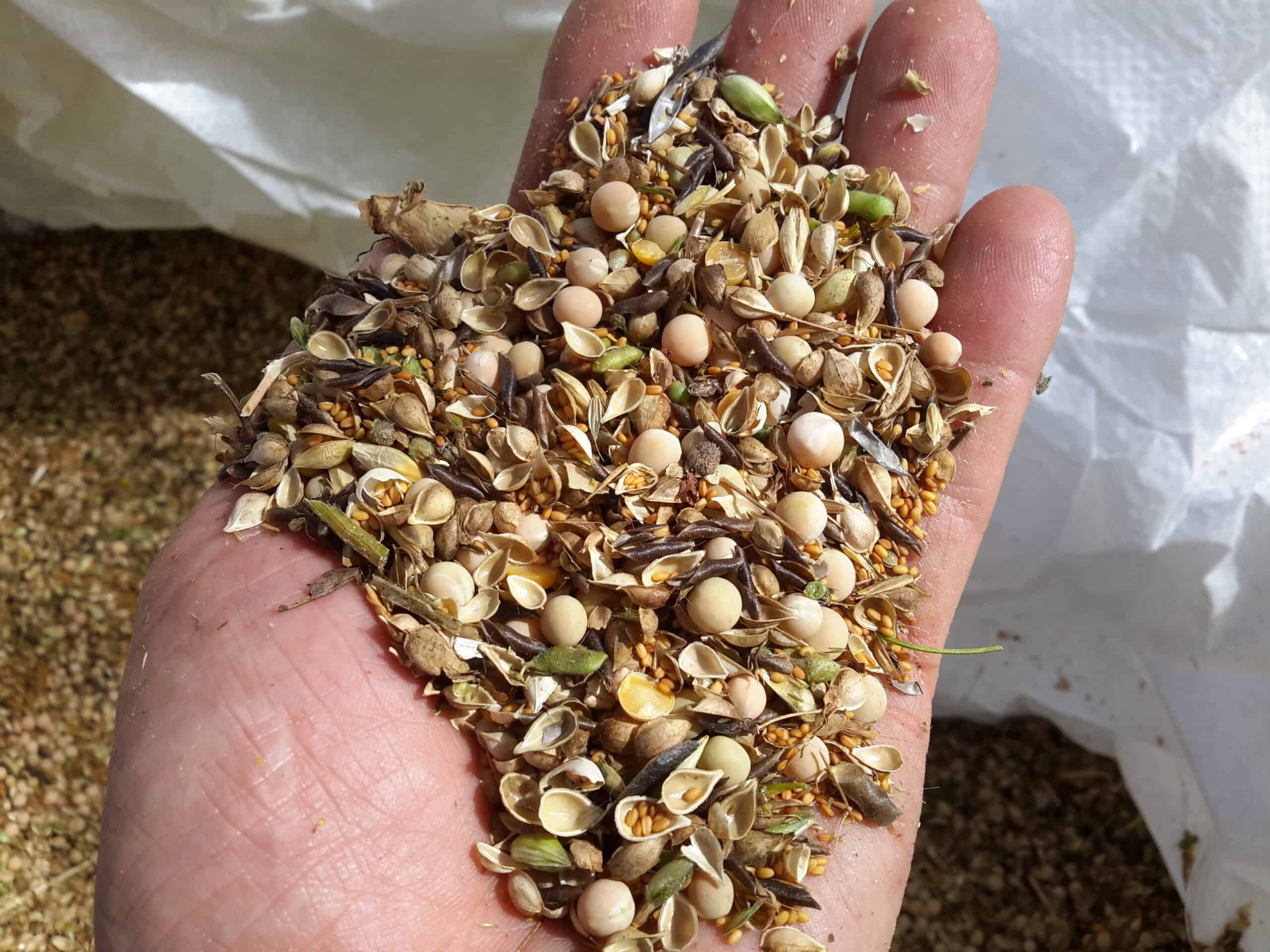
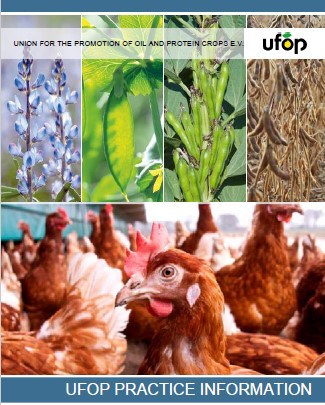
This UFOP publication provides an overview of the composition, feed value and possible uses of grain legumes in poultry feed. In particular, the results of feeding trials over the last ten years have been taken into account. For faba beans, both white-flowered and variegated varieties are considered in the brochure. For peas, the focus is on white-flowered varieties, as these dominate the market and are particularly suitable for poultry feed in terms of nutritional physiology. The considerations for lupins refer to the sweet blue and white lupins. The sweet yellow lupins currently play no role in cultivation. However, due to their nutrient composition, they could become attractive again for poultry feed in the future. Full-fat soybeans and soybean cake made from them are the most important feedstuffs from domestic (European) soybean cultivation.
This UFOP publication provides an overview of the composition, feed value and possible uses of grain legumes in poultry feed. In particular, the results of feeding trials over the last ten years have been taken into account. For faba beans, both white-flowered and variegated varieties are considered in the brochure. For peas, the focus is on white-flowered varieties, as these dominate the market and are particularly suitable for poultry feed in terms of nutritional physiology. The considerations for lupins refer to the sweet blue and white lupins. The sweet yellow lupins currently play no role in cultivation. However, due to their nutrient composition, they could become attractive again for poultry feed in the future. Full-fat soybeans and soybean cake made from them are the most important feedstuffs from domestic (European) soybean cultivation.
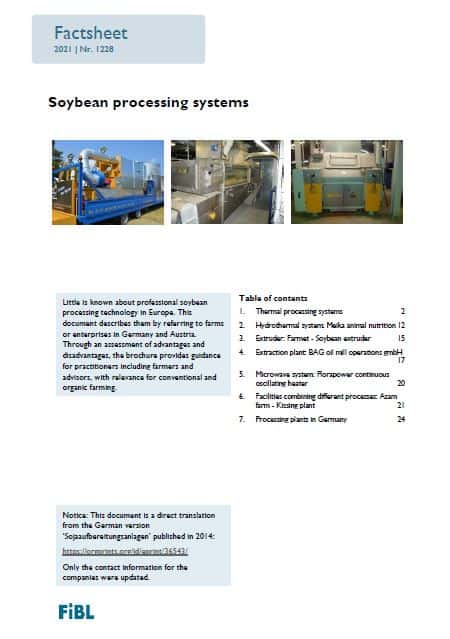
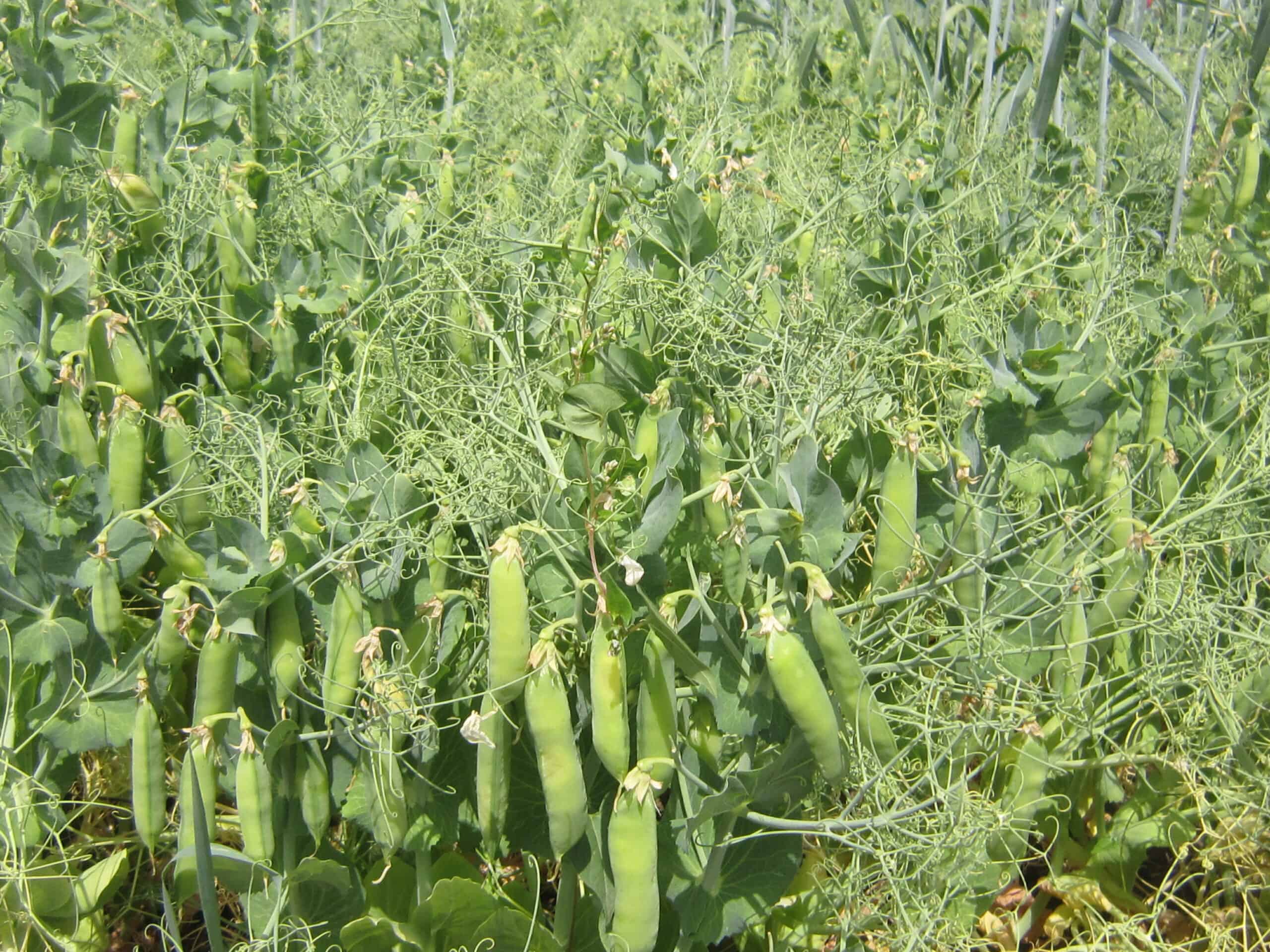
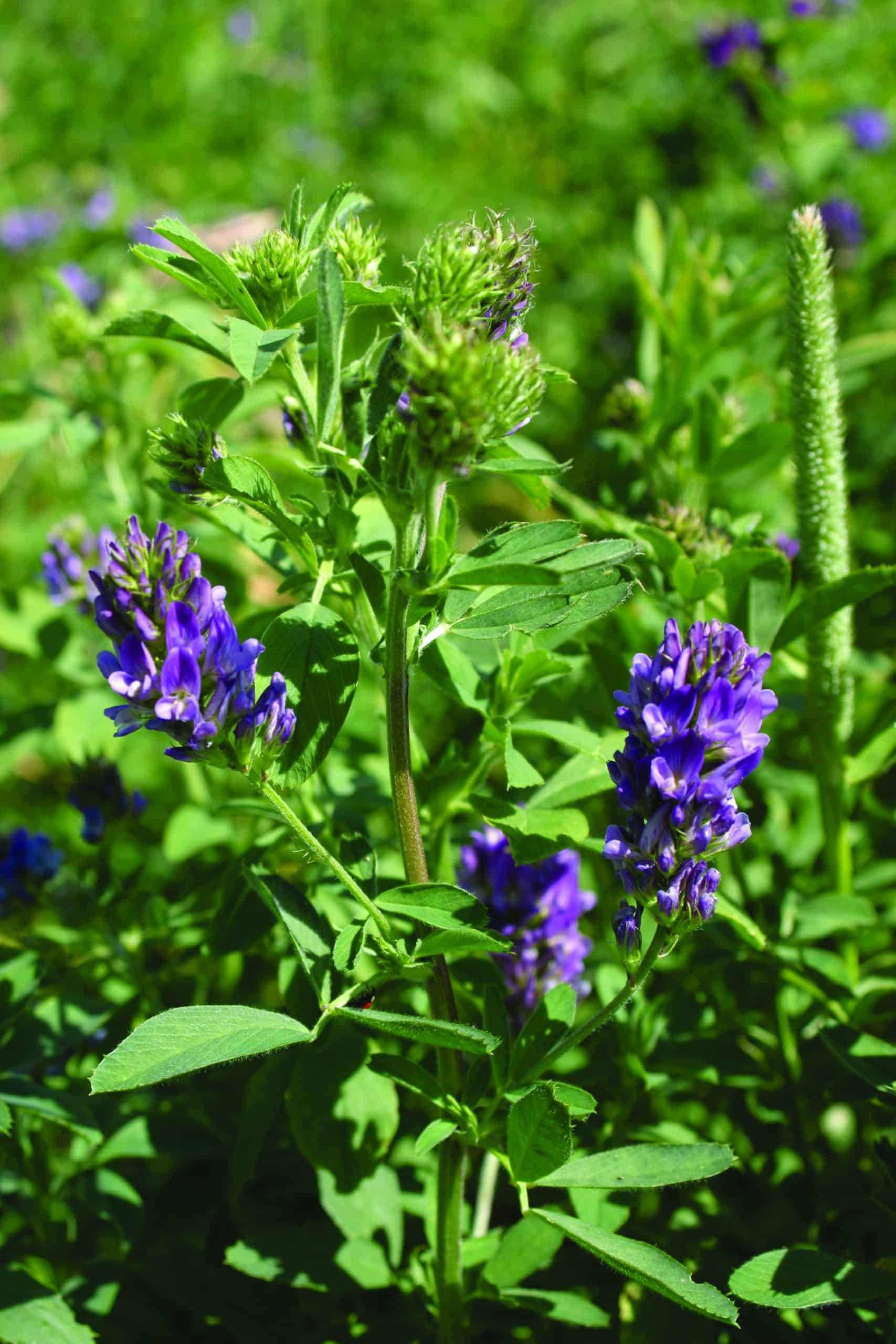
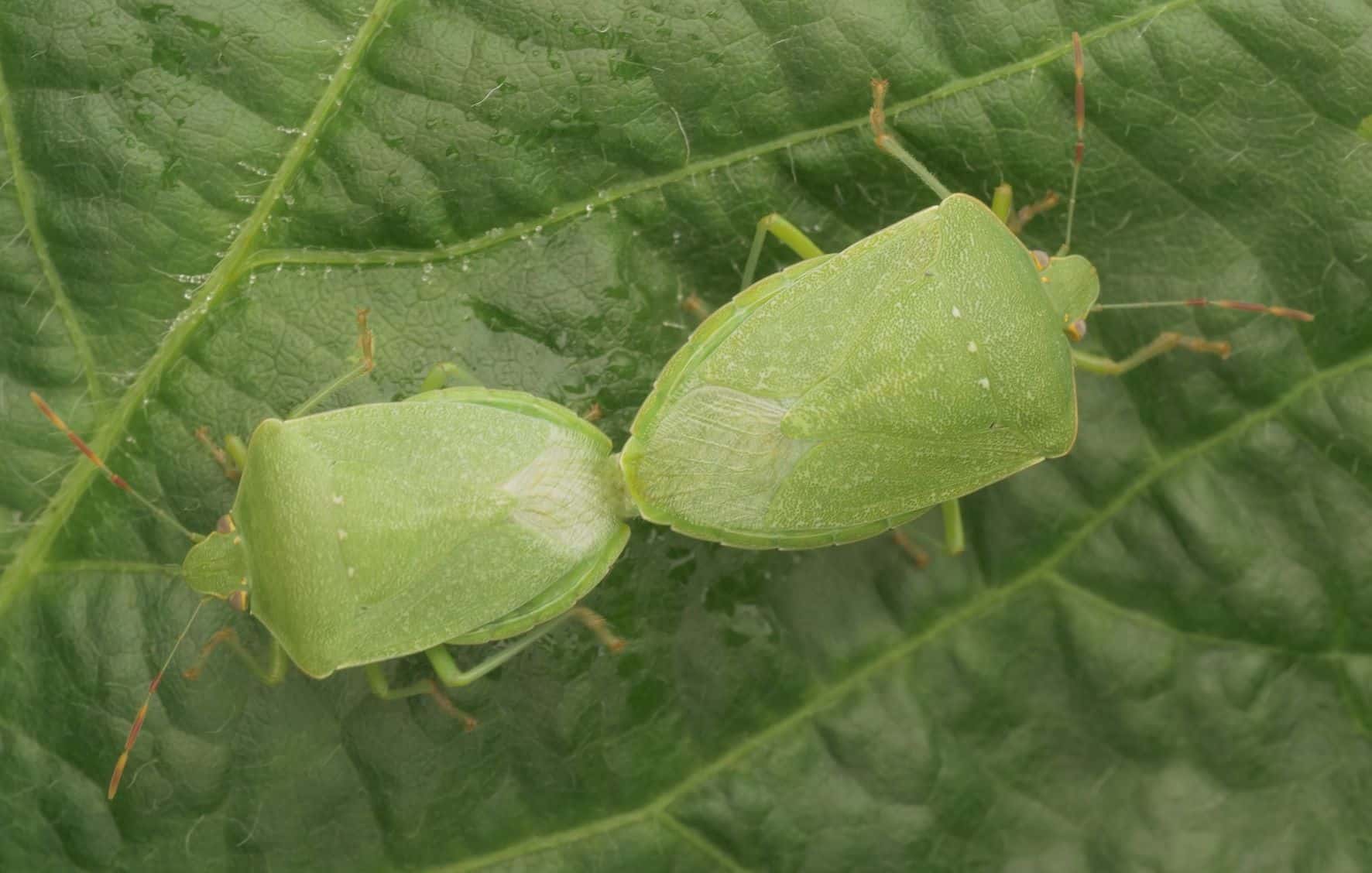

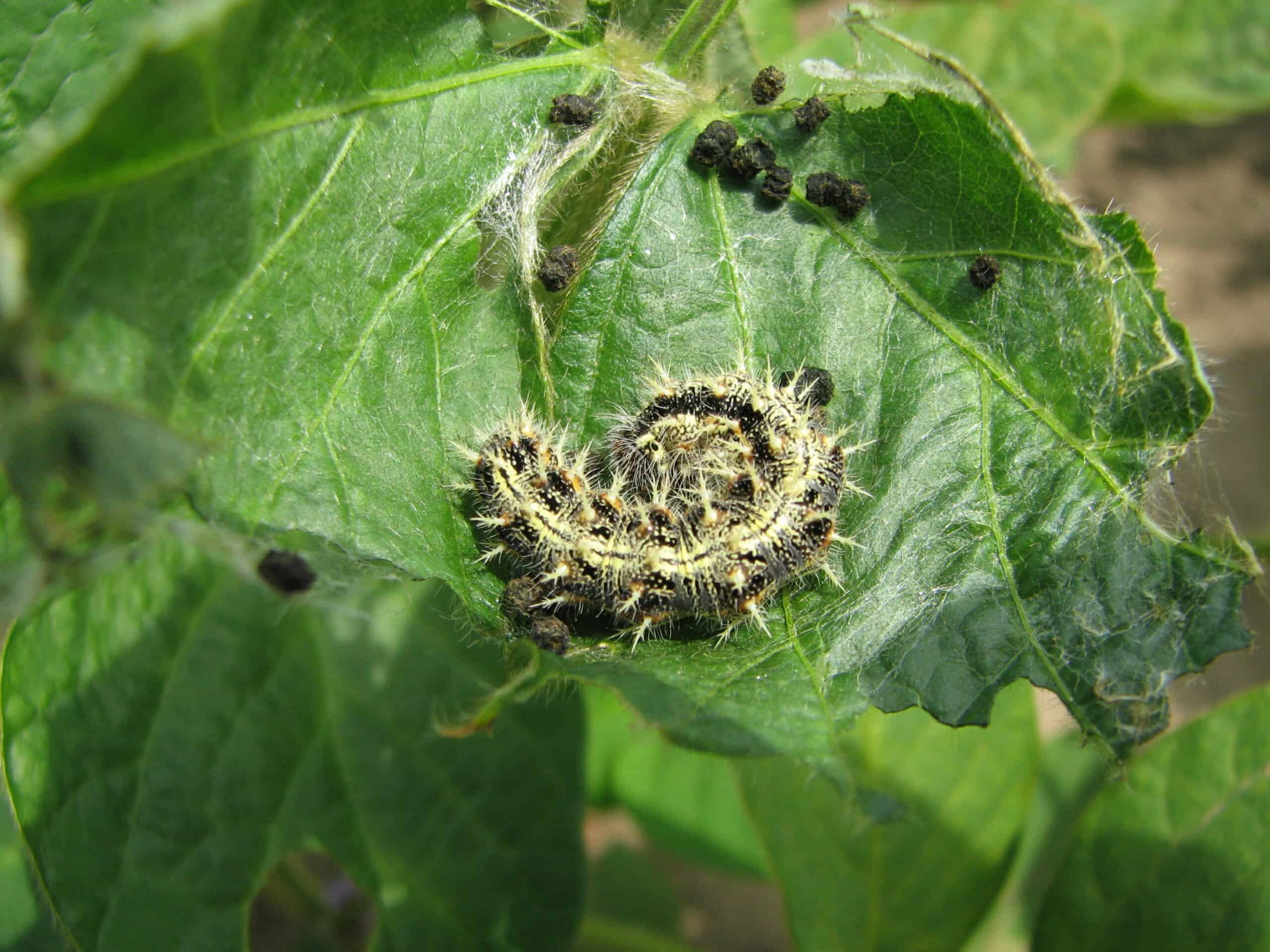
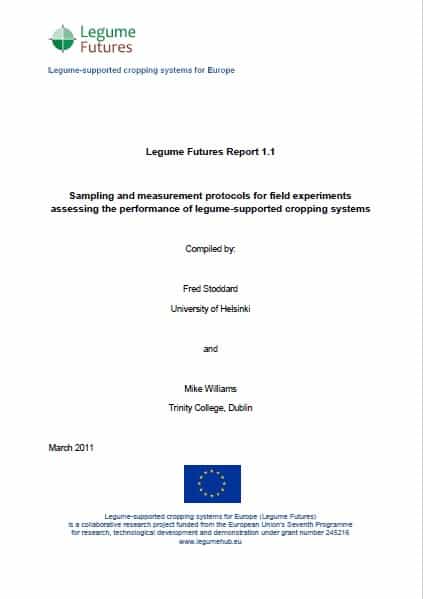
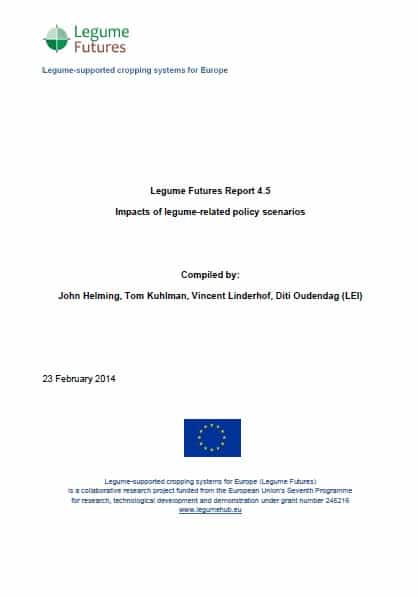
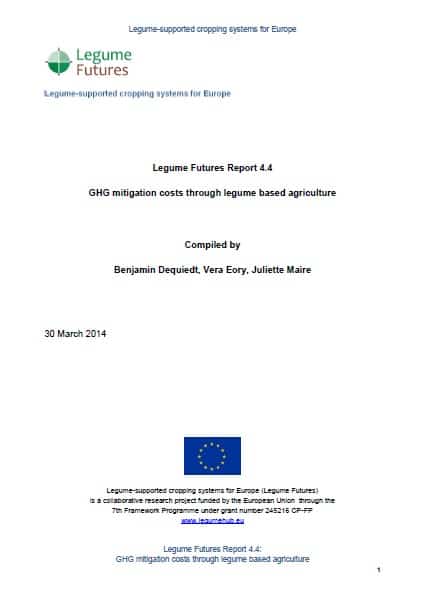
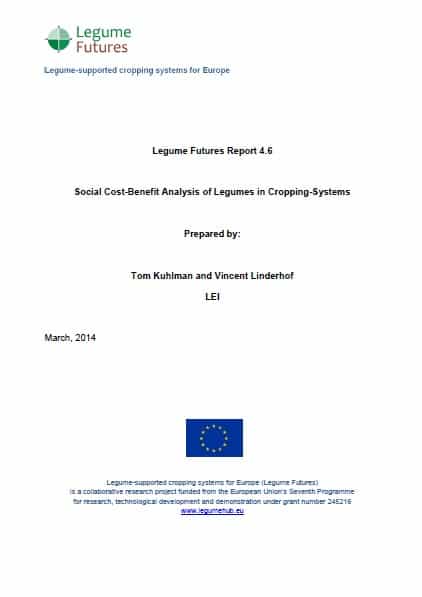
The report also describes the method of social cost-benefit analysis, for the benefit of those readers who are not familiar with it. There is ample literature on this topic, but much in a concise form accessible to laymen. In a project such as Legume Futures, most participants fall into that category. Beyond mere description, the report looks critically at the method, in order to make possible users aware of its limitations as well as its usefulness.
The report also describes the method of social cost-benefit analysis, for the benefit of those readers who are not familiar with it. There is ample literature on this topic, but much in a concise form accessible to laymen. In a project such as Legume Futures, most participants fall into that category. Beyond mere description, the report looks critically at the method, in order to make possible users aware of its limitations as well as its usefulness.
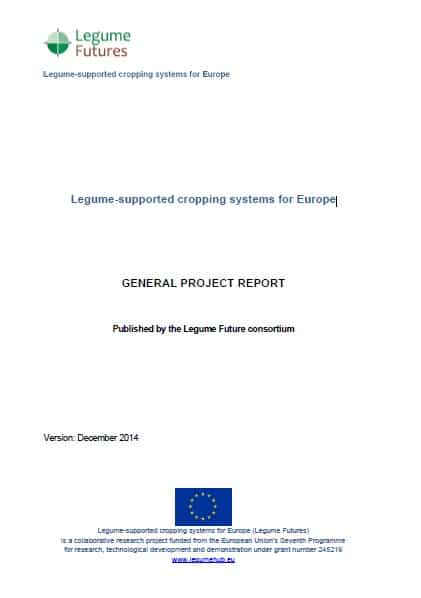
This general report was first prepared at the end of the research period (2010 – 2014) at a time when some results were not yet formally published. It will be revised further as further results are published.
This general report was first prepared at the end of the research period (2010 – 2014) at a time when some results were not yet formally published. It will be revised further as further results are published.
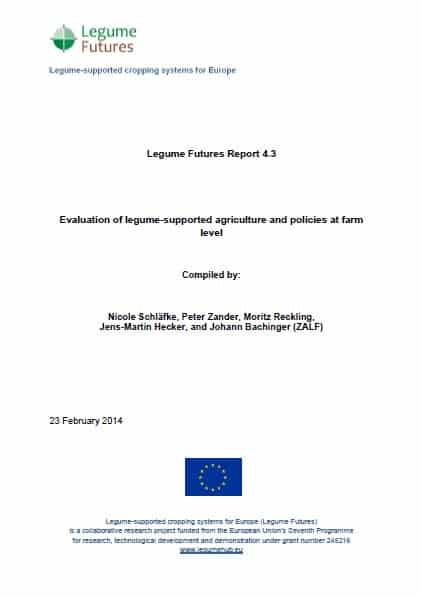
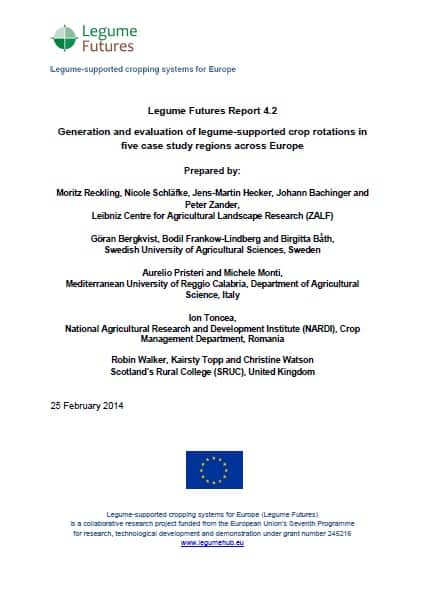
A modelling approach was developed to systematically generate and agronomically evaluate a large set of crop rotation options. The objective of the report is the description of this approach and its capability to facilitate the design of novel cropping systems including legume crops.
The modelled crop rotations with and without legumes that were generated by this work serve as a basis for further socio-economic and environmental assessments of legume-supported cropping systems within the Legume Futures project.
A modelling approach was developed to systematically generate and agronomically evaluate a large set of crop rotation options. The objective of the report is the description of this approach and its capability to facilitate the design of novel cropping systems including legume crops.
The modelled crop rotations with and without legumes that were generated by this work serve as a basis for further socio-economic and environmental assessments of legume-supported cropping systems within the Legume Futures project.
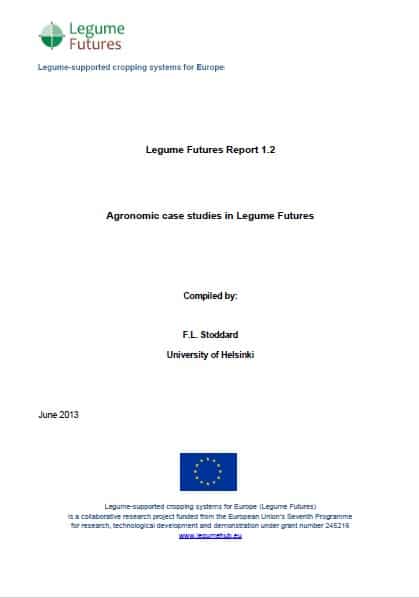
The project aims to make use of both data and professional expertise in various ways. Partners have contributed data on crop yields, biological nitrogen fixation and greenhouse gas releases for use in modelling of the biophysical and socioeconomic impacts of legumes in crop rotations.
This work reported here aimed to capture the status quo ante in terms of expertise at each of our partner institutions. It is constructed as a set of "case studies", in the sociological sense of the term, in which experts were asked about their knowledge and opinions on various legume-related issues.
In addition to the work presented here, five partner organisations have provided detailed data sets from which potential cropping systems are being developed and assessed. That additional case study research is the subject of further reports. Each case presented here is set out largely as the correspondent sent it. Editing has been confined to grammar and clarifications of presentation. This is intended as a "living document" that can be updated as the correspondents have new insights.
The project aims to make use of both data and professional expertise in various ways. Partners have contributed data on crop yields, biological nitrogen fixation and greenhouse gas releases for use in modelling of the biophysical and socioeconomic impacts of legumes in crop rotations.
This work reported here aimed to capture the status quo ante in terms of expertise at each of our partner institutions. It is constructed as a set of "case studies", in the sociological sense of the term, in which experts were asked about their knowledge and opinions on various legume-related issues.
In addition to the work presented here, five partner organisations have provided detailed data sets from which potential cropping systems are being developed and assessed. That additional case study research is the subject of further reports. Each case presented here is set out largely as the correspondent sent it. Editing has been confined to grammar and clarifications of presentation. This is intended as a "living document" that can be updated as the correspondents have new insights.
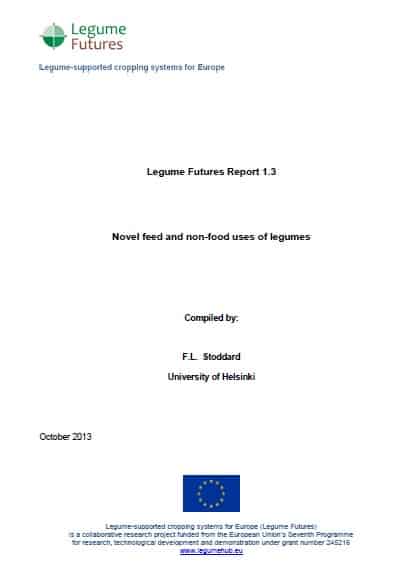
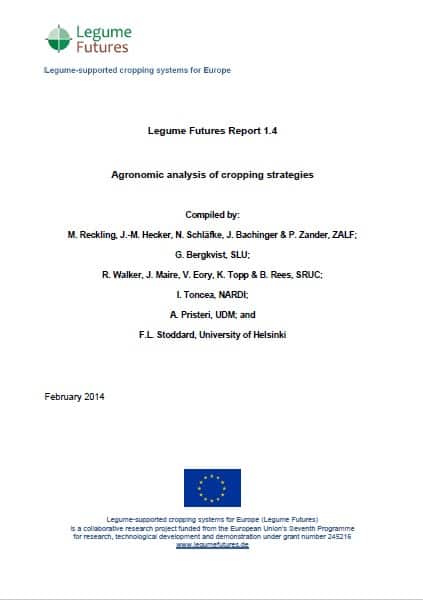
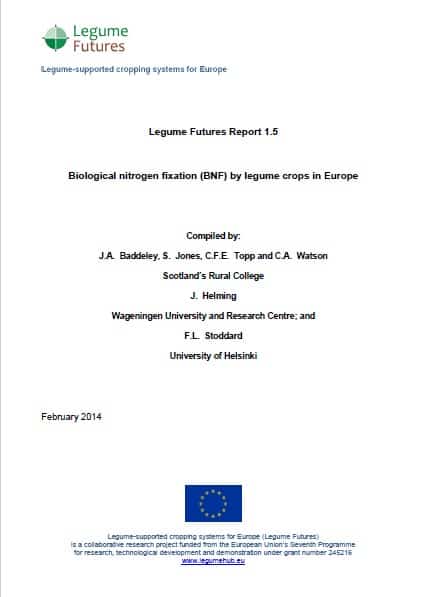
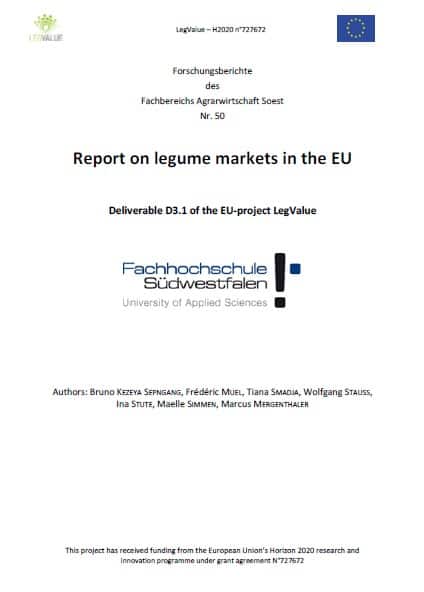
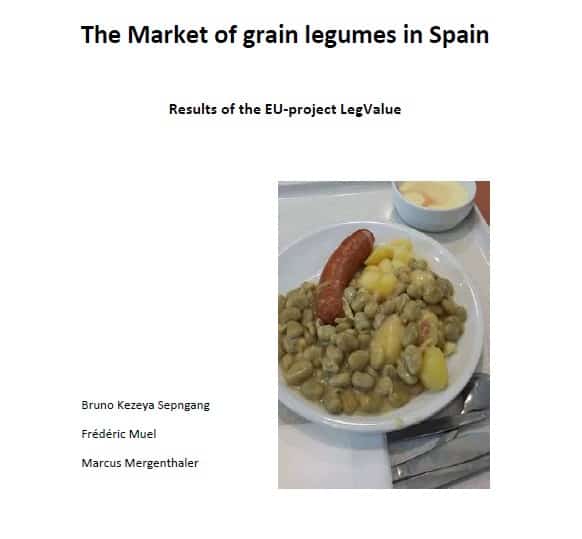
This report is part of the transdisciplinary EU research project "LegValue". The present study describes the markets of the main grown grain legumes and shows price differences for grain legumes in Spain. Furthermore, some levers and barriers for the development of legumes in Spain will be highlighted. A mixed-method approach based on quantitative and qualitative analyses was used in this study. The parameters used for the quantitative analyses are production, domestic consumption, imports, exports and producer prices.
This report is part of the transdisciplinary EU research project "LegValue". The present study describes the markets of the main grown grain legumes and shows price differences for grain legumes in Spain. Furthermore, some levers and barriers for the development of legumes in Spain will be highlighted. A mixed-method approach based on quantitative and qualitative analyses was used in this study. The parameters used for the quantitative analyses are production, domestic consumption, imports, exports and producer prices.
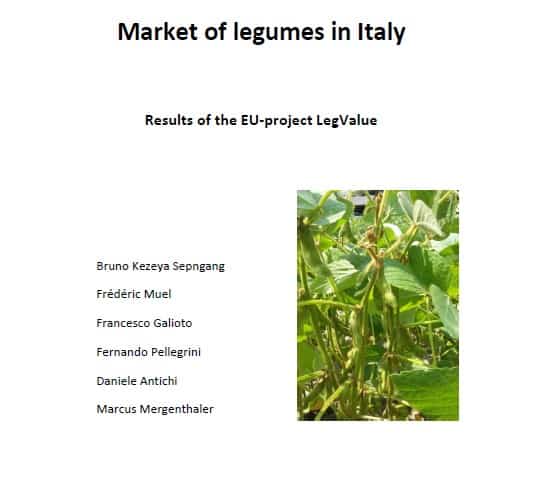
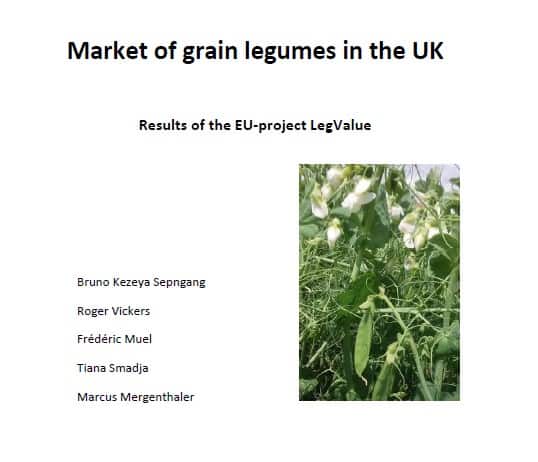
This report is part of the transdisciplinary EU research project "LegValue". Work package 3, which deals with the market and economics of legumes, has as an important objective to increase the market transparency of legumes. The present study describes the markets of the main growth legumes and shows price information systems for grain legumes in the UK. A mixed-method approach based on quantitative and qualitative analyses was used in this study. The parameters that were used for the quantitative analyses are production, domestic consumption, imports, exports and wholesale prices.
This report is part of the transdisciplinary EU research project "LegValue". Work package 3, which deals with the market and economics of legumes, has as an important objective to increase the market transparency of legumes. The present study describes the markets of the main growth legumes and shows price information systems for grain legumes in the UK. A mixed-method approach based on quantitative and qualitative analyses was used in this study. The parameters that were used for the quantitative analyses are production, domestic consumption, imports, exports and wholesale prices.
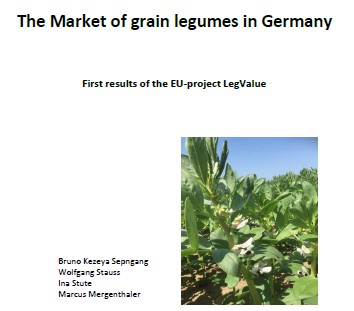
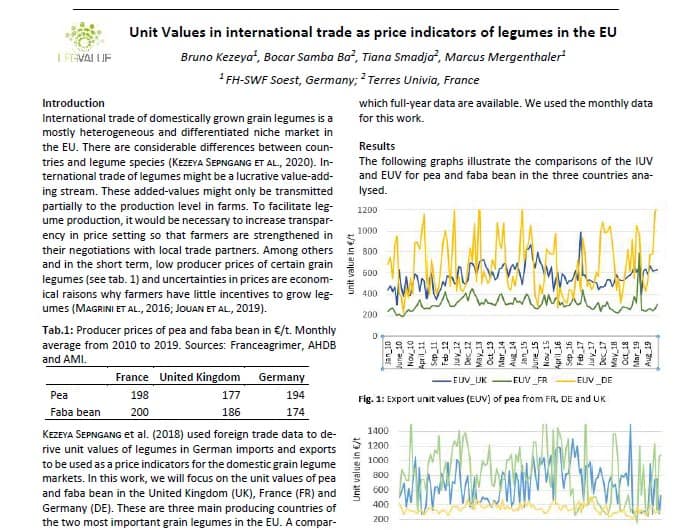
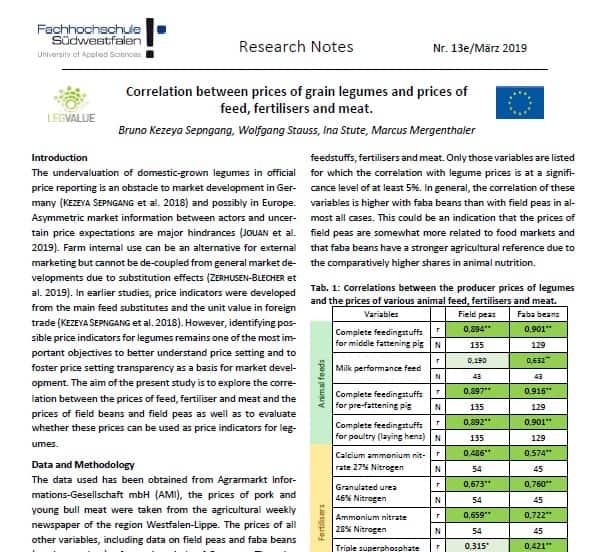
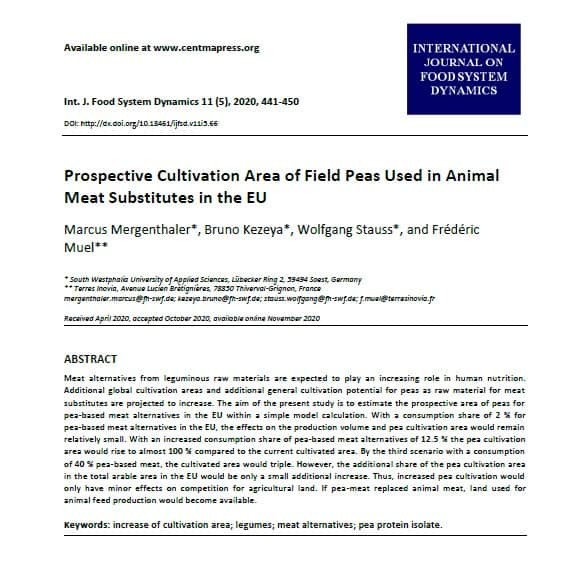
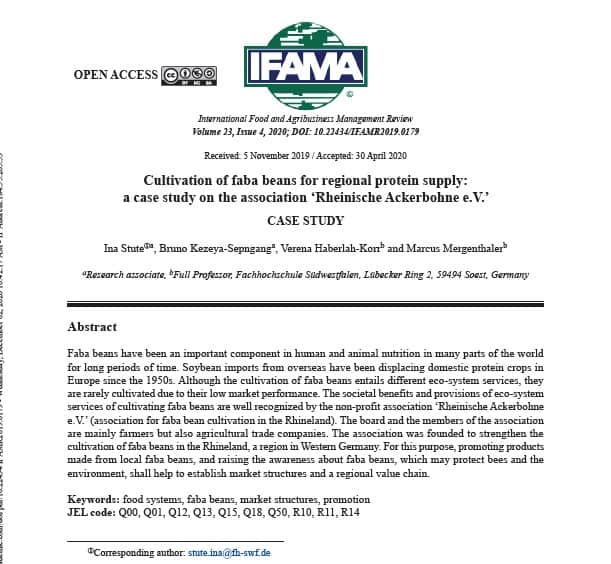
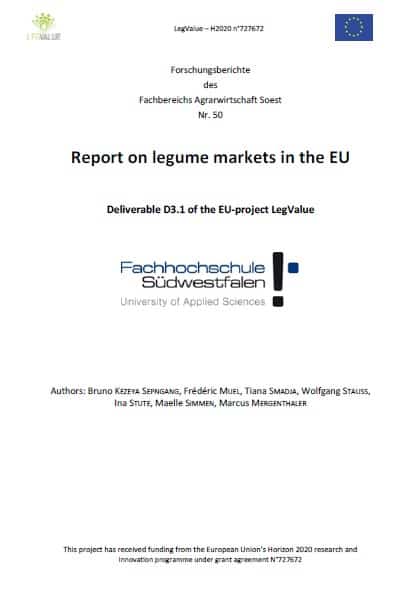
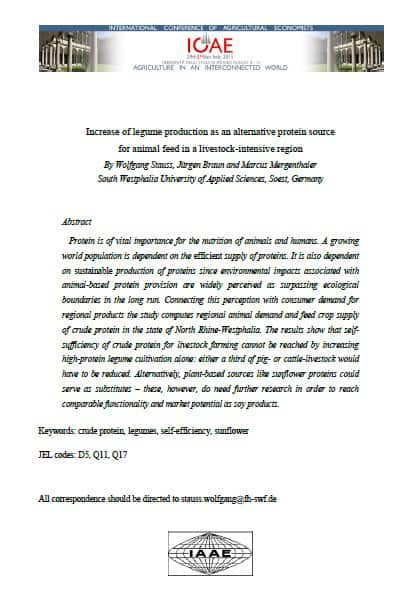
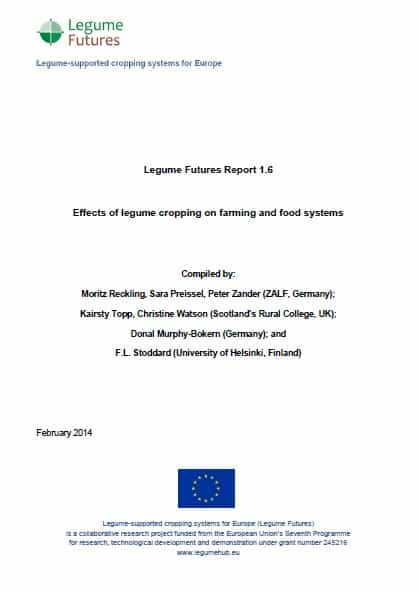
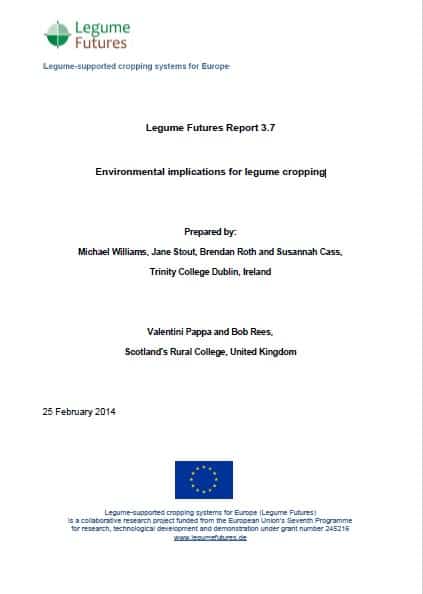
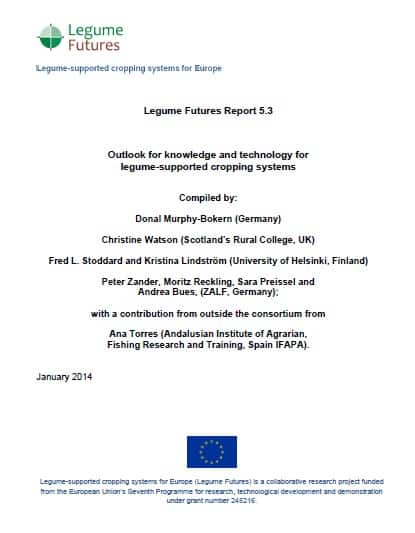
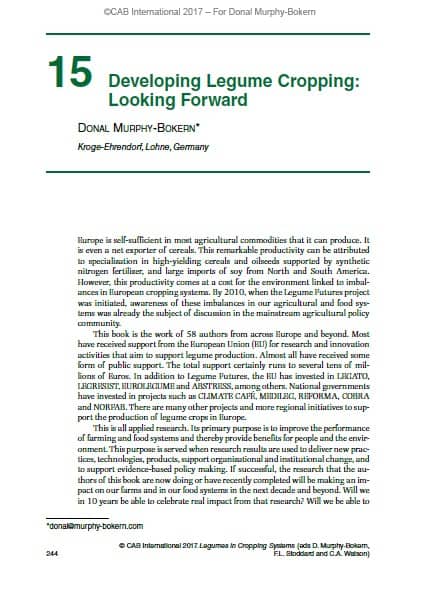
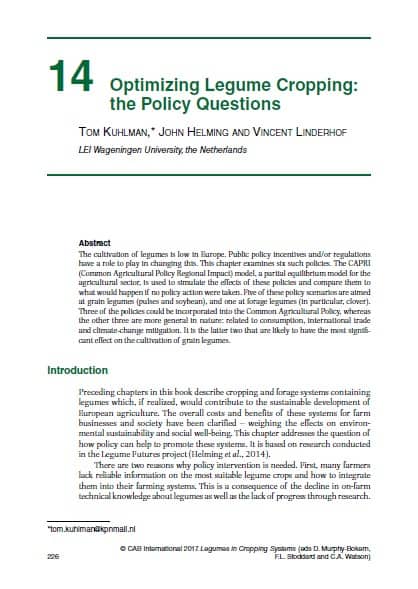
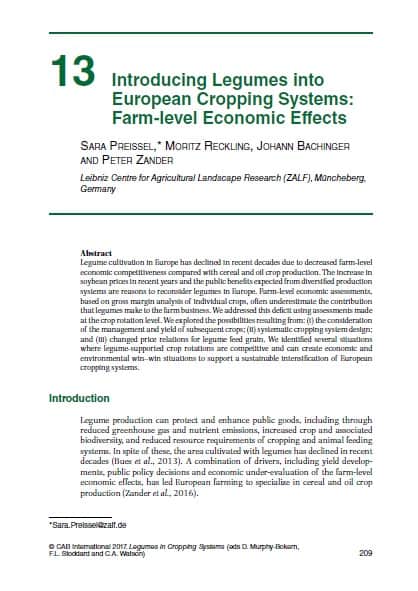
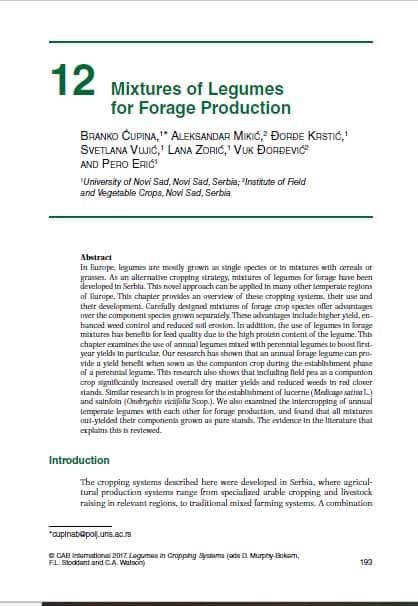
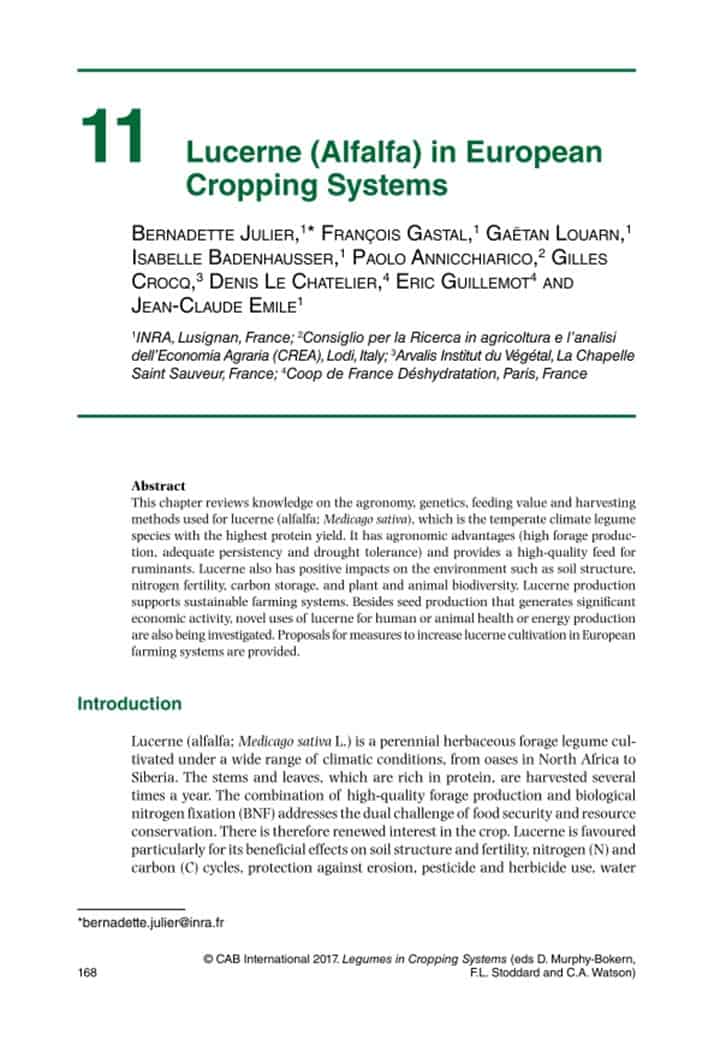
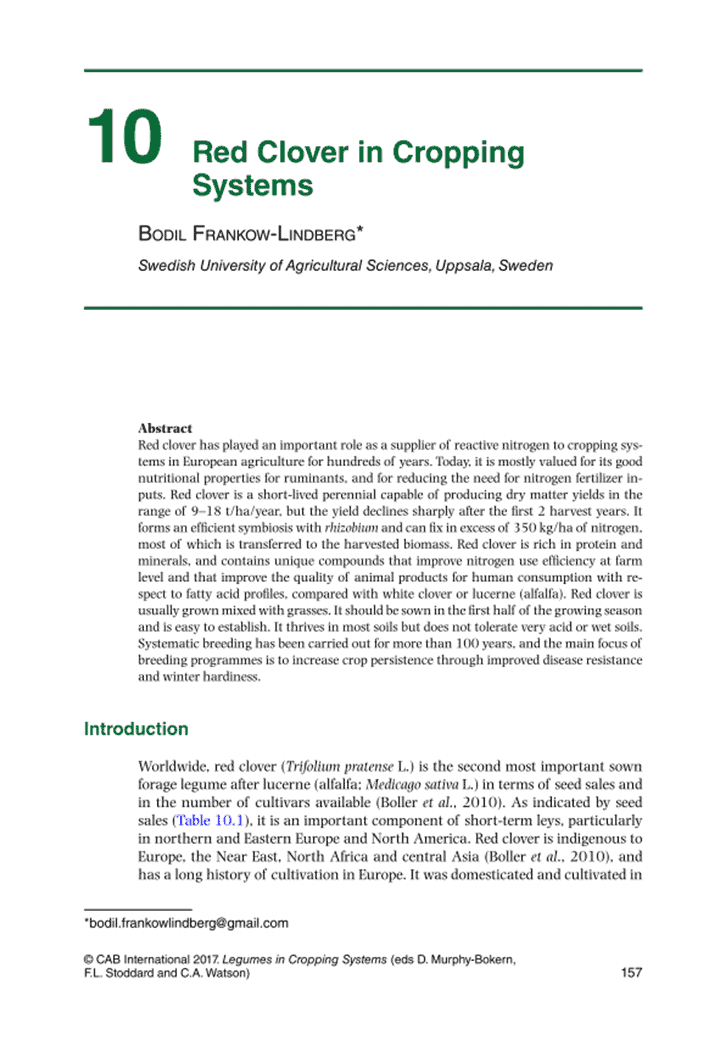
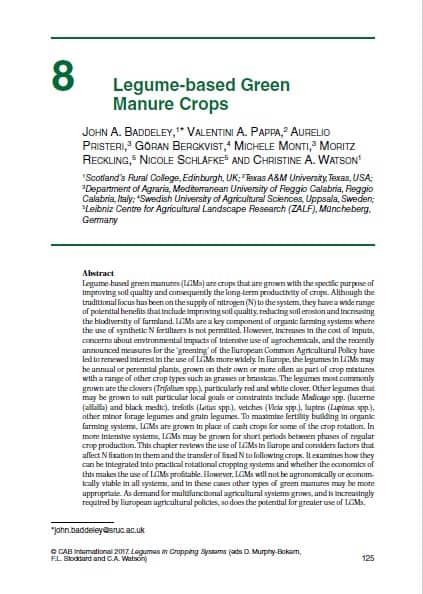
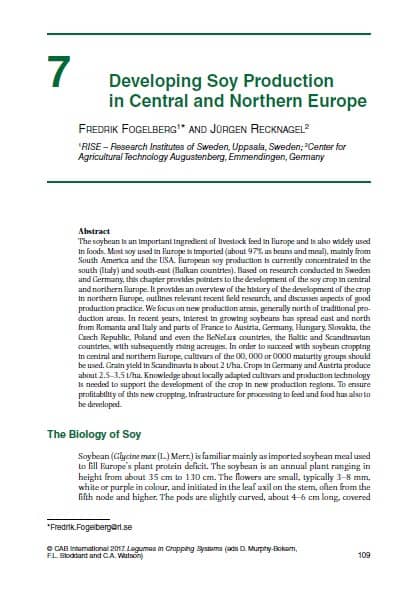
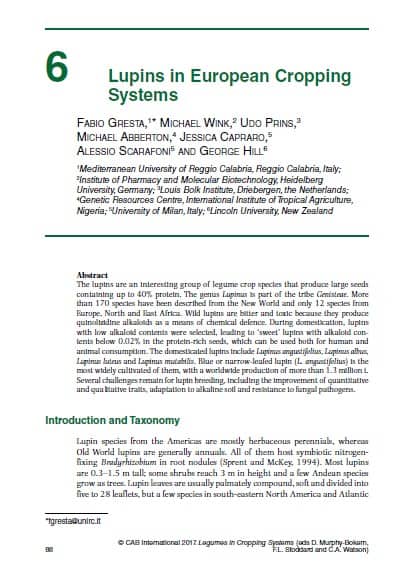
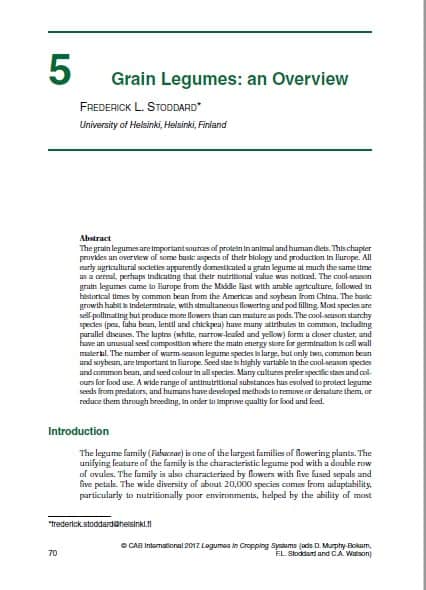
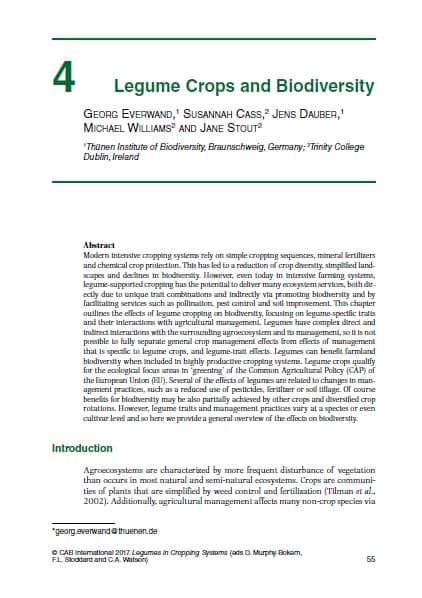
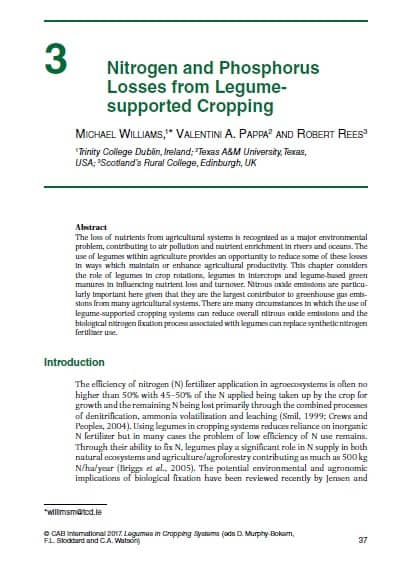
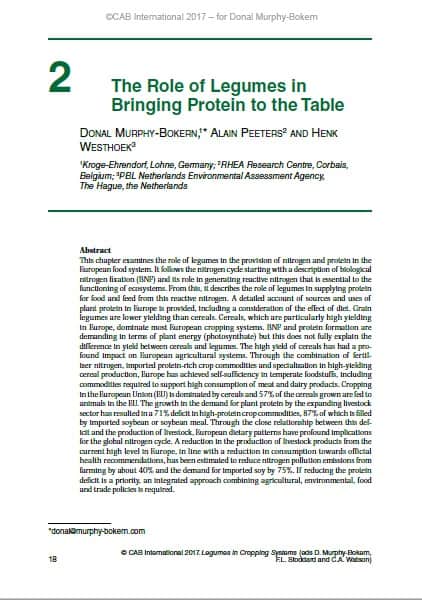
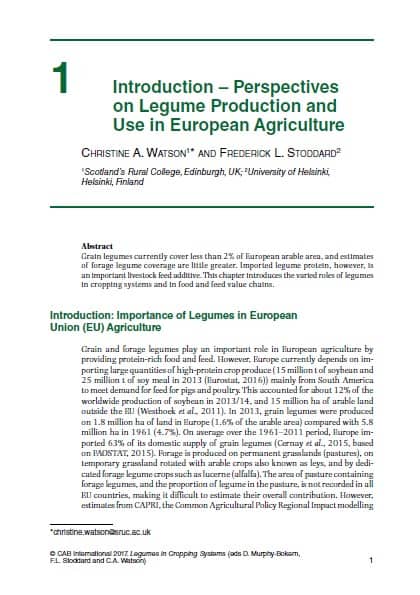
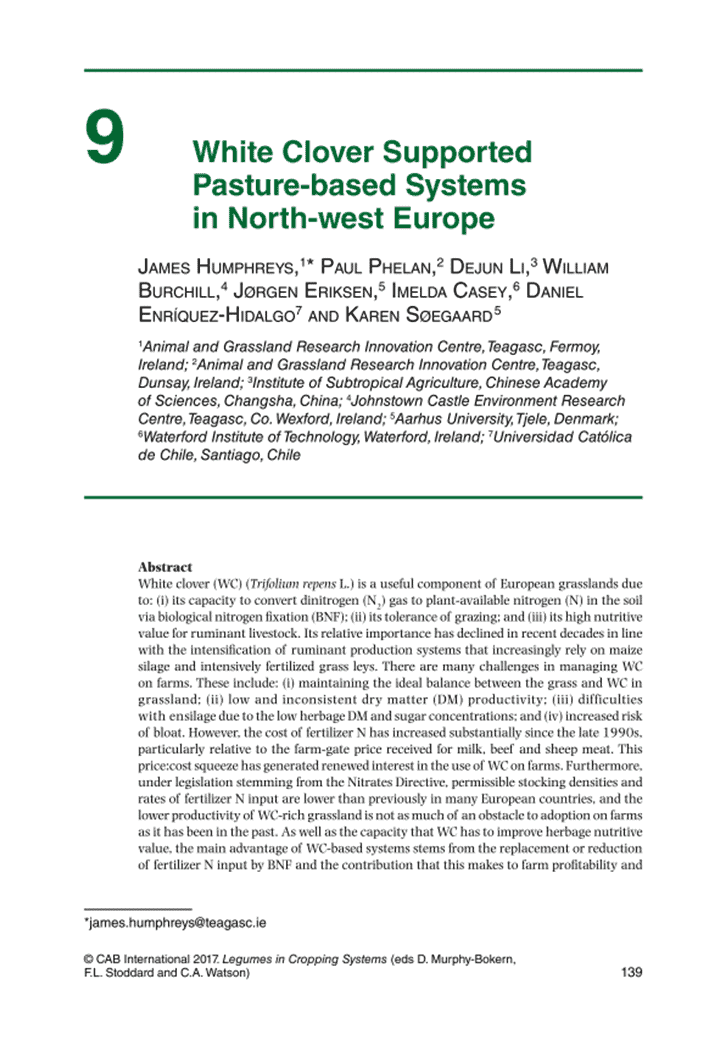
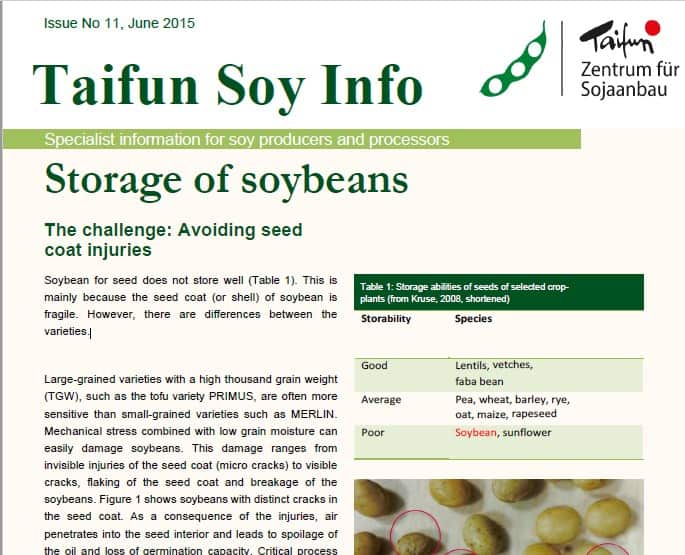
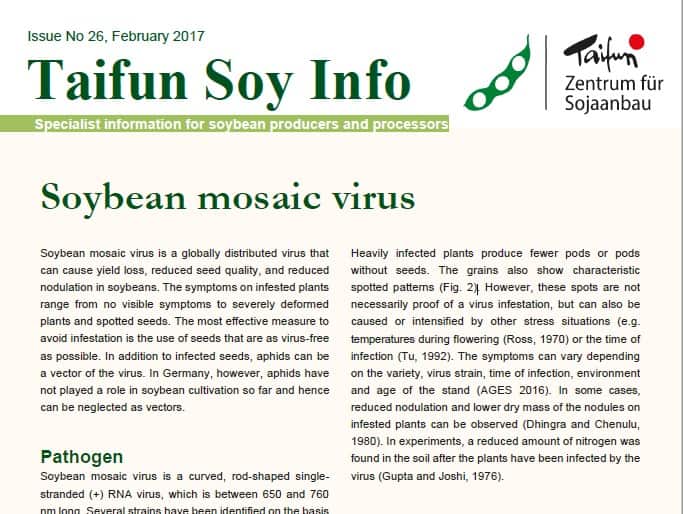
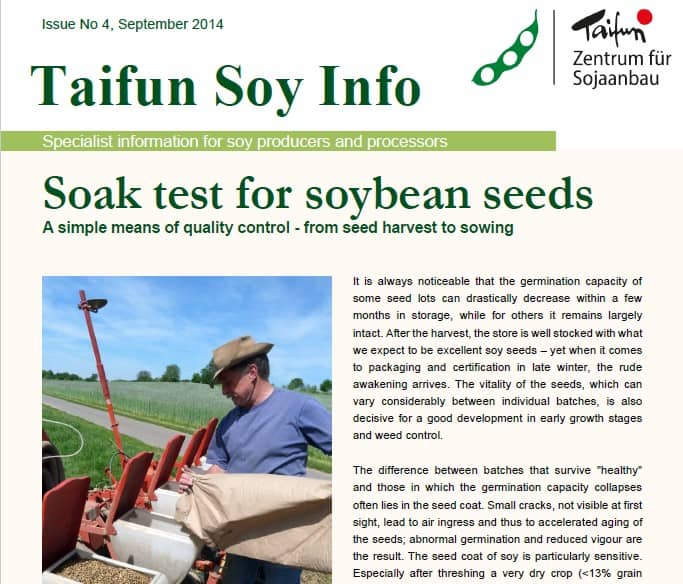
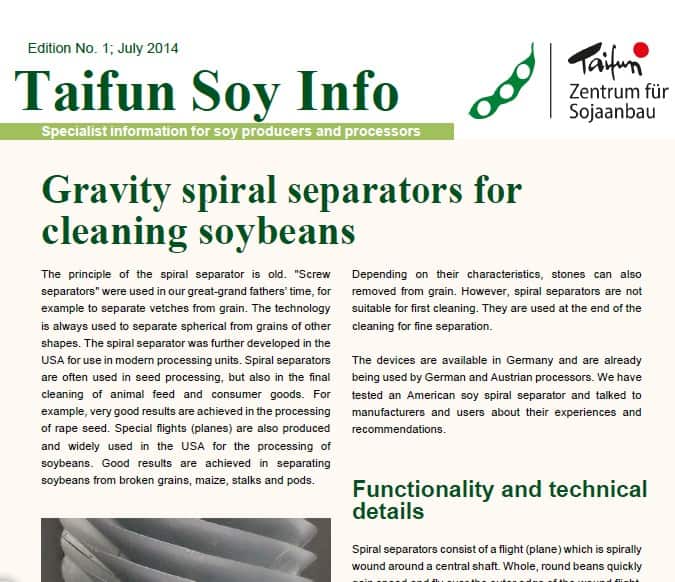
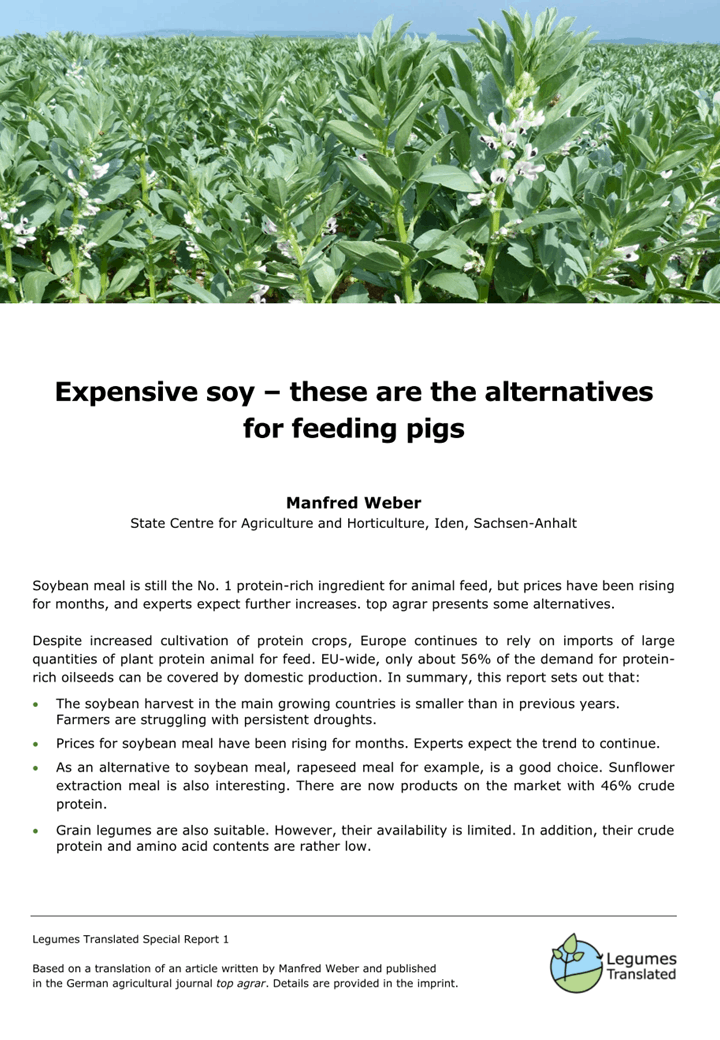
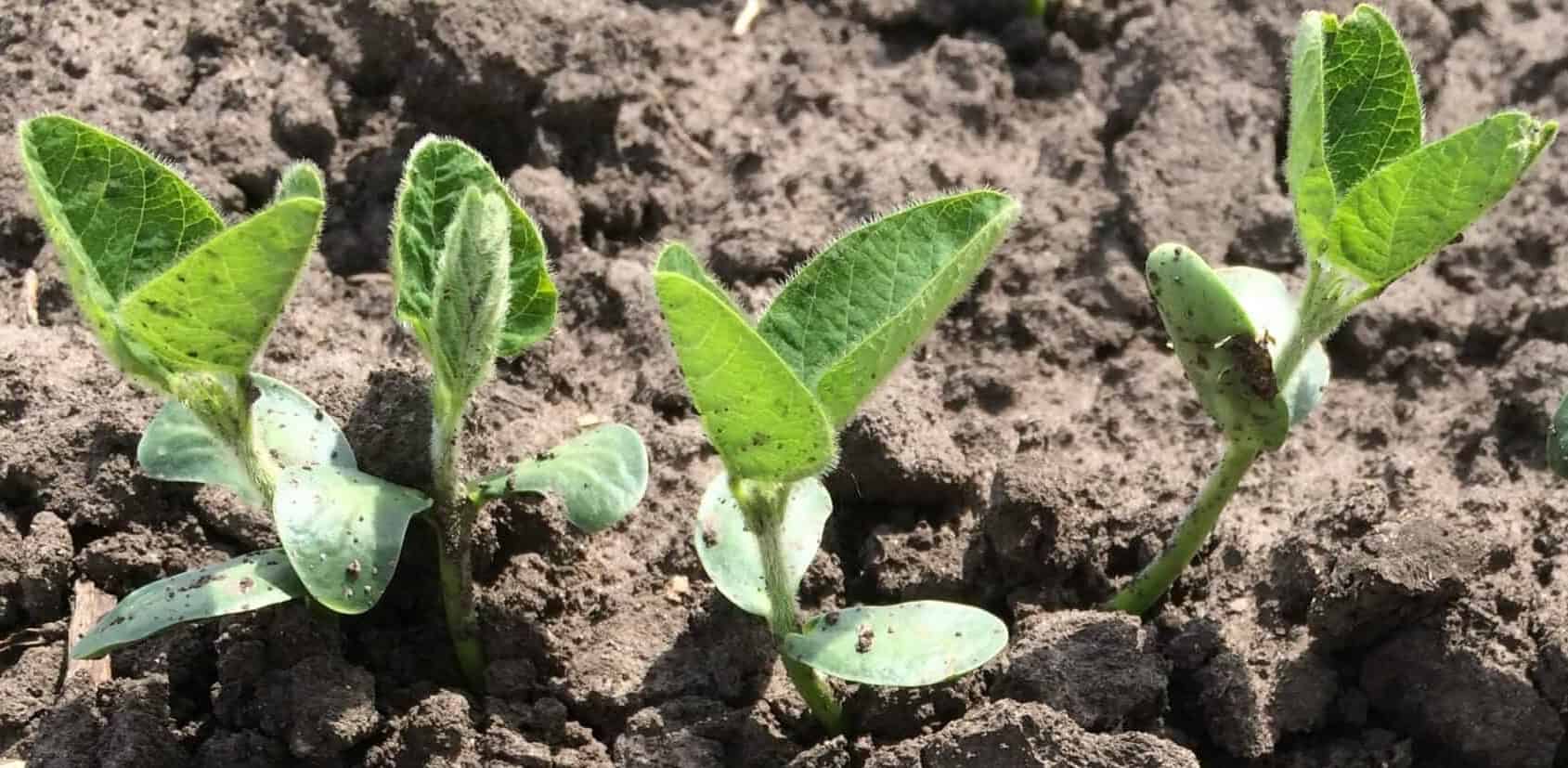
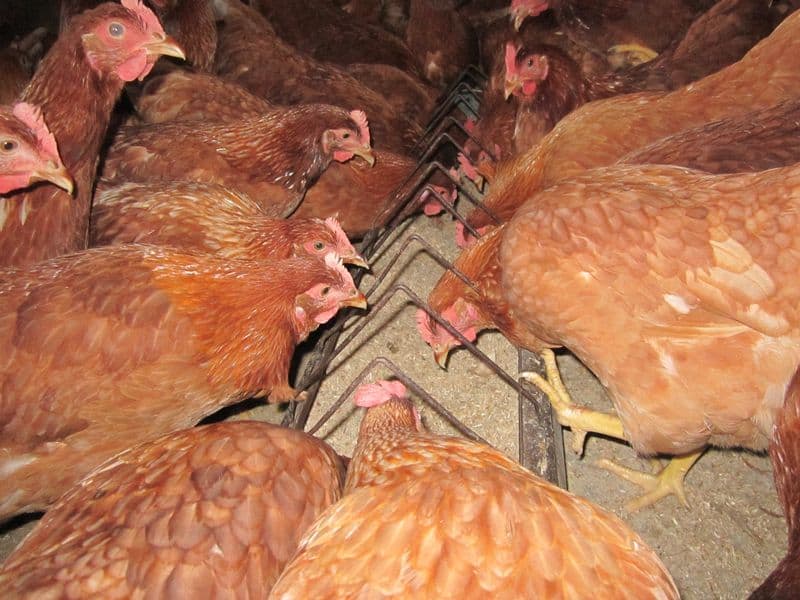
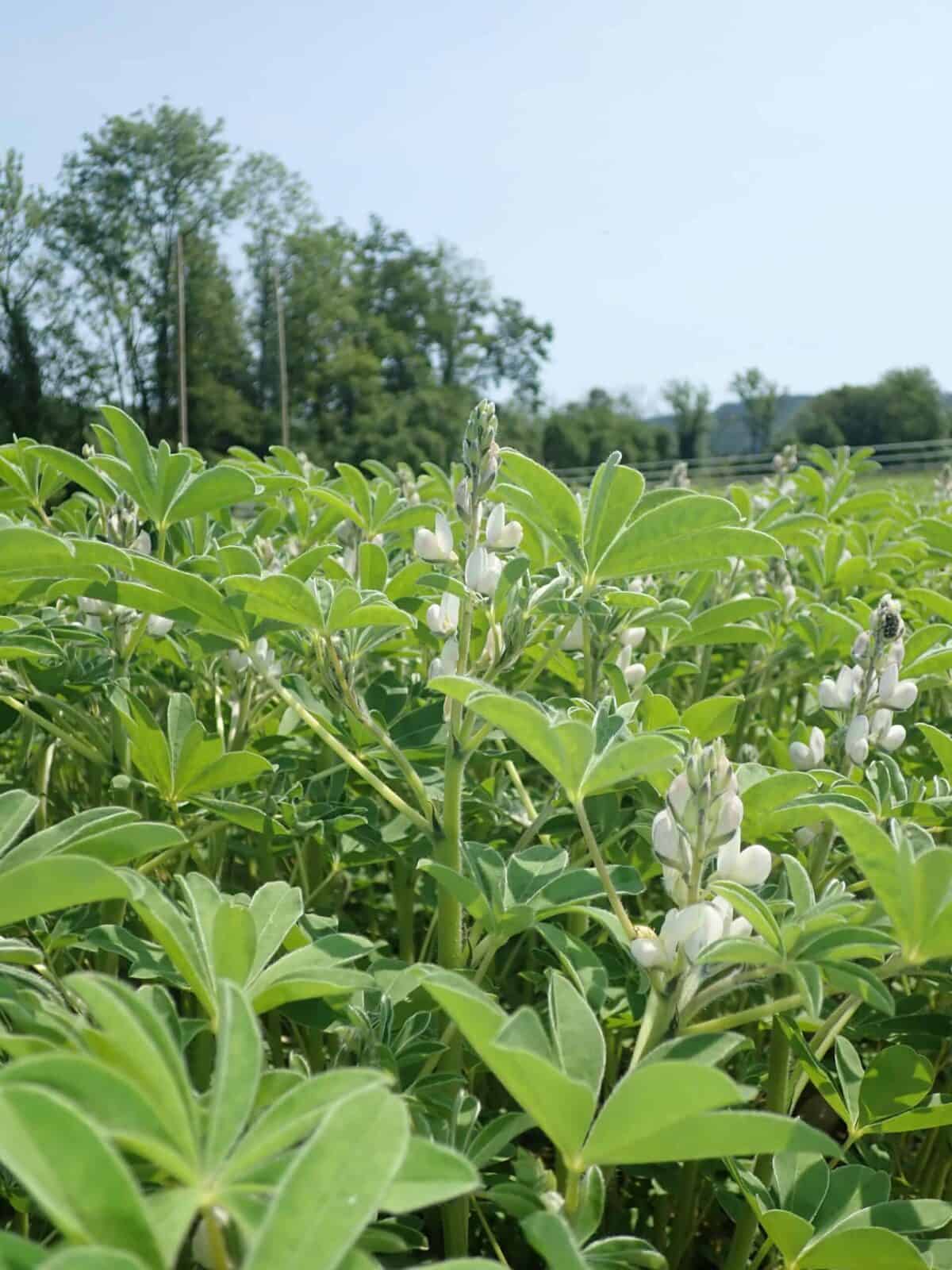
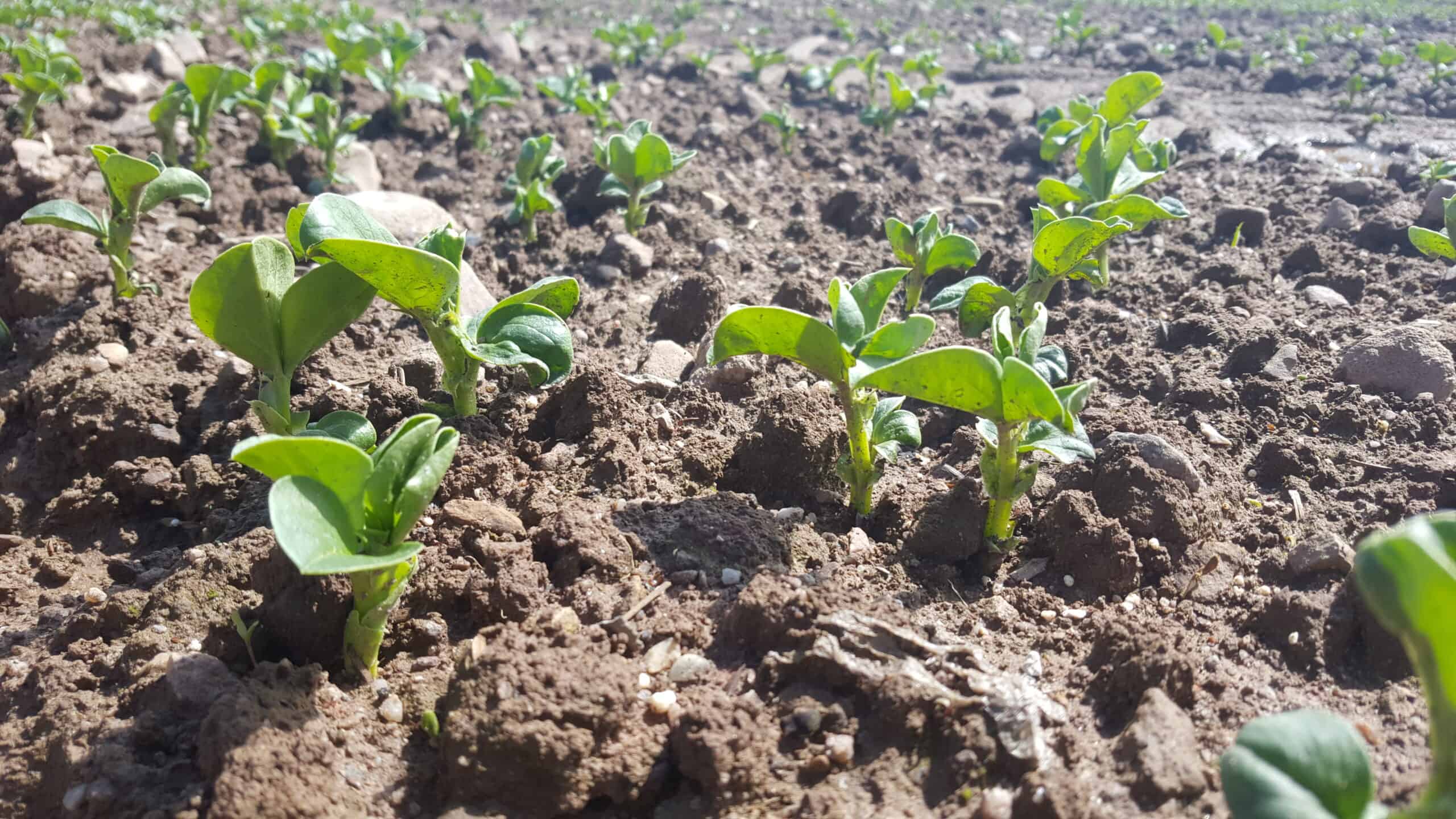

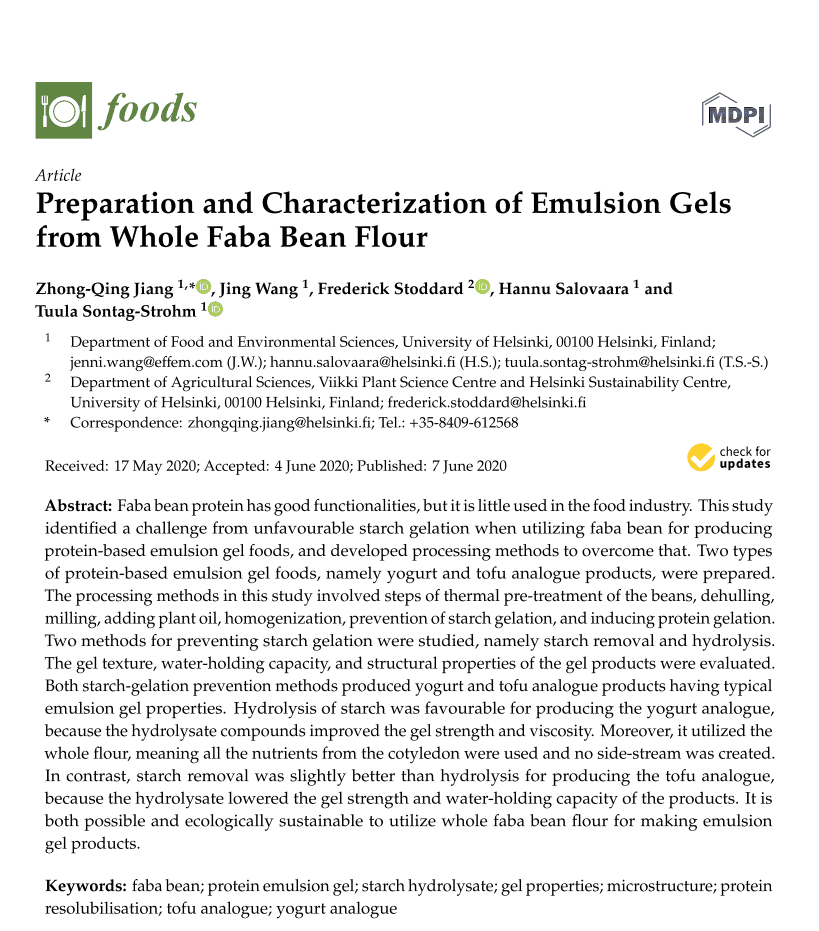
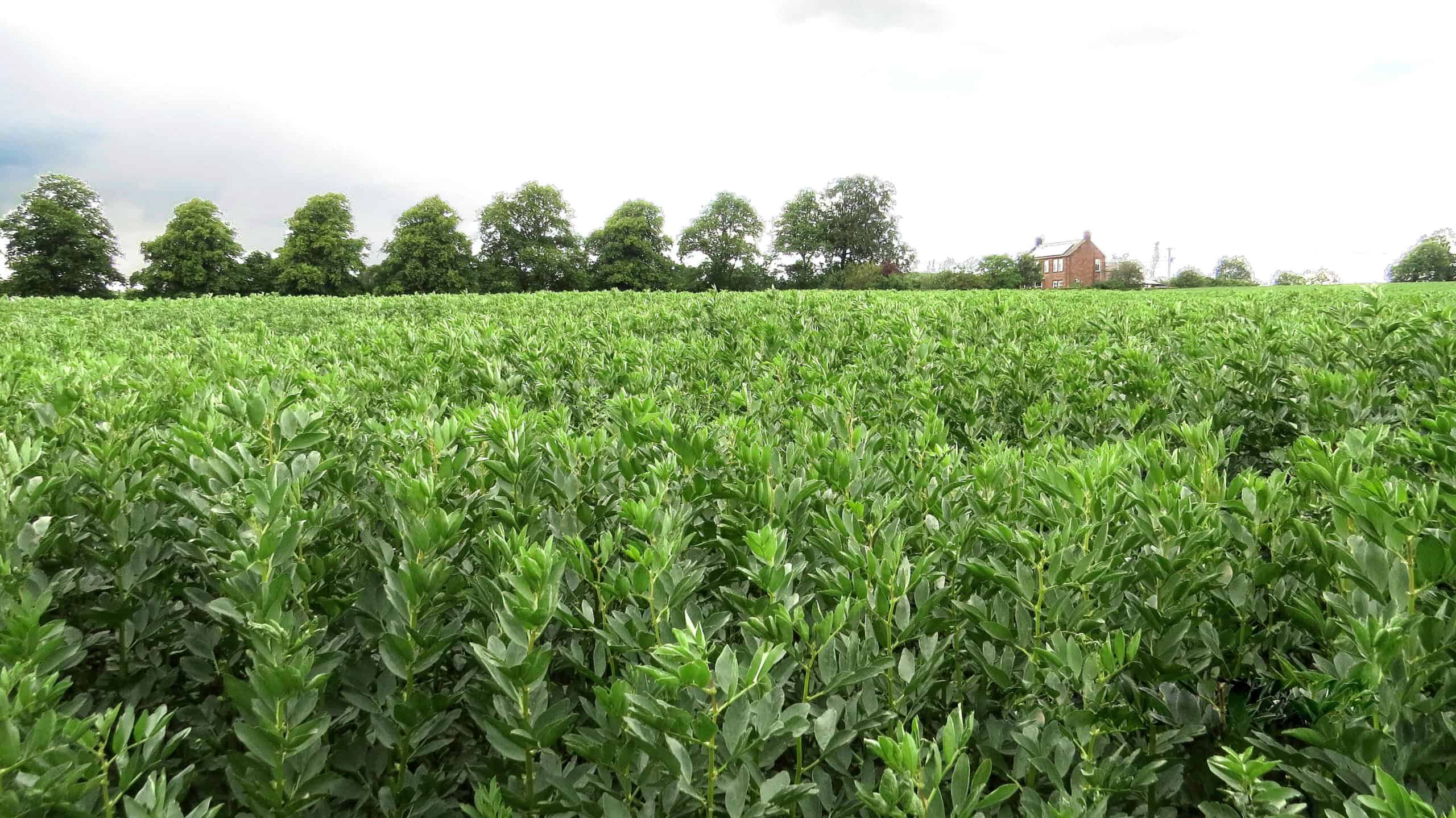
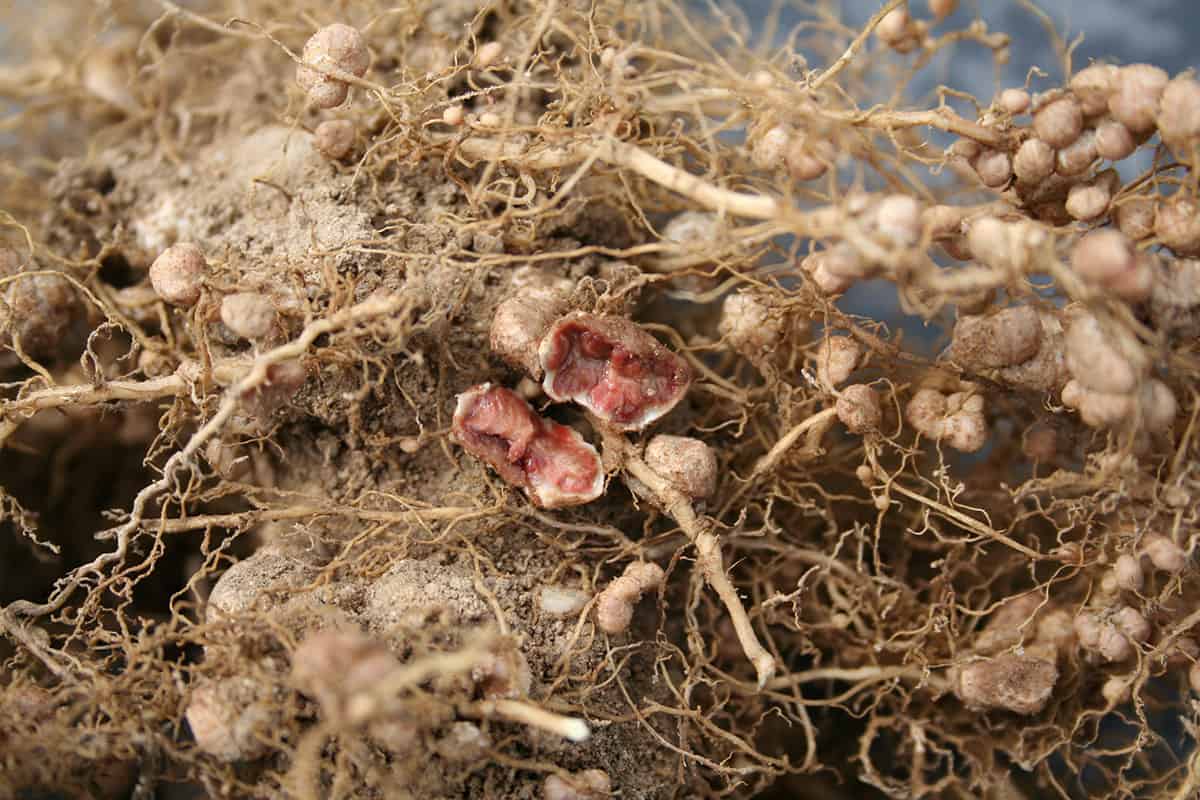
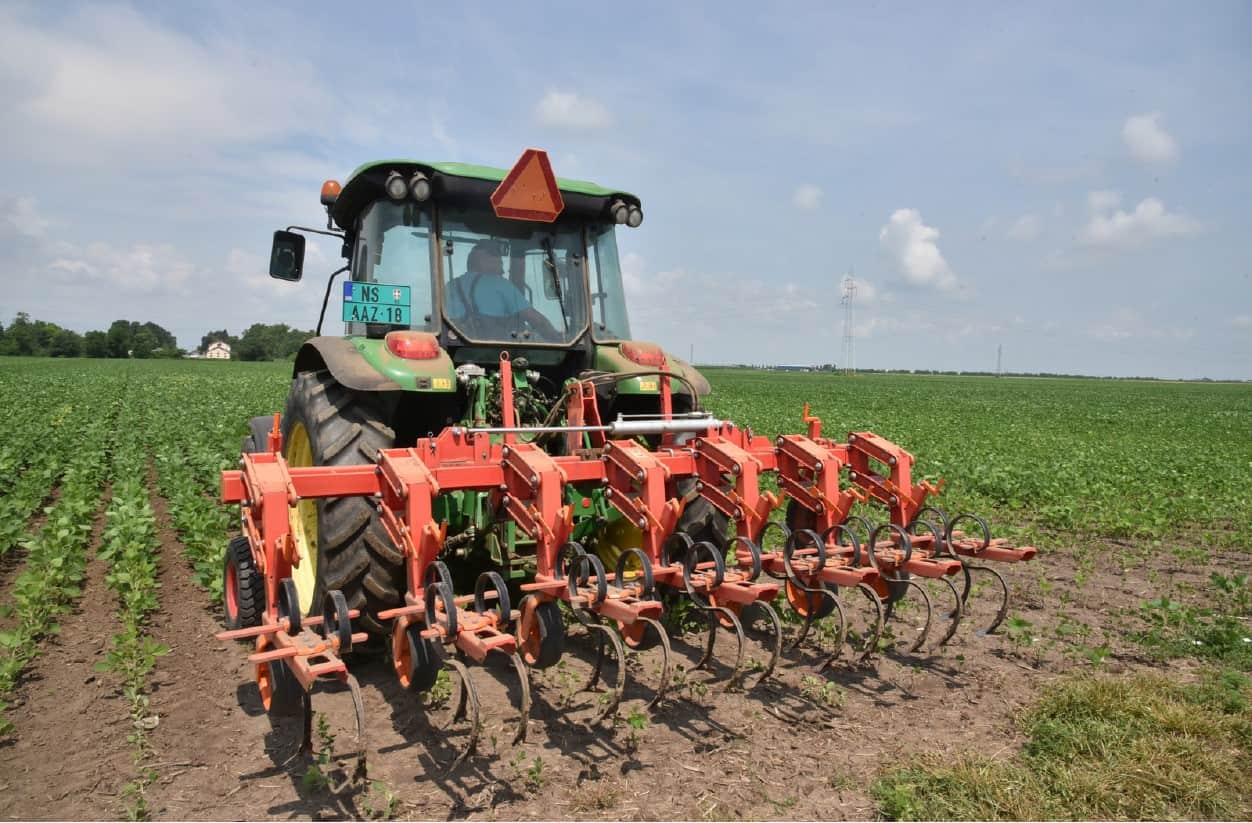
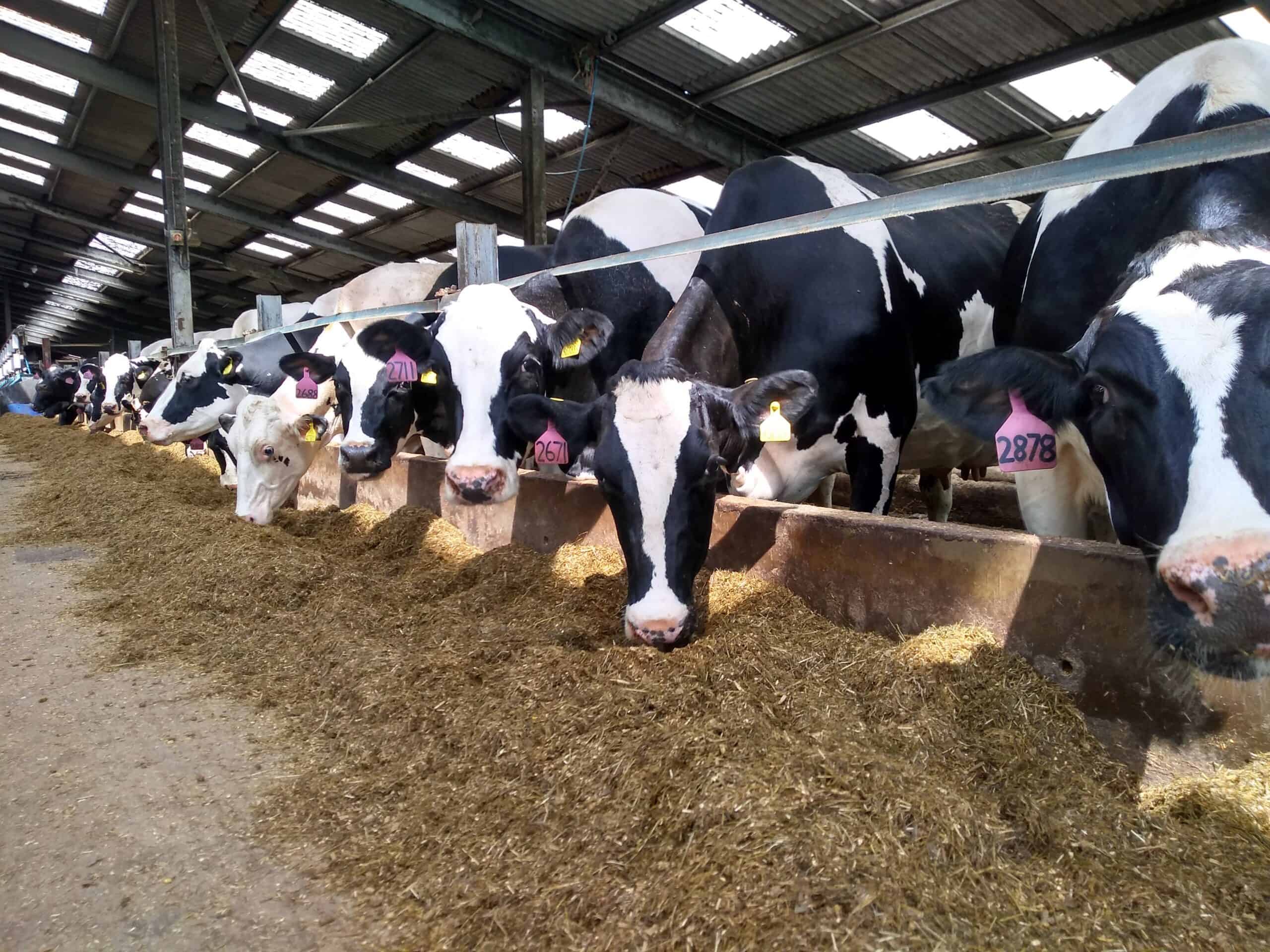
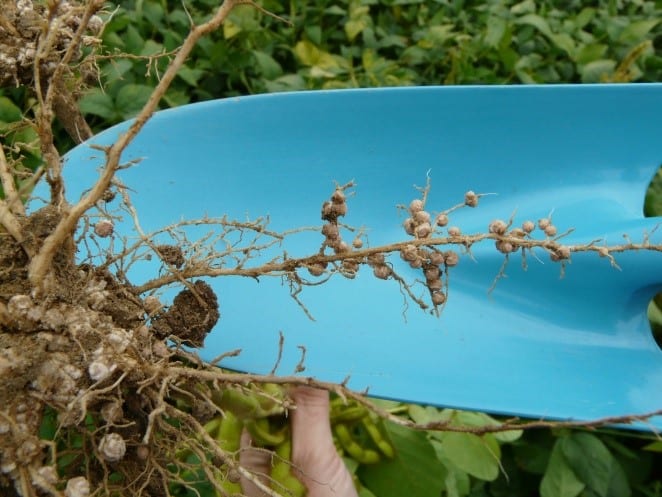
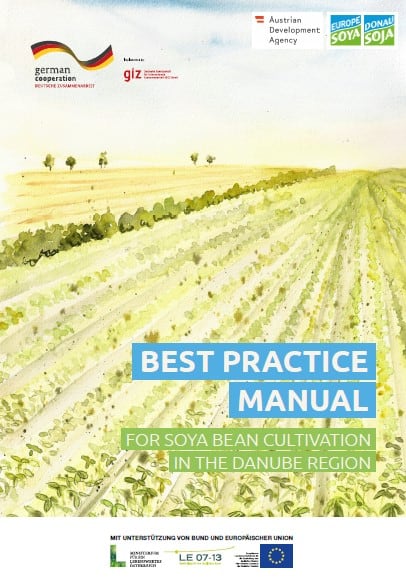
Articles | Videos | Images |Viewpoints | Help
Our videos about: all
()
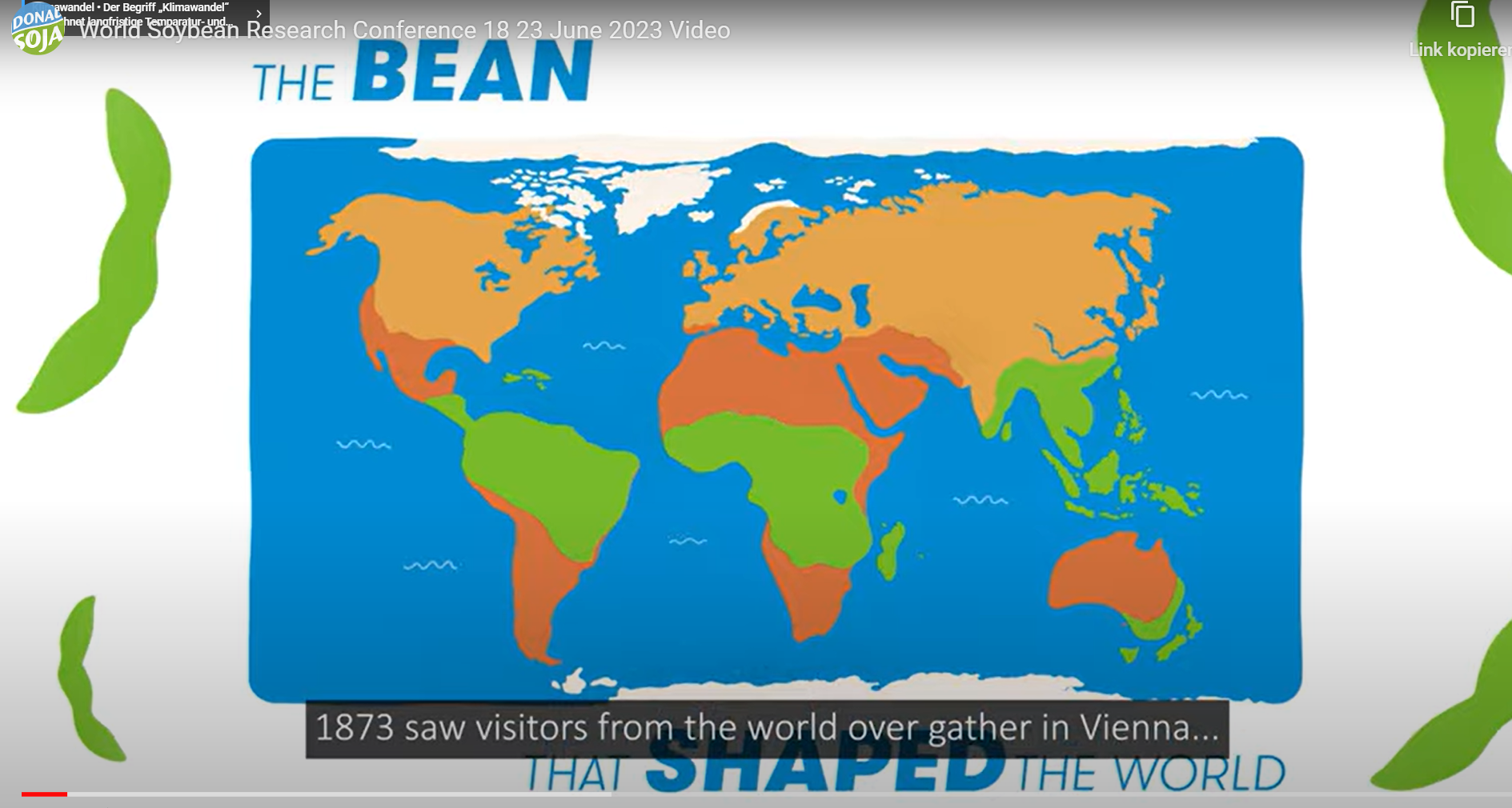
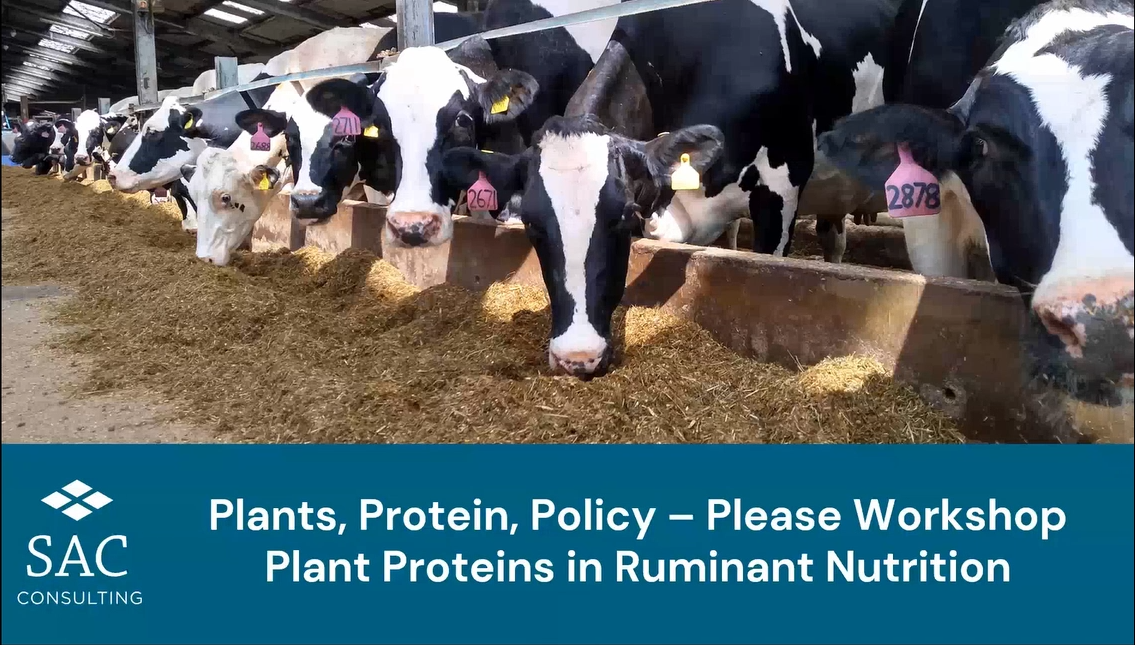
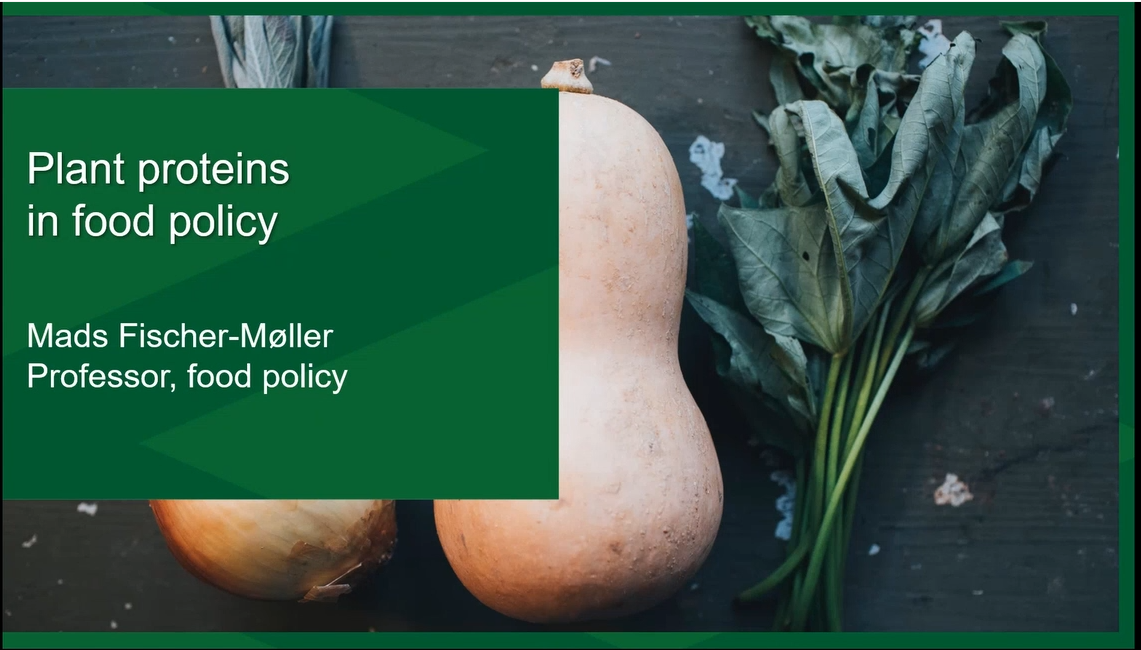
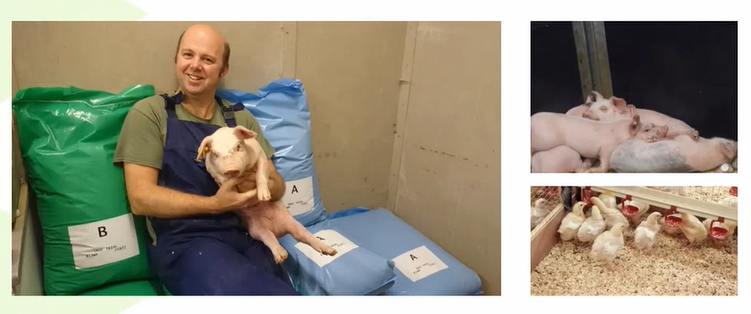
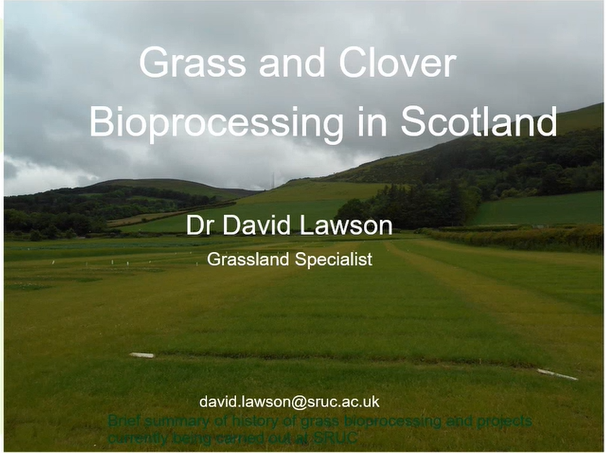
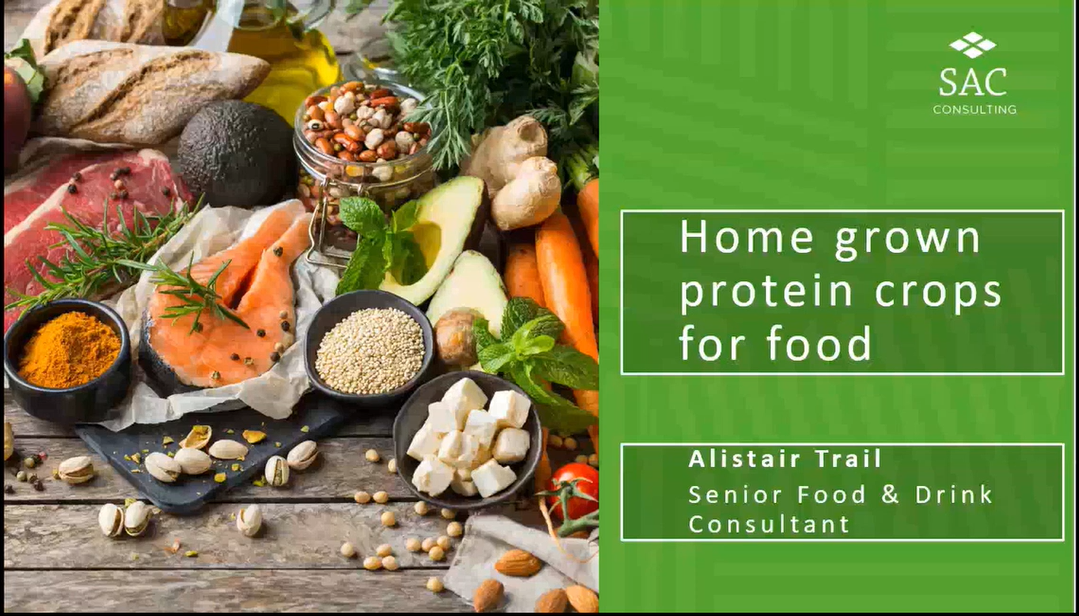
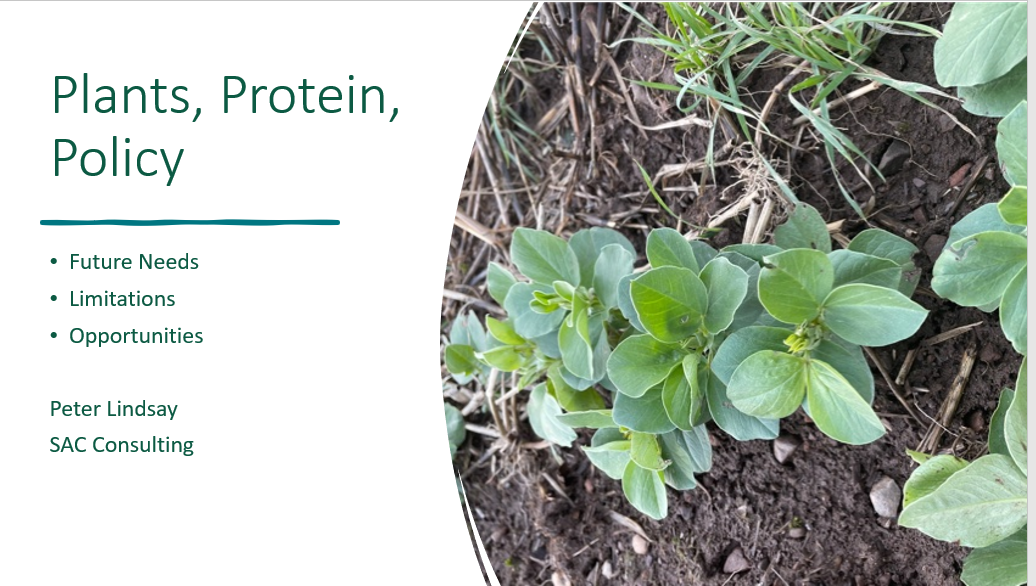
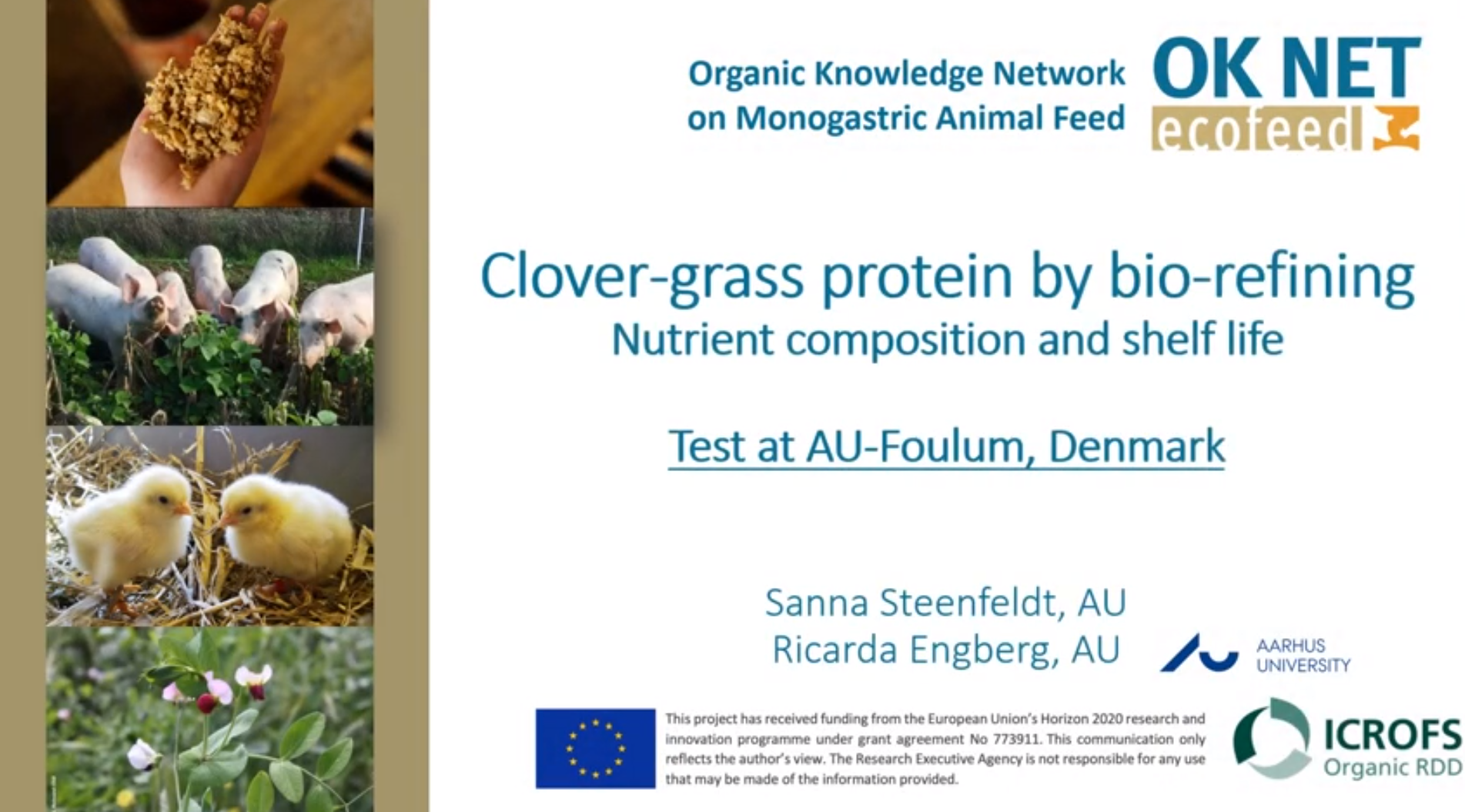
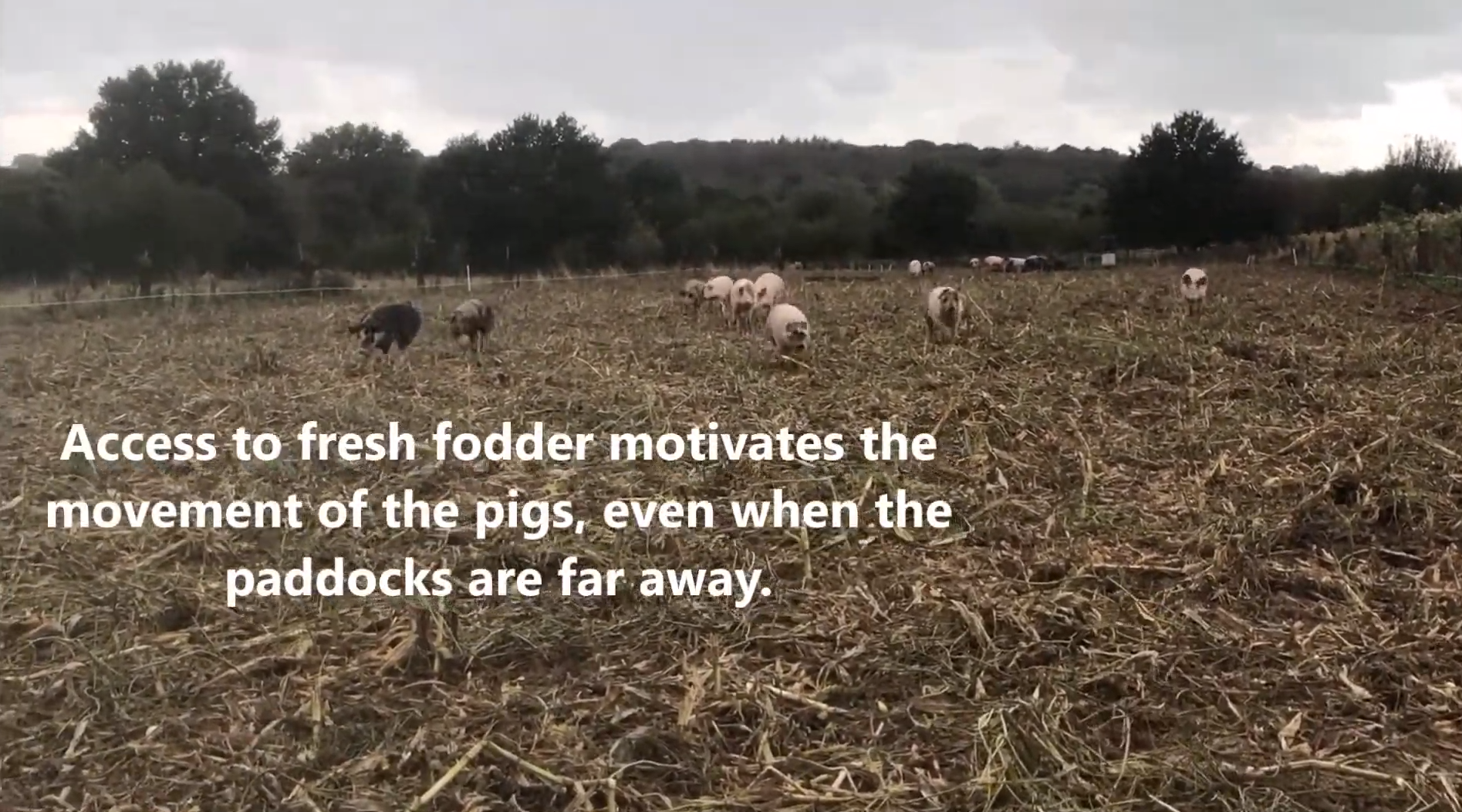
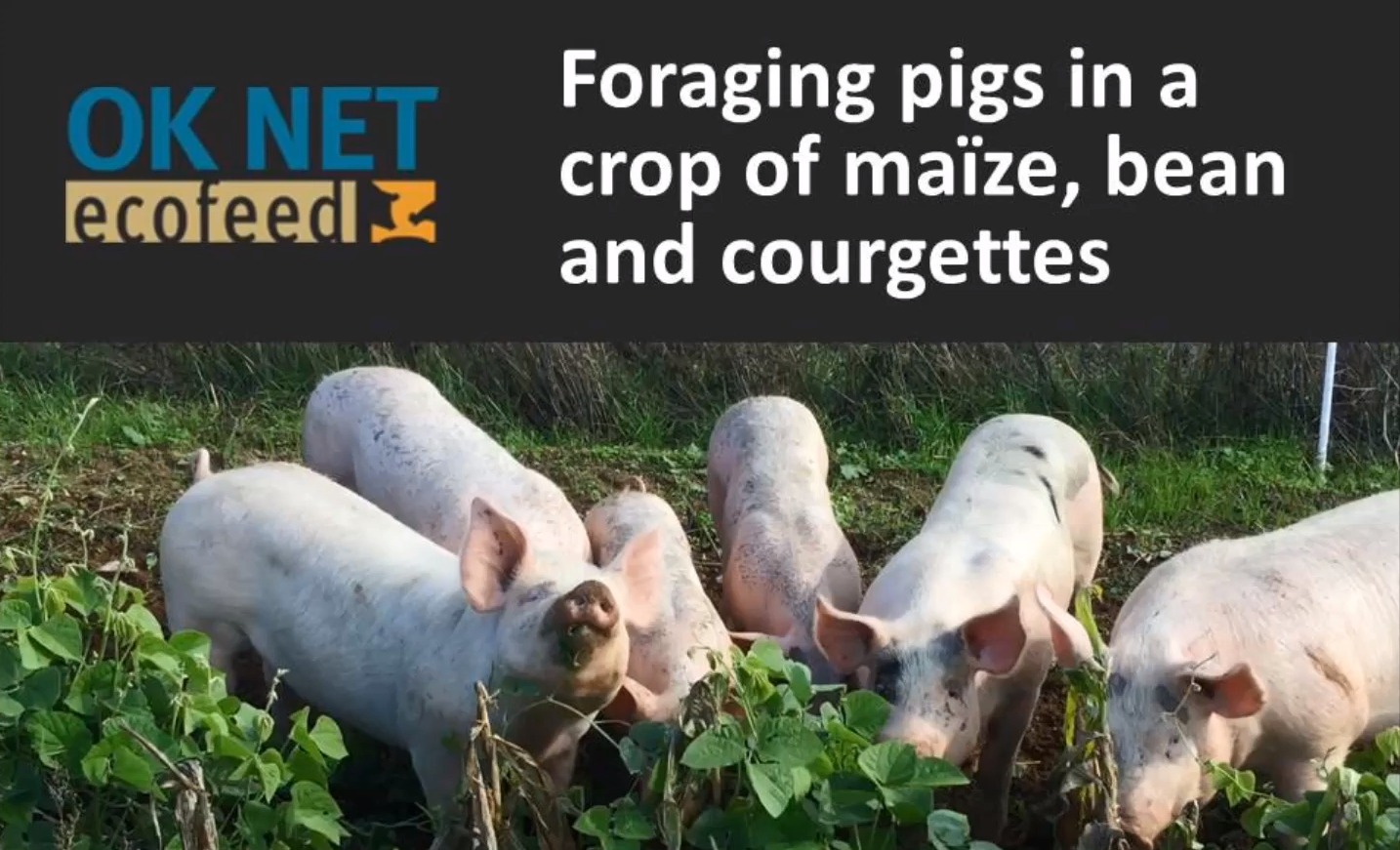
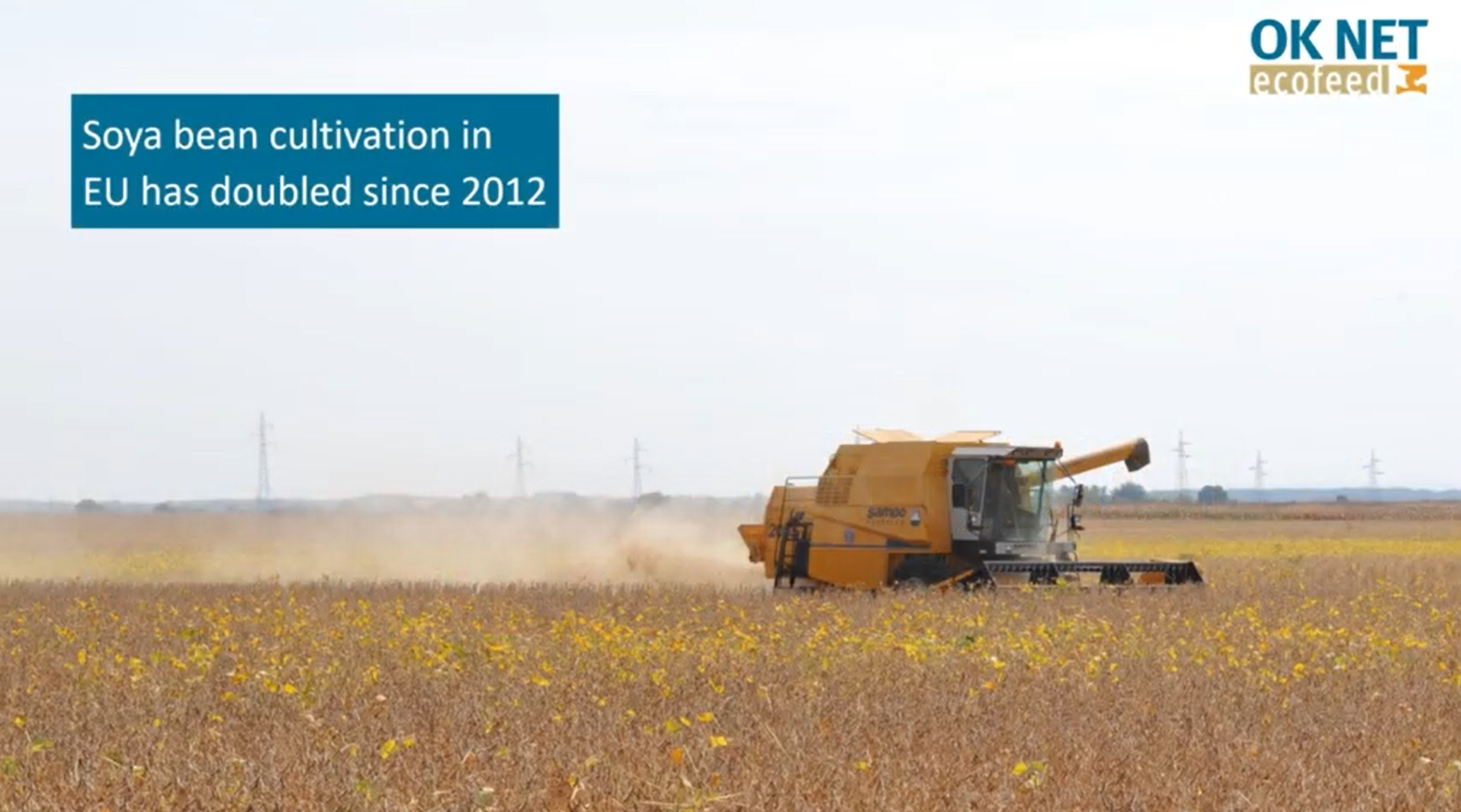
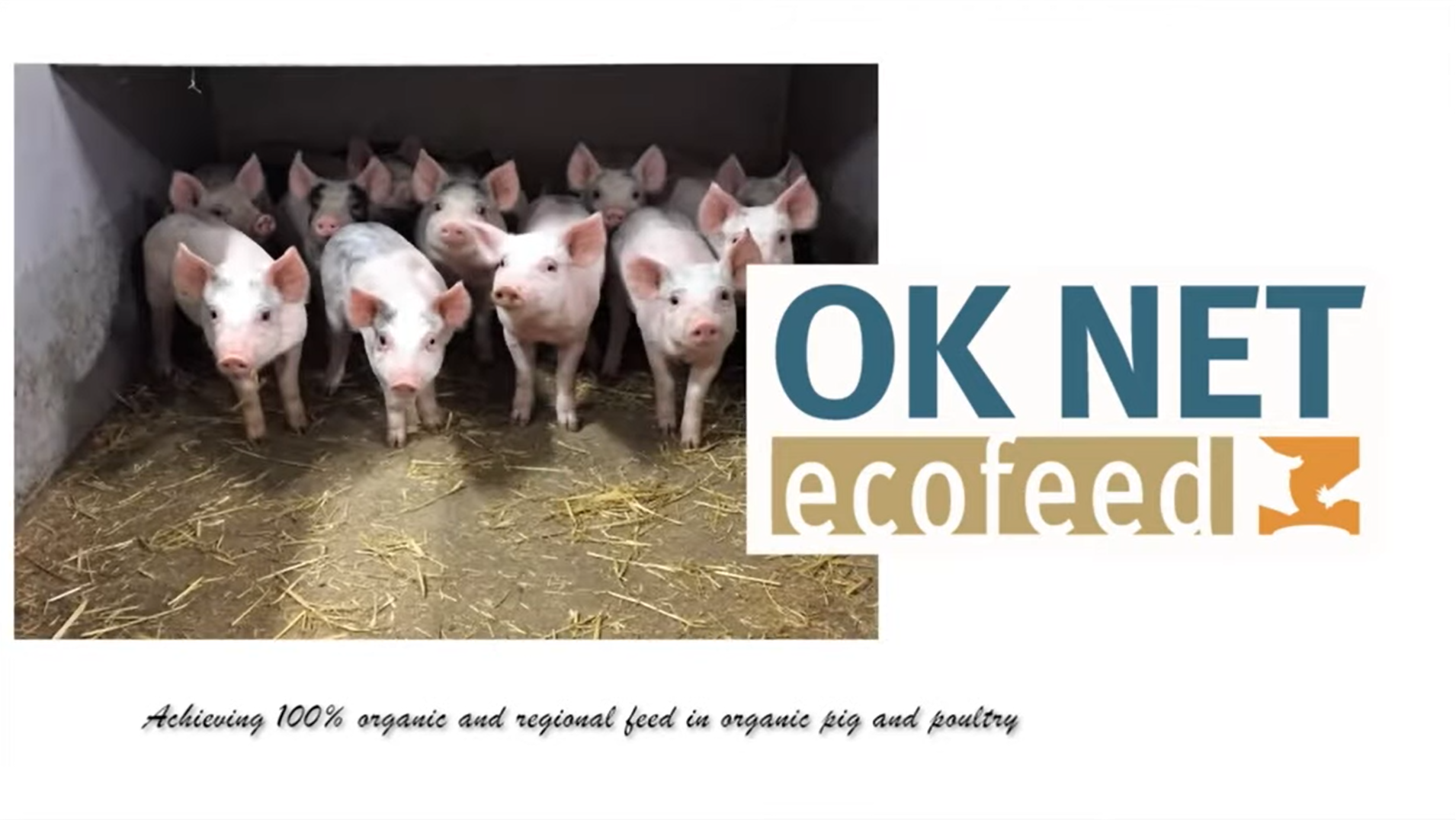
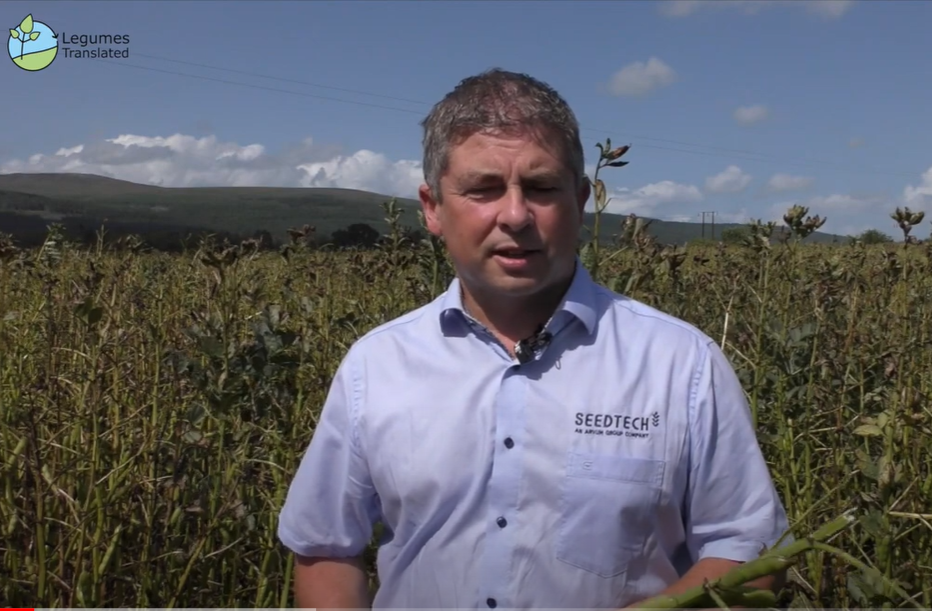
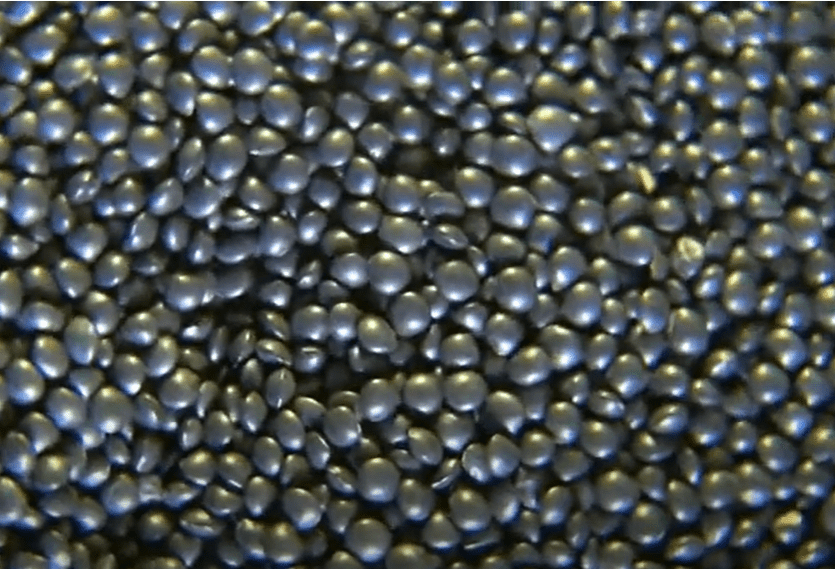
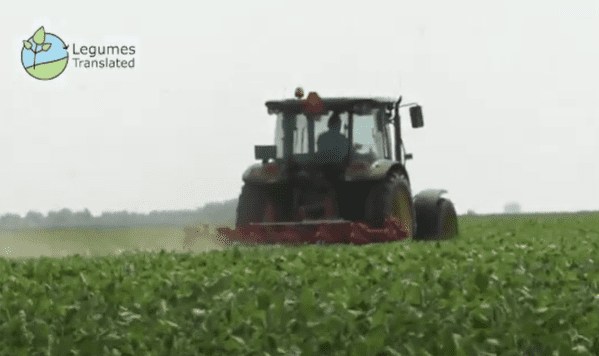
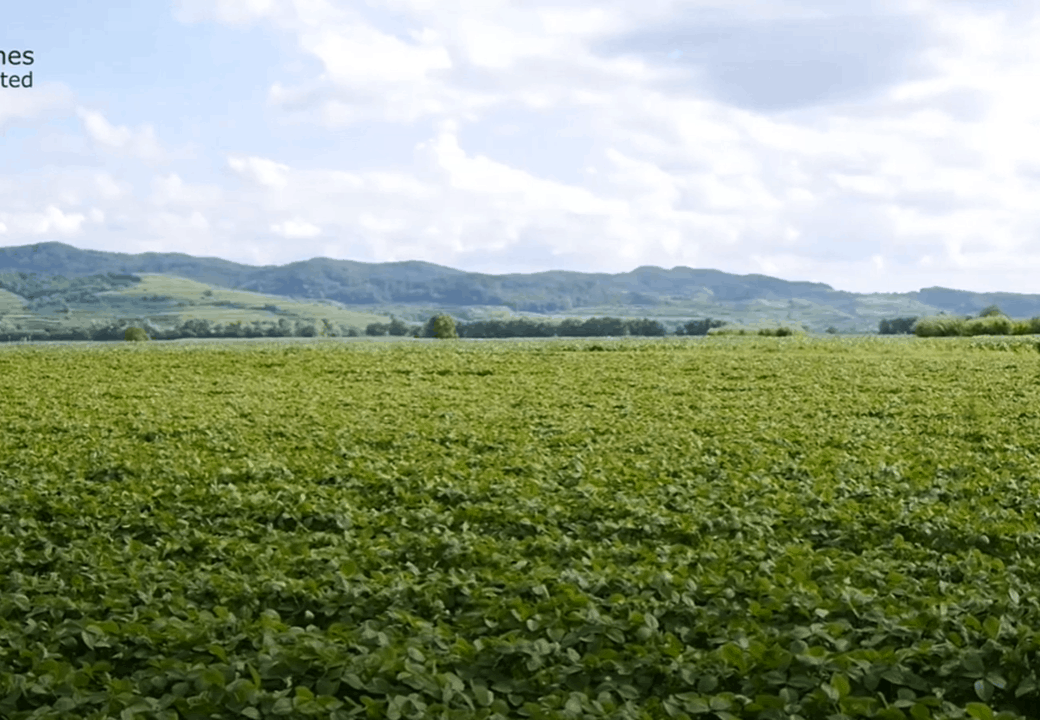
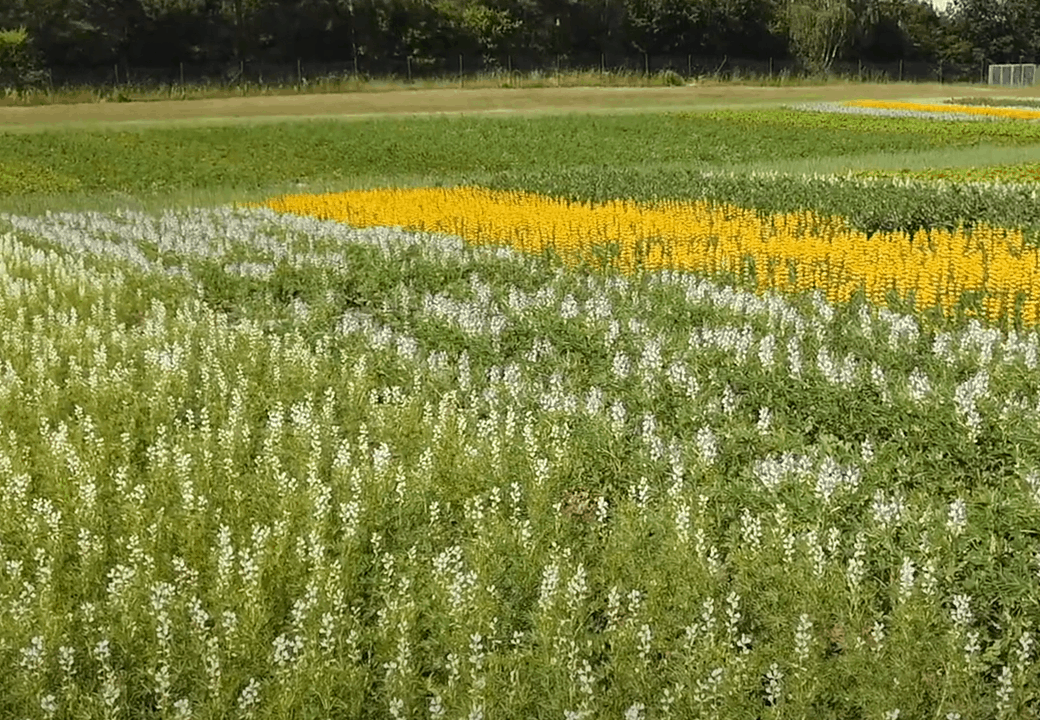
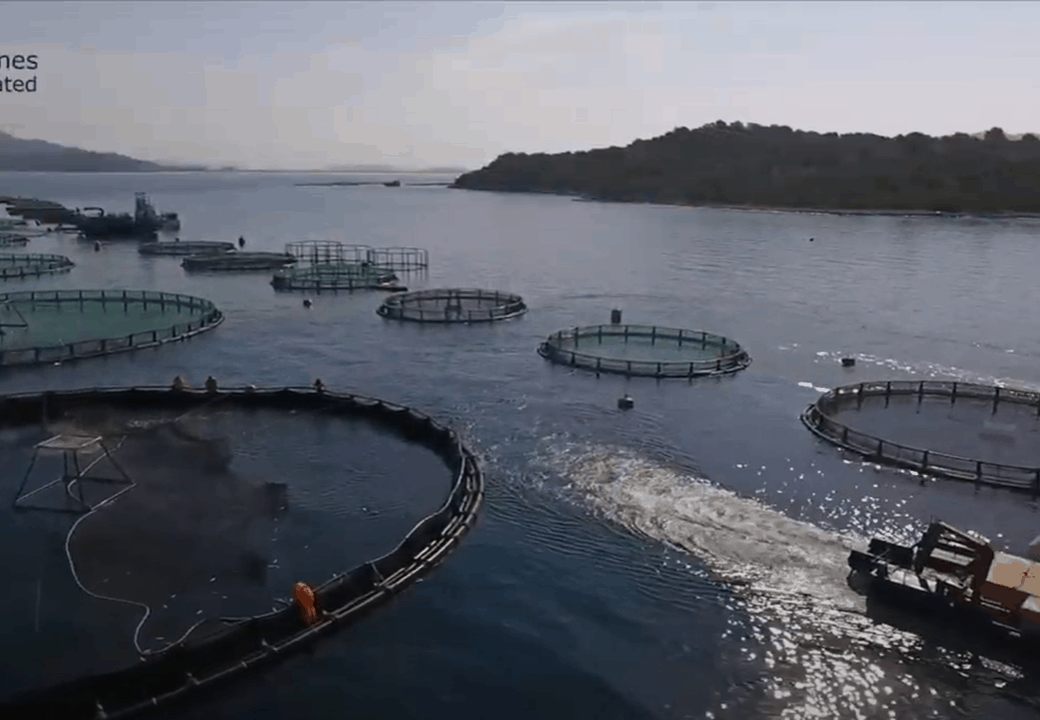
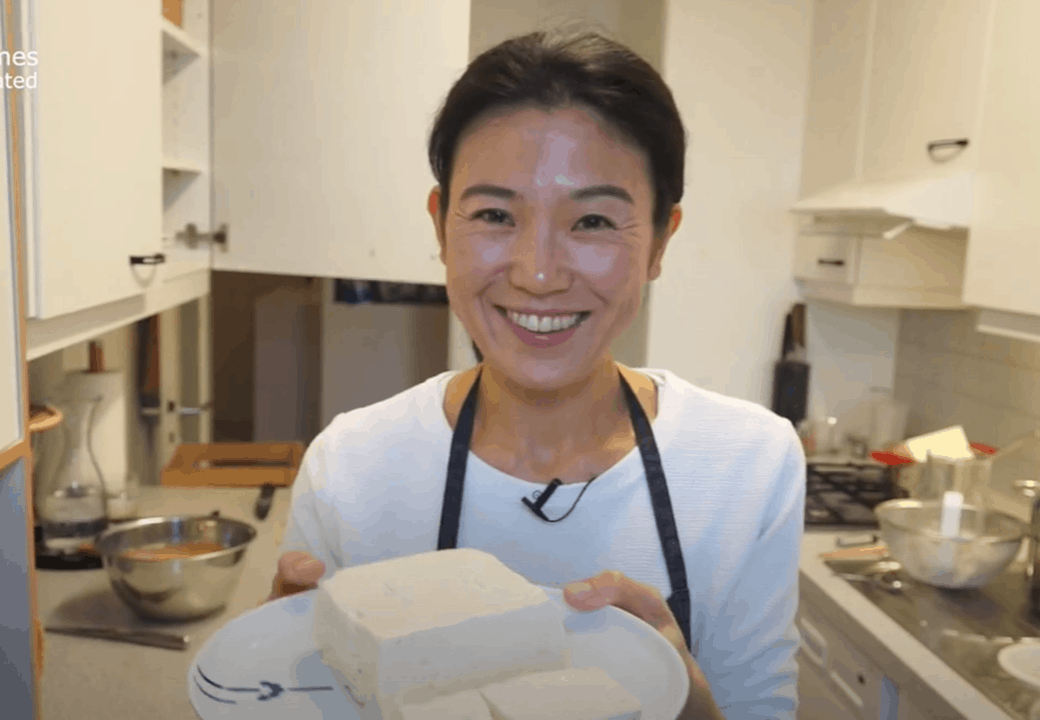
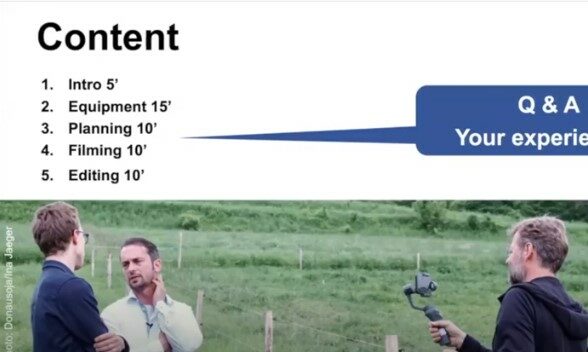
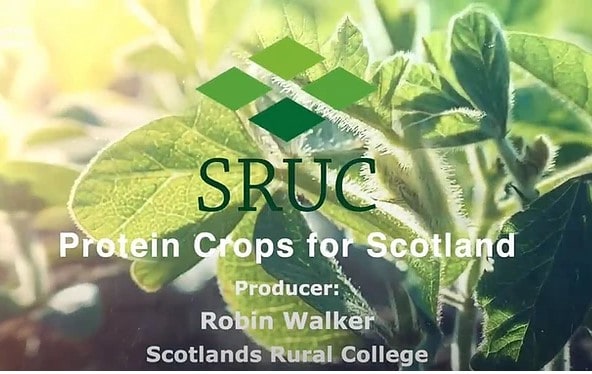
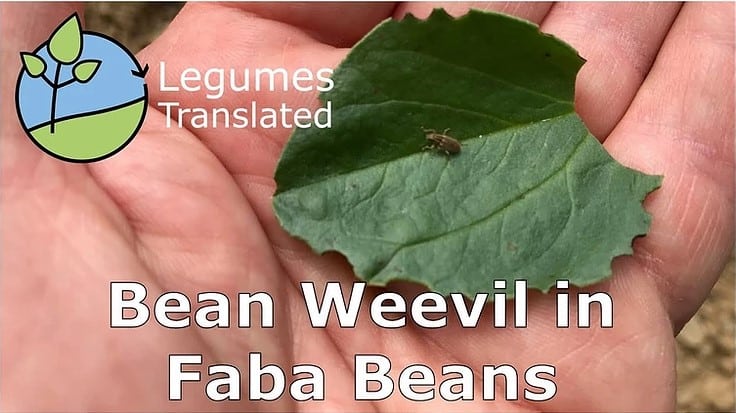
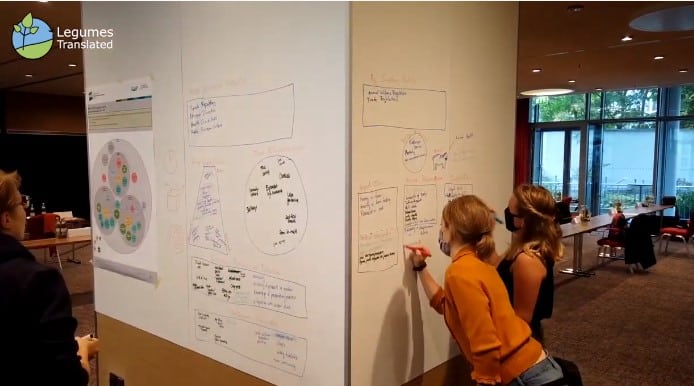
International experts from the UK, Finland, Austria, the Netherlands and Germany facilitated the scenario design and provided insights into cutting-edge research. Based on the developed scenarios a scientific publication is developed and all participants were invited to contribute.
The project 'Protein Paradoxes: Protein Supply under the Conditions of Climate Change – Production, Consumption and Human Health' was started in 2016 by the Leibniz Research Alliance 'Food and Nutrition'.
International experts from the UK, Finland, Austria, the Netherlands and Germany facilitated the scenario design and provided insights into cutting-edge research. Based on the developed scenarios a scientific publication is developed and all participants were invited to contribute.
The project 'Protein Paradoxes: Protein Supply under the Conditions of Climate Change – Production, Consumption and Human Health' was started in 2016 by the Leibniz Research Alliance 'Food and Nutrition'.
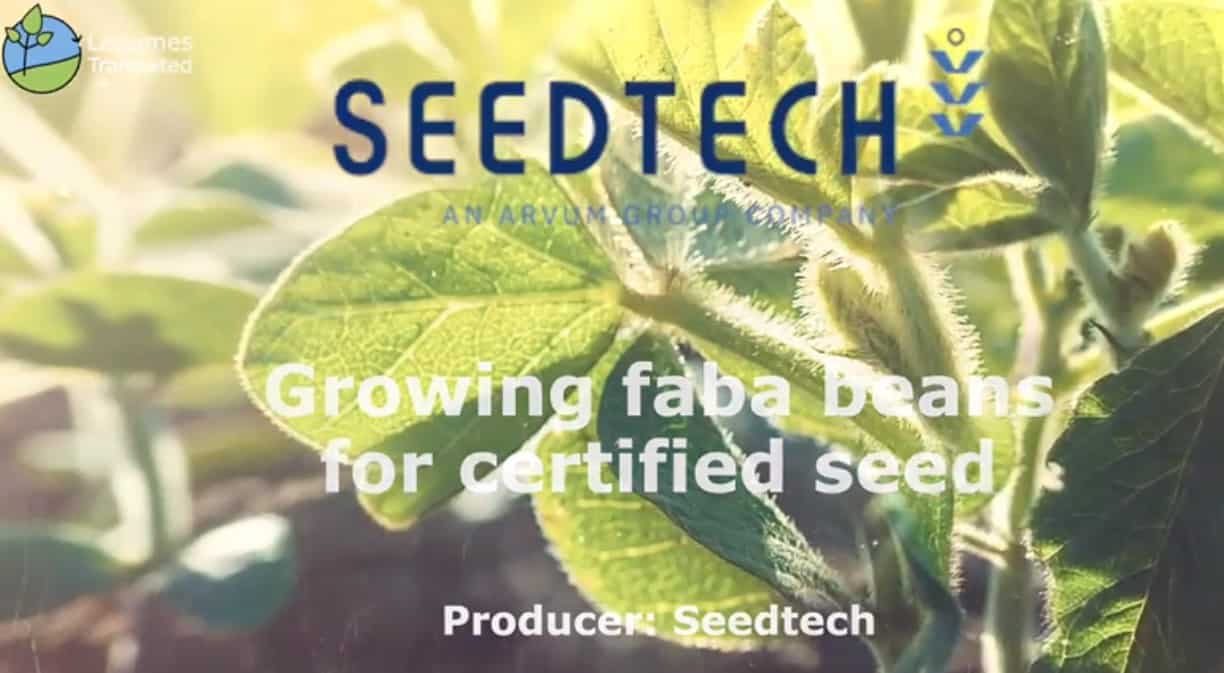
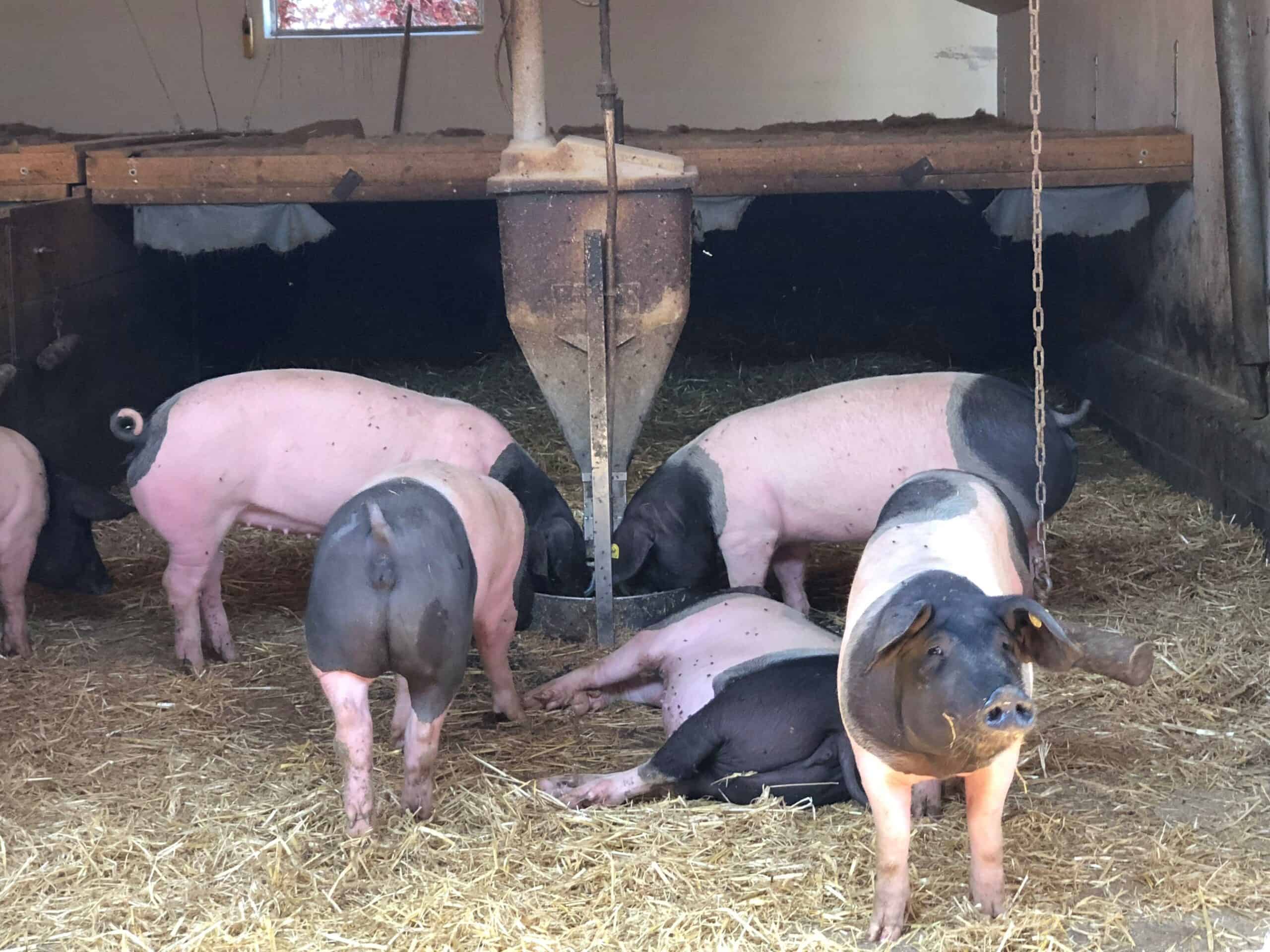
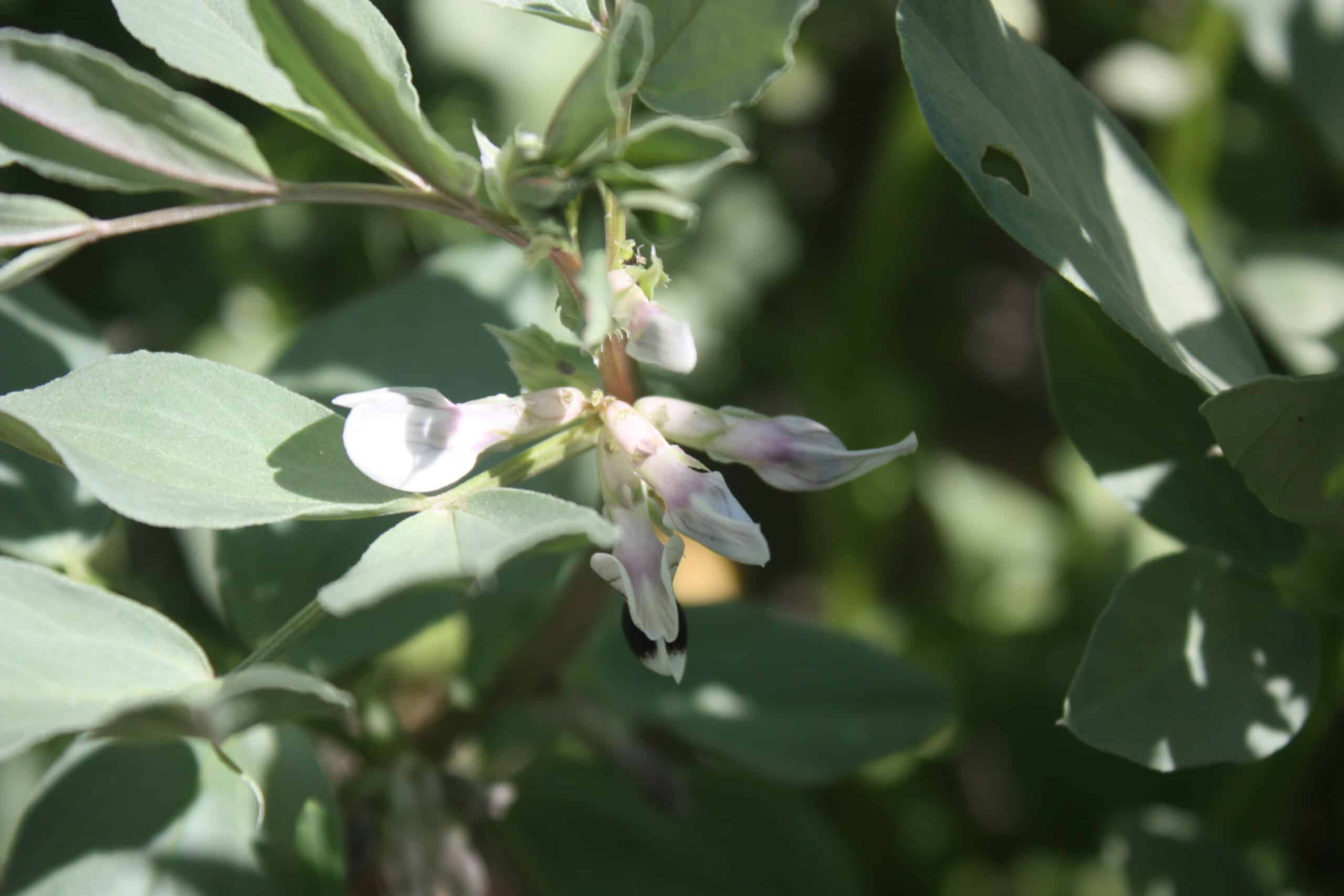

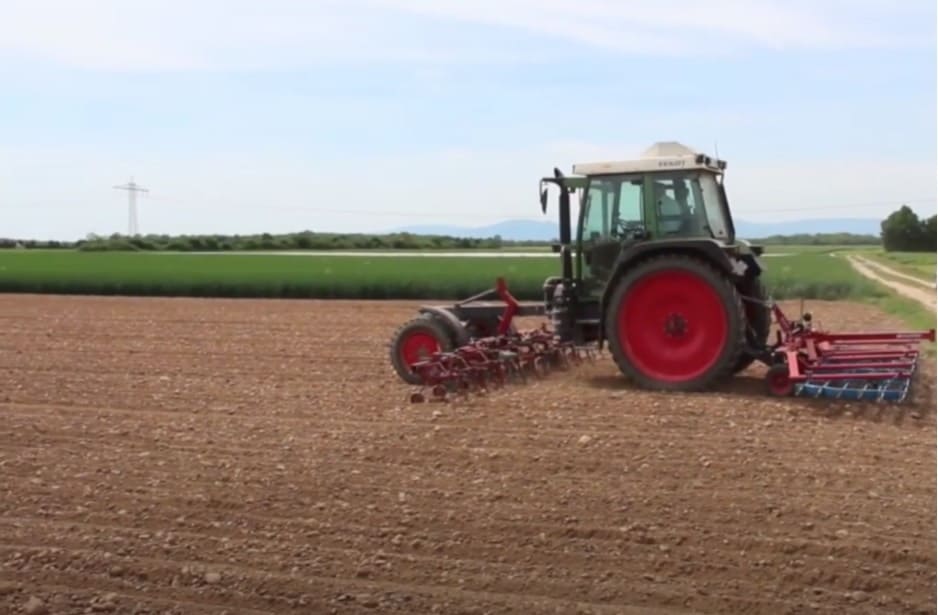
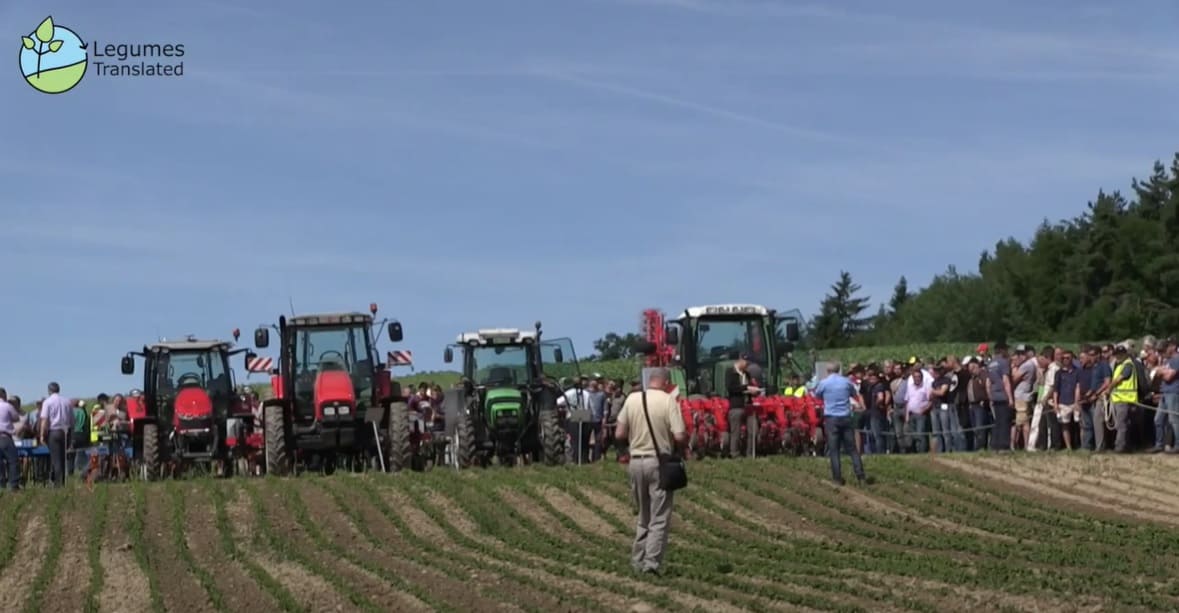
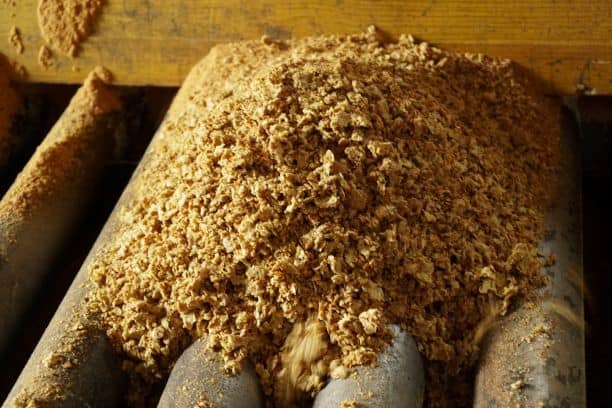
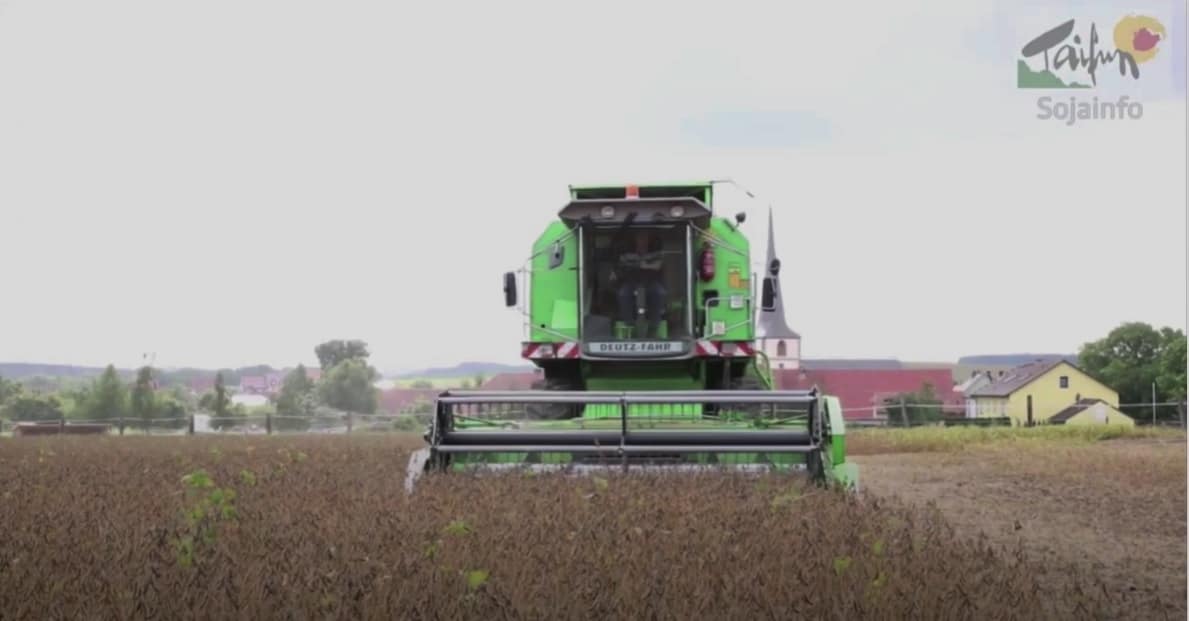
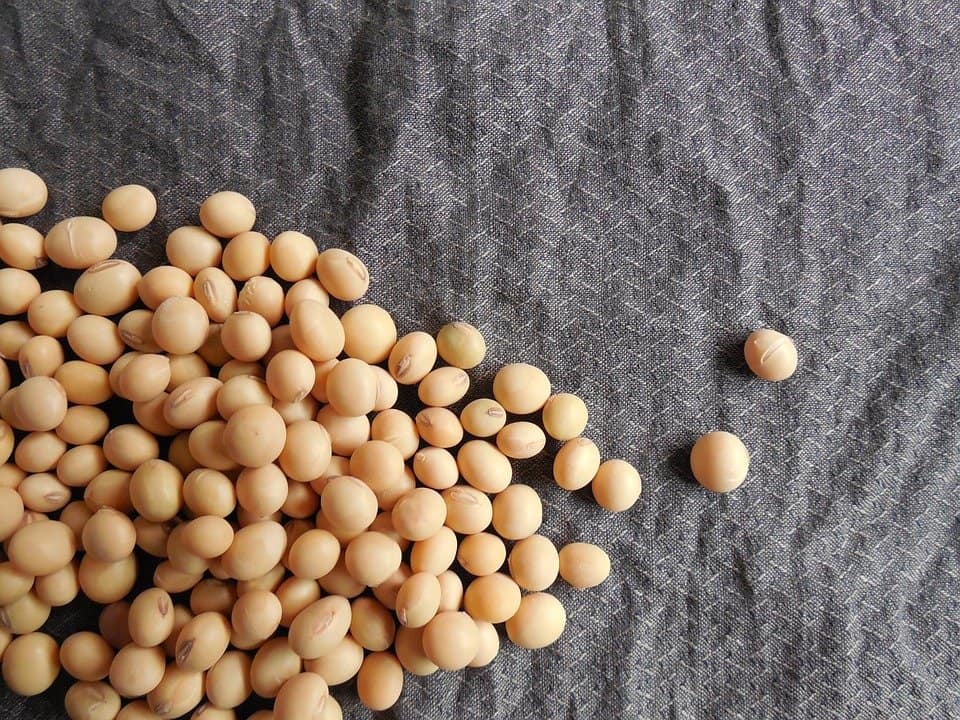
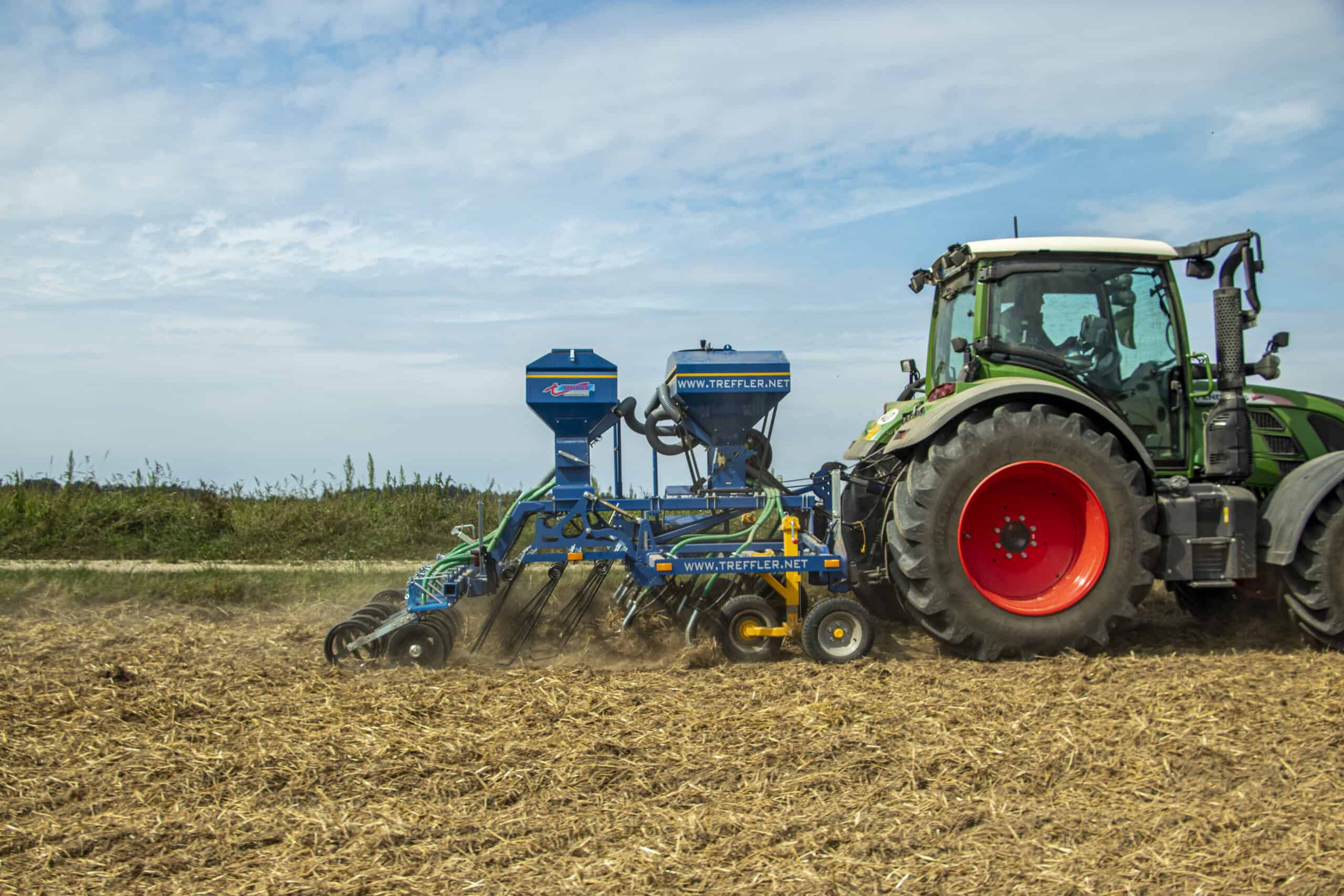
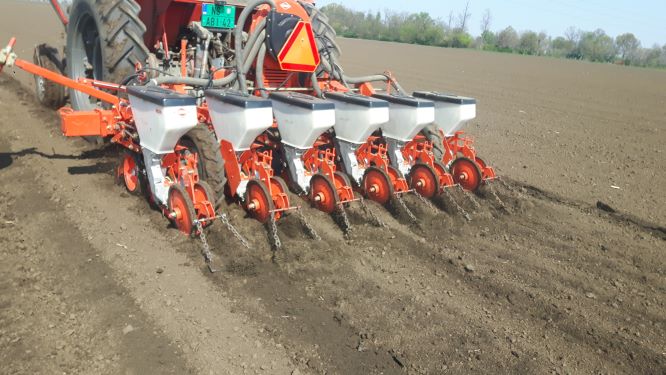
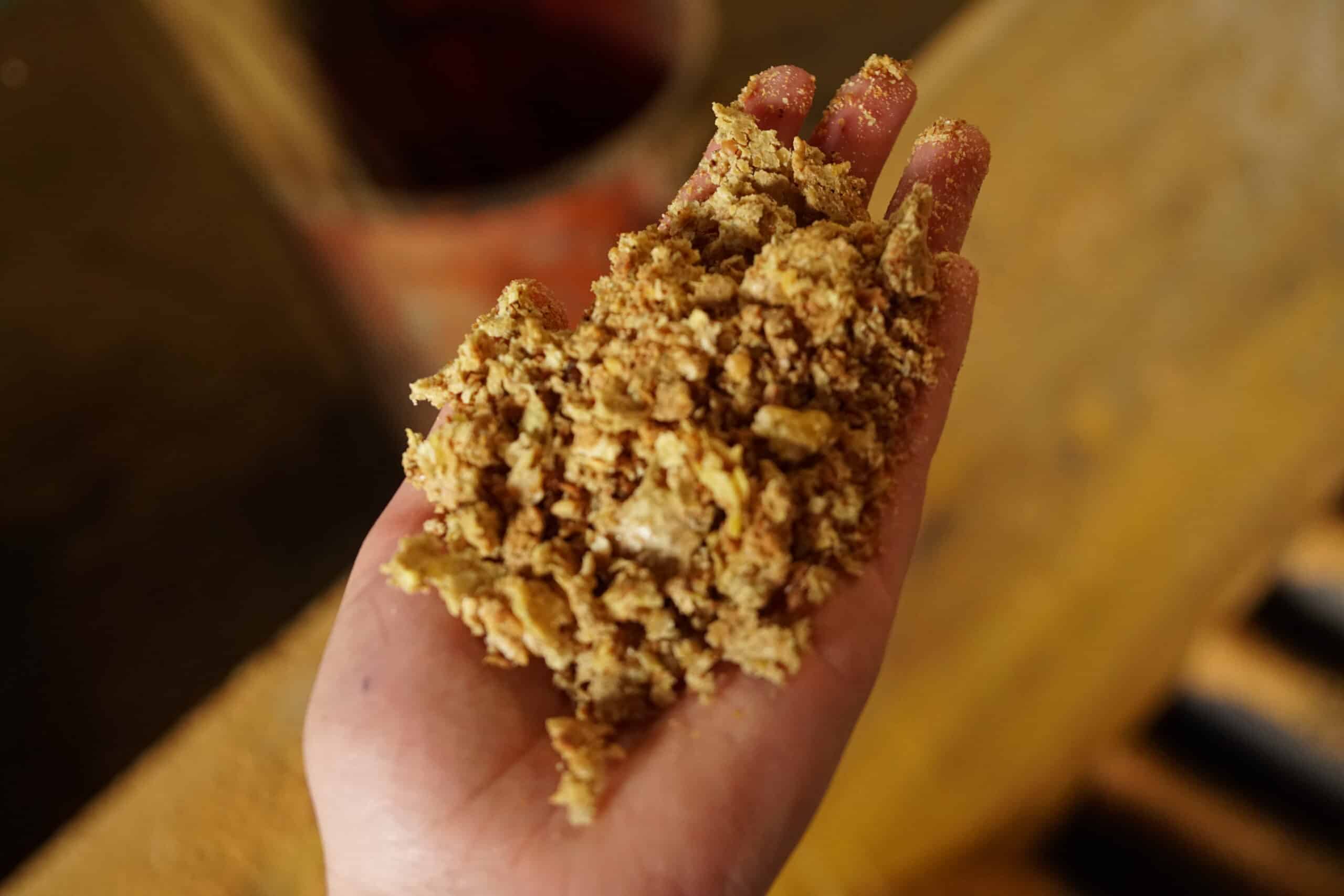
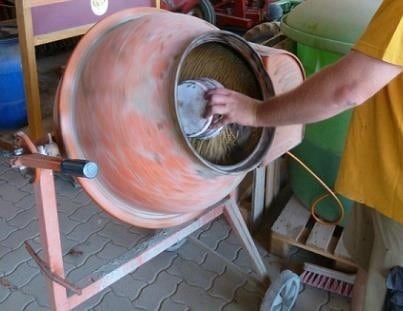
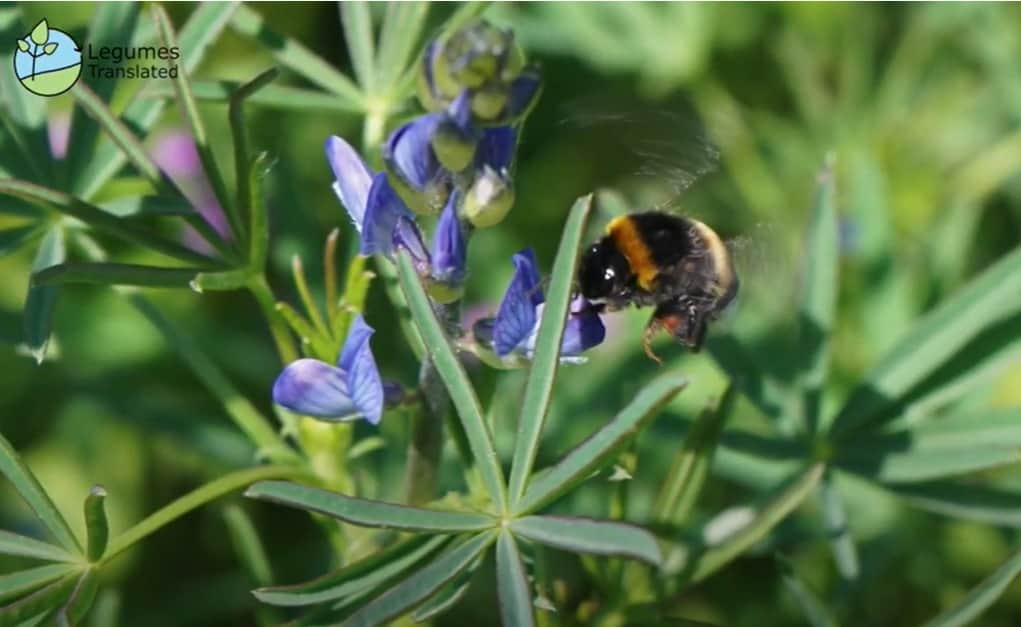
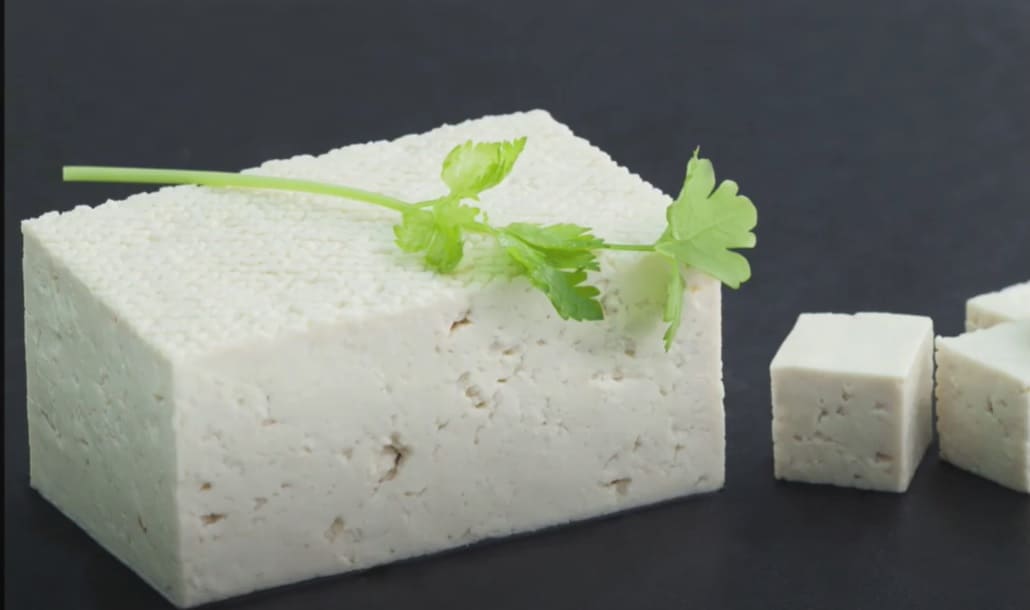
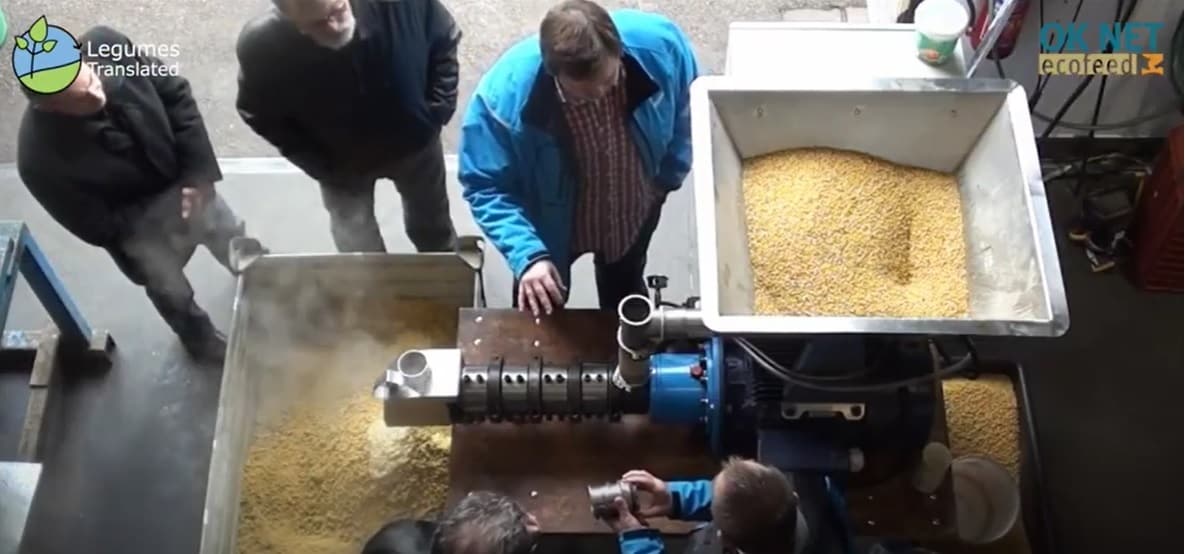
Articles | Videos | Images |Viewpoints | Help
Our images about: all
()
Articles | Videos | Images |Viewpoints | Help
Viewpoints about: all
()
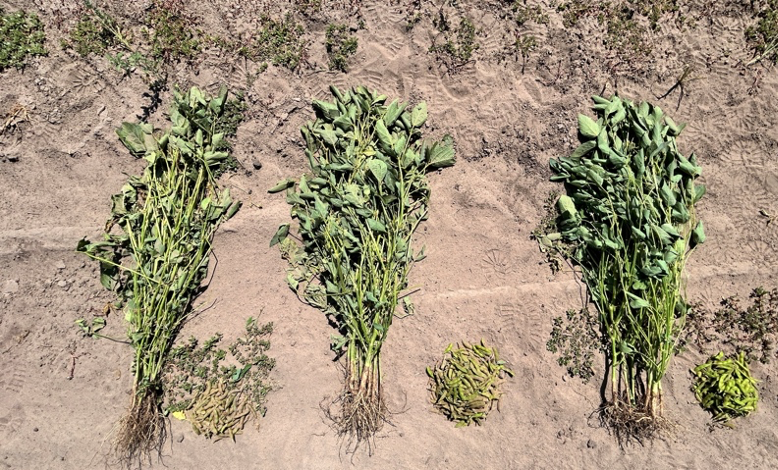
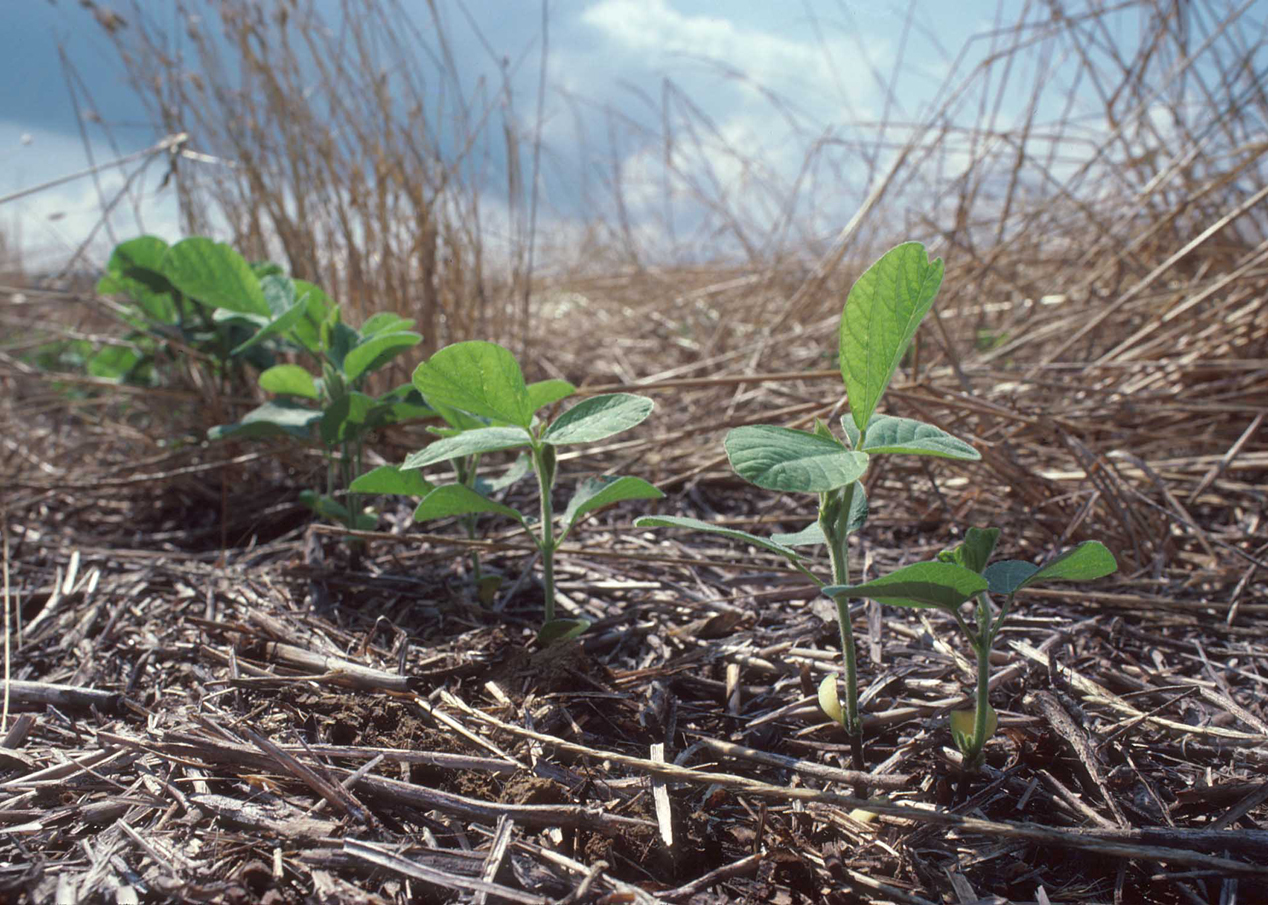
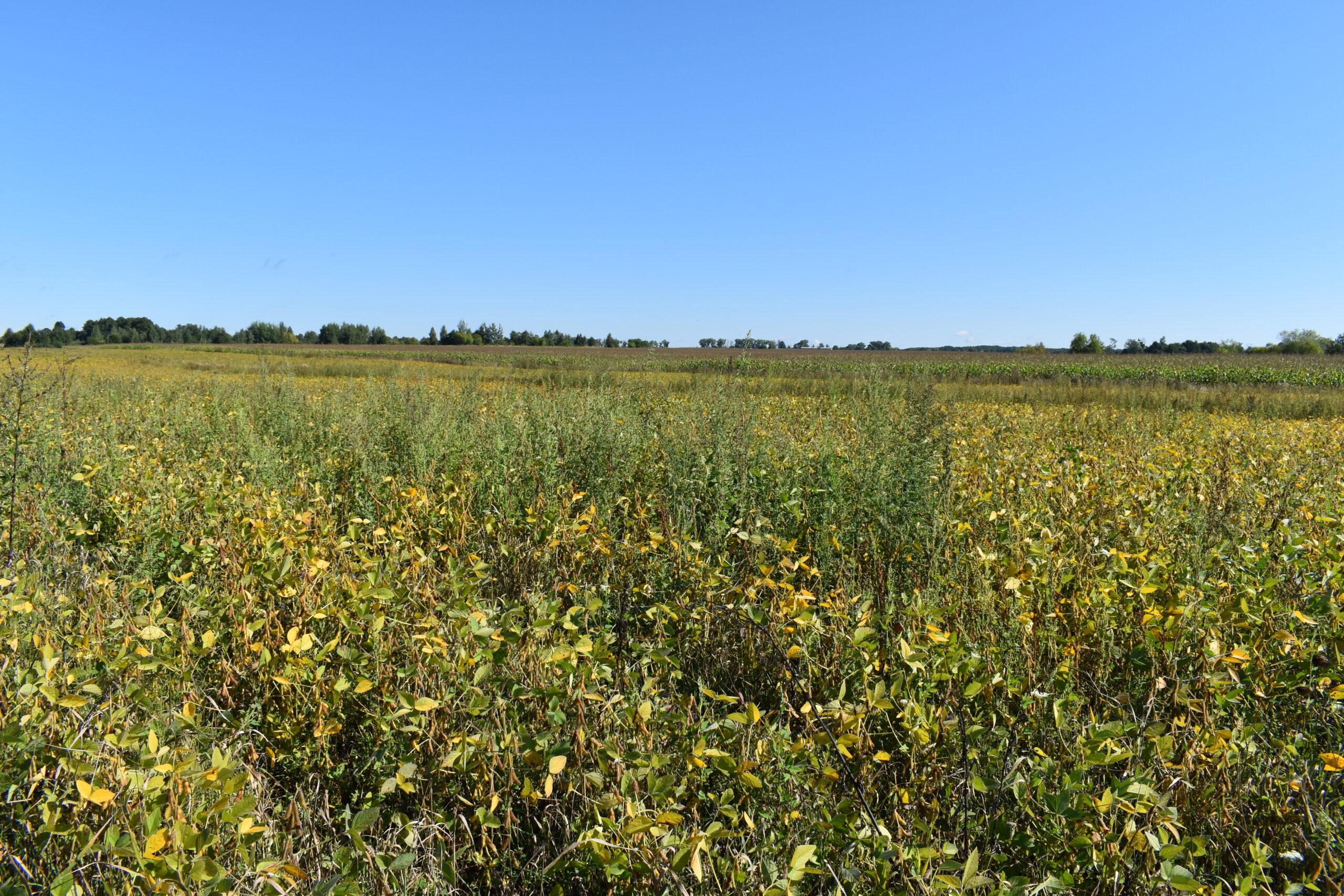
More about the search
The search is based on exact text modules. This means, if the search term you entered – or any part of the search term – exactly matches a term in an article or in the description texts of a video, then this article or video is displayed as a result of your search. Hits of search terms are rated differently depending on where the search term is found. For example, a hit in the title of the article or video is rated higher than a hit in the body text. The hit points calculated in this way determine the order of the results. The more hit points, the higher the ranking in the list. If the number of hit points is the same for several articles or videos, more recent articles or videos are ranked first. Videos are displayed as a separate group, below the group of articles.
Articles and videos can be searched here as well. The search logic is the same, only the visualization of the results is done in a grid.
